It’s a strong, possibly self-contradictory opinion, but the capital city, Amsterdam, is not the Netherlands. It’s a beautiful thing in its own right, but it’s not Dutch. One of the country’s most admirable traits is openness, with their attitudes and policies embodying a mantra of “live and let live.” That has attracted droves of people from all over the world, especially those who felt unwelcome, or even persecuted in their home countries. Sourcing some data about the city from the World Population Review:
- 49.5% Dutch and 50.5% foreign ancestry (2012)
- people of non-Western origin account for 35% of the population and over half of children
- residents have 176 nationalities
Amsterdam, and the country in general, extends the spirit of tolerance to virtually every aspect of life, including religion and sexuality. The city’s mayor even performed the world’s first civil ceremony for same-sex marriage in 2001, and the city has long been considered a safe space for non-cis/heterosexual people. On the religious and humanitarian front, a large number of Muslims, many being refugees, have been welcomed into the country, with the multicultural capital being a popular place for settlement. Unfortunately, this group has clashed with the LGBT+ community, but it’s to be expected when one group’s religious views range from strong disapproval to supporting hadith that prescribe the death penalty for the other.
Fortunately, people in Amsterdam mostly seem to get along. This isn’t a blog about conflict, nor is it intended to cast judgment on the city or any of its residents. It’s simply impossible to communicate what the city is like without explaining its incredible diversity. If anything, the story about Amsterdam’s recent history is one of offering people a better life than they could have had where they came from. On the whole, that can only be a good thing.
Tourist Experiences
In no particular order, the city is known for: canals lined with a particular style of architecture, coffee (marijuana) shops, flowers (mostly tulips), prostitution, and museums. With the exception of prostitution, which is mostly isolated to a small red-light district, all of these things are inescapable within the popular tourist areas. Taking them one at a time:
Canals: As someone who was just in Bruges and Ghent, and who has been to Venice twice, the canals were nothing special to look at. The best way to experience them is to hop on one of the many canal cruises to see a lot of the city in a short period of time. The boats seem to always be crowded, though it may have been a one-off that the tour was hard to hear over people talking loudly, including the closest neighbor who was on the phone for 90% of the trip. Canal cities are great and Amsterdam has its own unique character, but if canals are the primary reason for visiting, go elsewhere.
Coffee Shops: “Live and let live” is a great philosophy, but pot smoke doesn’t know not to bother people who don’t want to smell it. At least it wasn’t quite as bad as expected, possibly due to visiting in the shoulder season. It’d be nice if everyone stuck to edibles, or if smoking was only allowed inside coffee shops, but that’s not the case. As advertised, Amsterdam is a haven for cannabis tourists, and (at best) somewhat annoying for everyone else.
Flowers: This is an obvious fact, but one that local advertising seems determined to suppress: tulip season lasts mere weeks. The vast fields of Keukenhof Gardens, located around 25 miles southwest of Amsterdam, are only open for eight weeks in the spring. It’s hard to say whether it’s worth braving the swell in tourists and inflated hotel prices without seeing it personally. The autumn setting still included a variety of other flowers, and vendors along the canals were selling seeds, rooted plants, and all varieties of tulip bulbs.
Prostitution: This is an overemphasized aspect of the city. It’s easy to miss the red-light district entirely. Signs for a sex museum are a little more obvious and apparently there was at least one window with a half-dressed woman advertising herself (missed it personally). If you wander into a particular area, there will be many such windows, but they’re not so widespread as the coffee shops.
Museums: There are countless museums vying for tourists, but this trip just included three: Rijksmuseum (National Museum), Van Gogh Museum, and Anne Frank House. Comments on each are located within the photo series.
Photo Tour
This is by far the longest photo series of the trip, encompassing everything within the city limits from a Monday-afternoon arrival to a Thursday-morning departure for home. With two excursions to neighboring areas and a lot to say about each place, it didn’t feel right to split posts chronologically. Make yourself comfortable and prepare to scroll through nearly 150 images.

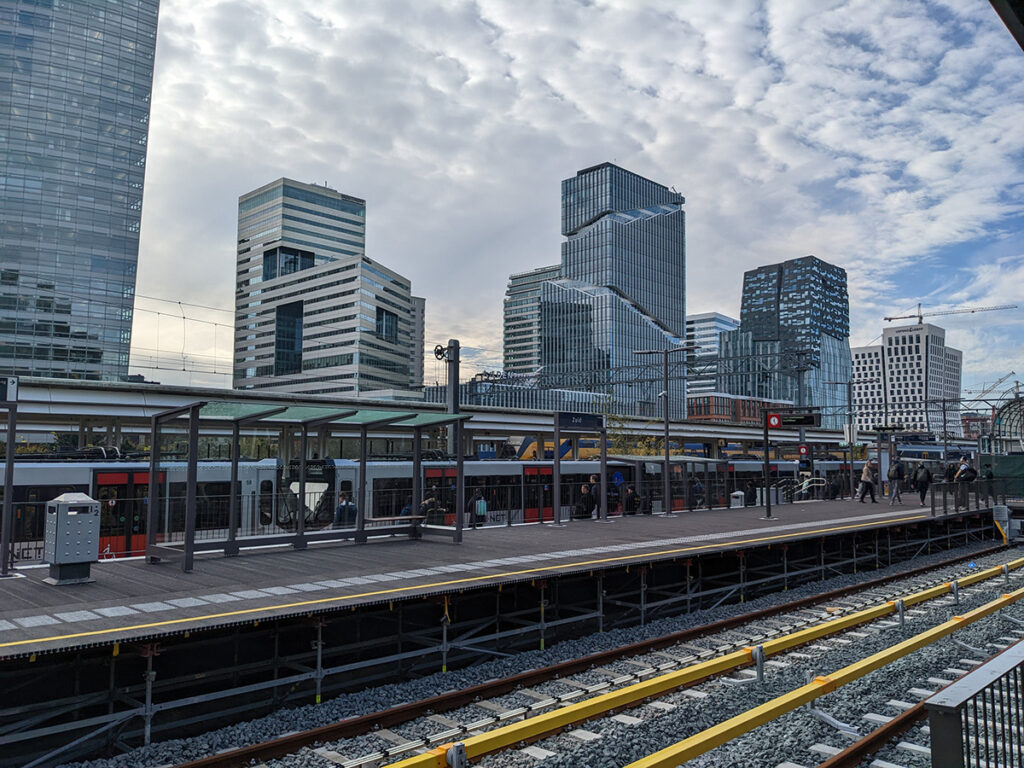

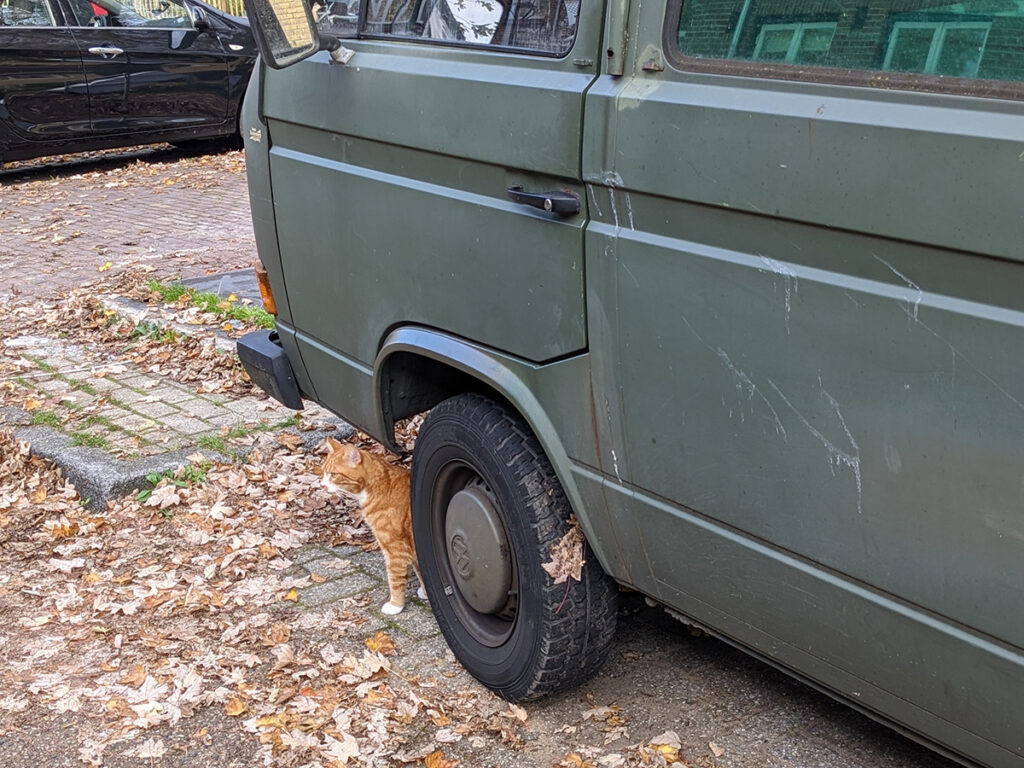
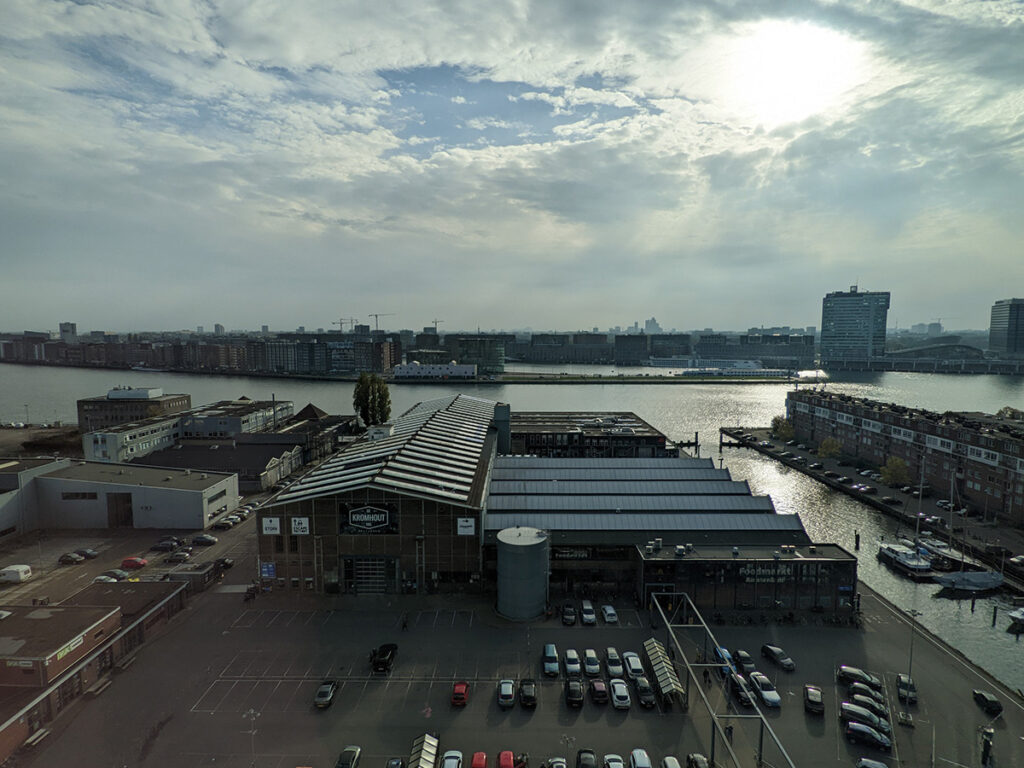
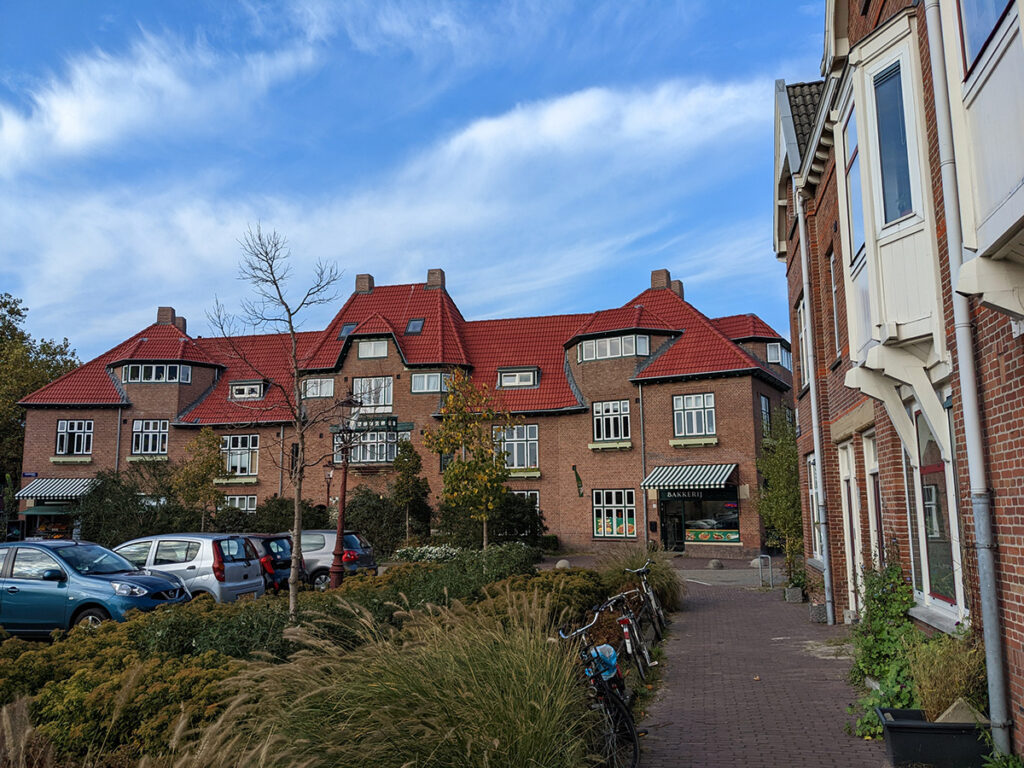
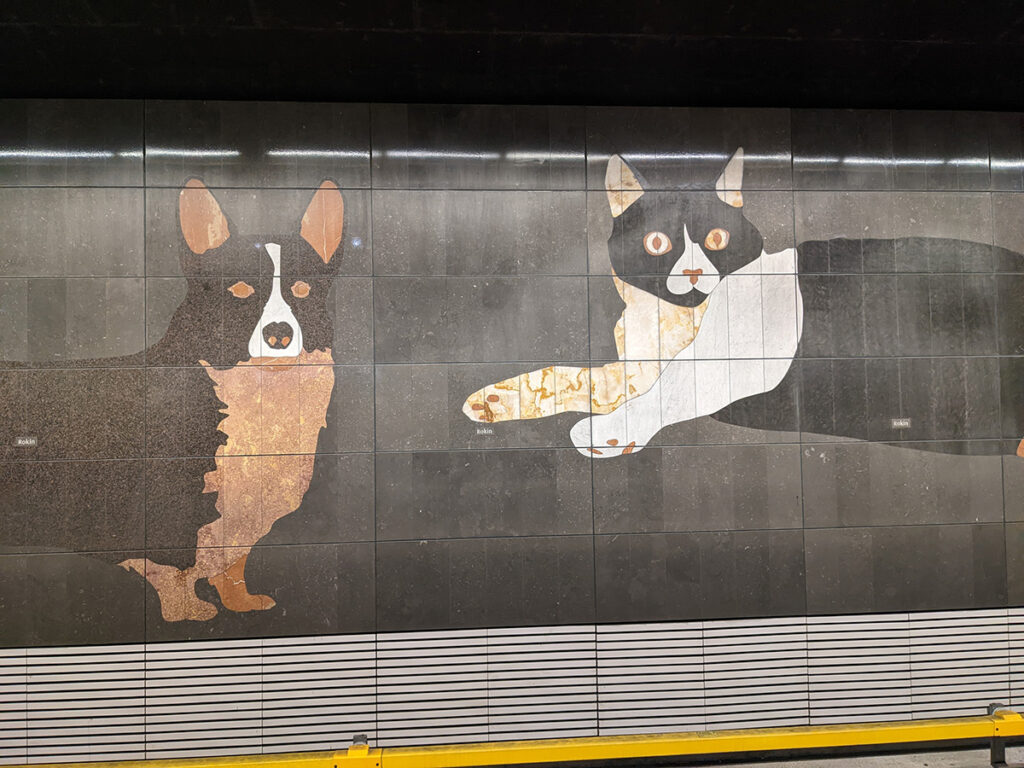
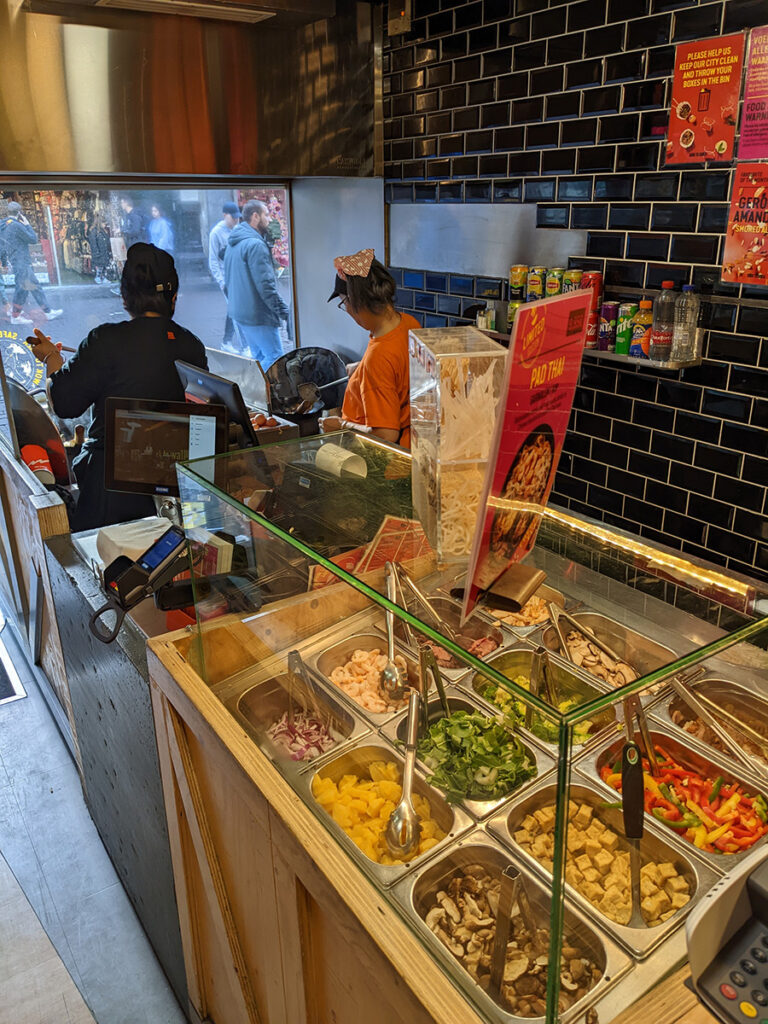
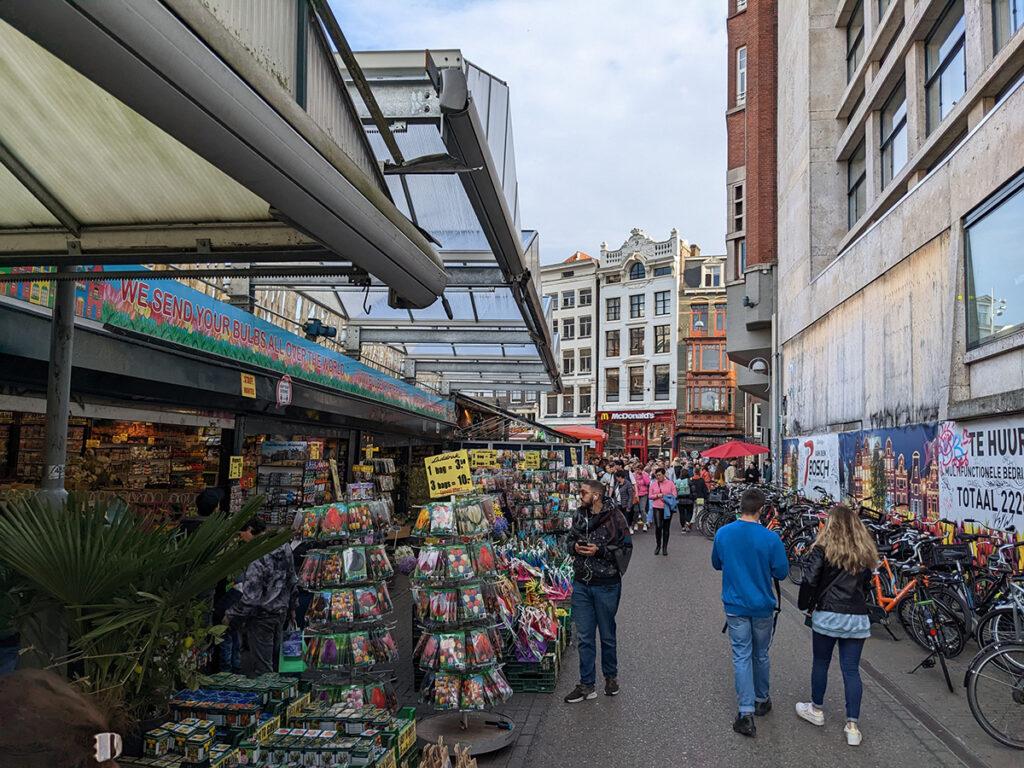
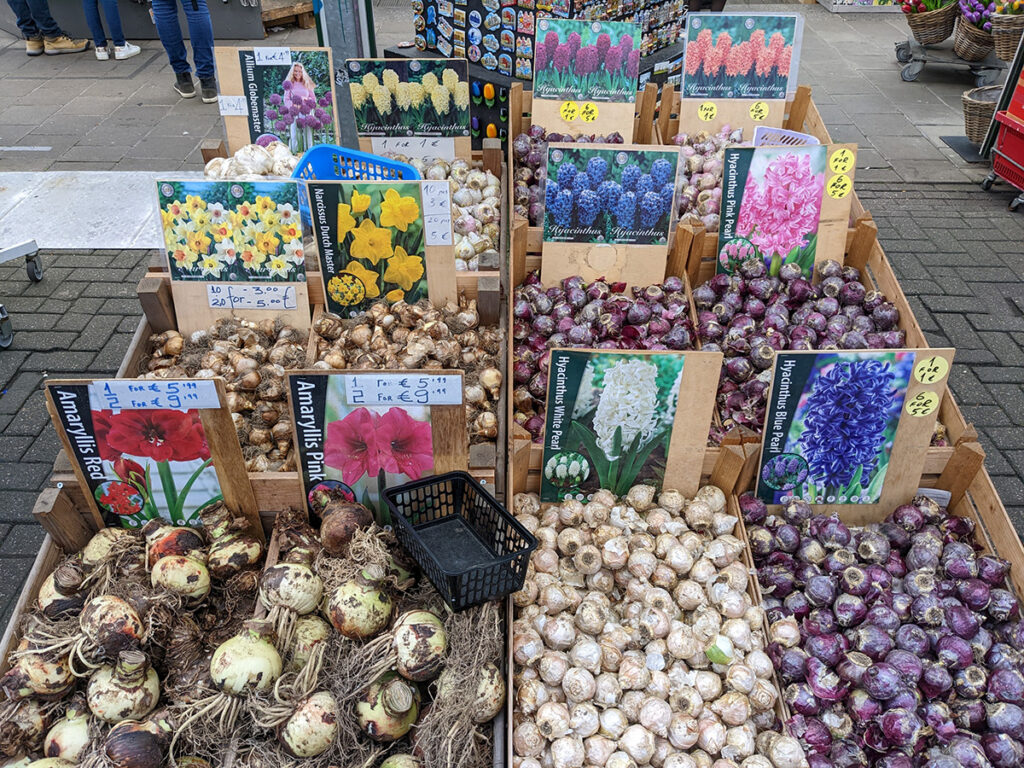
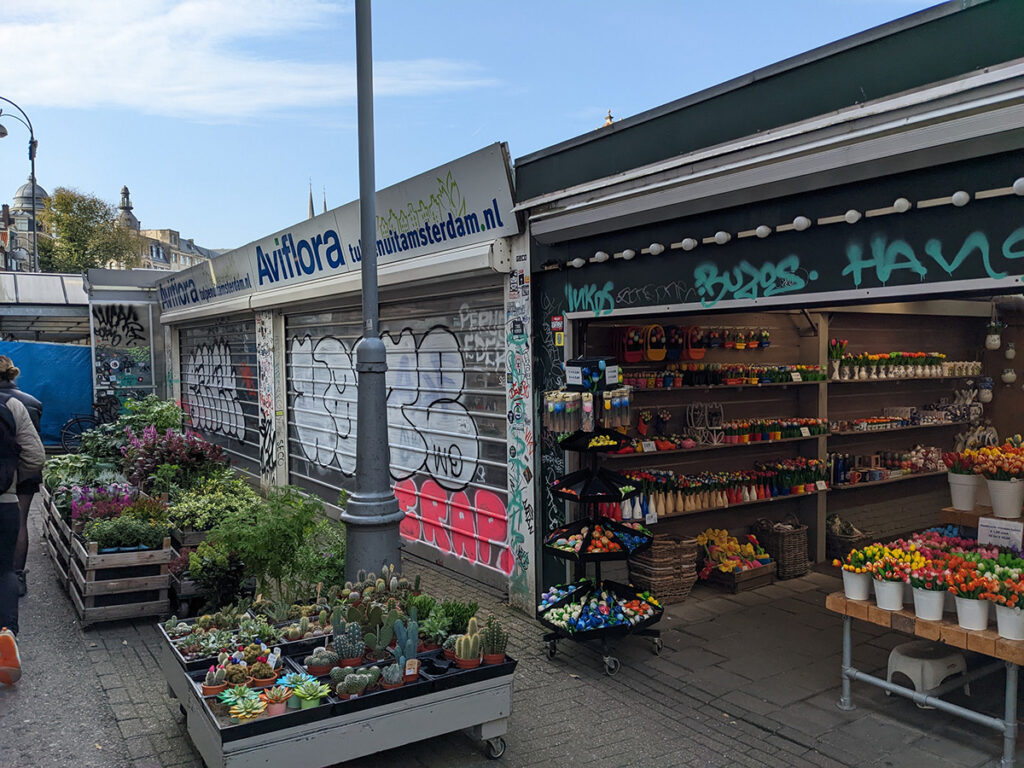

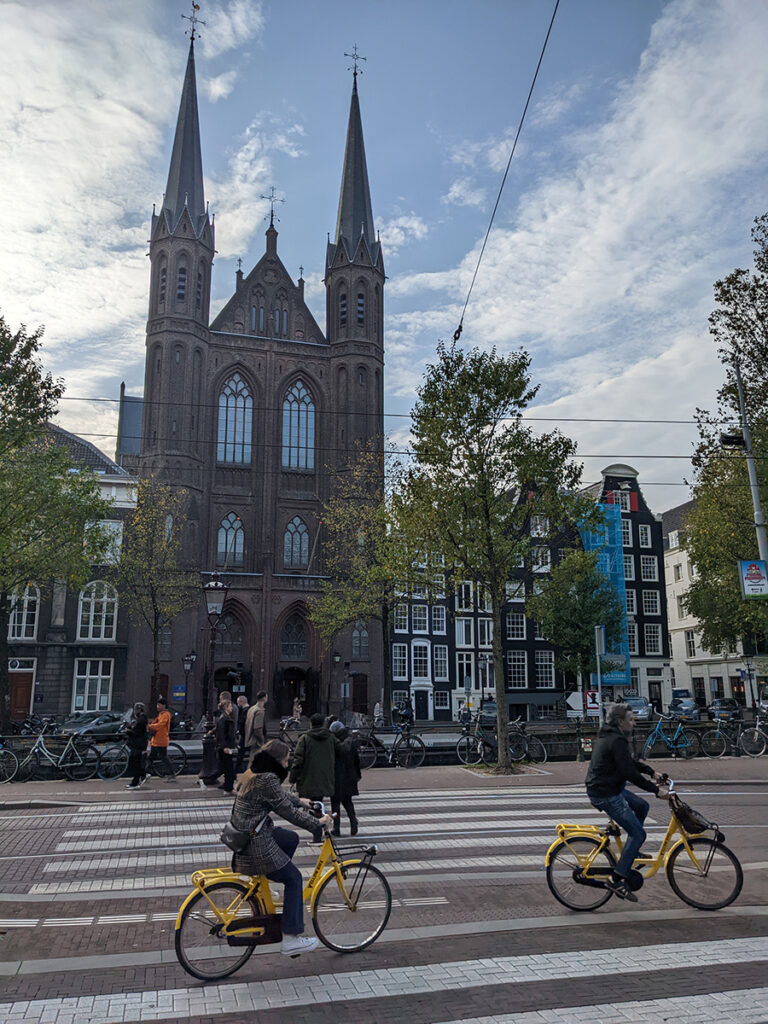
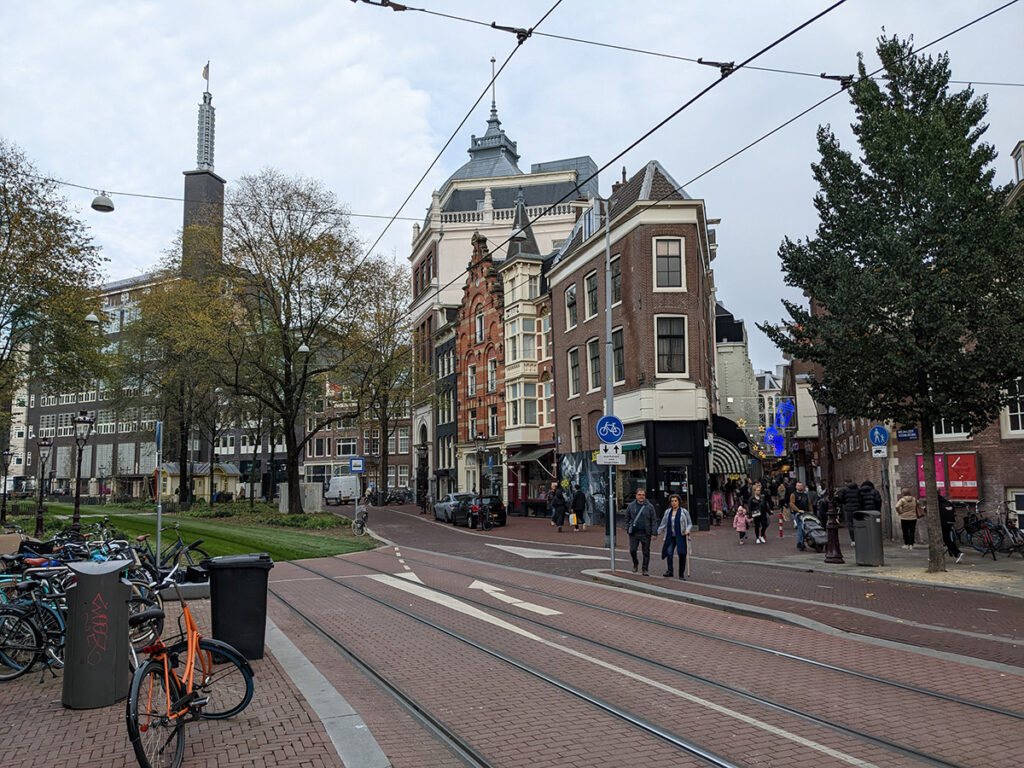
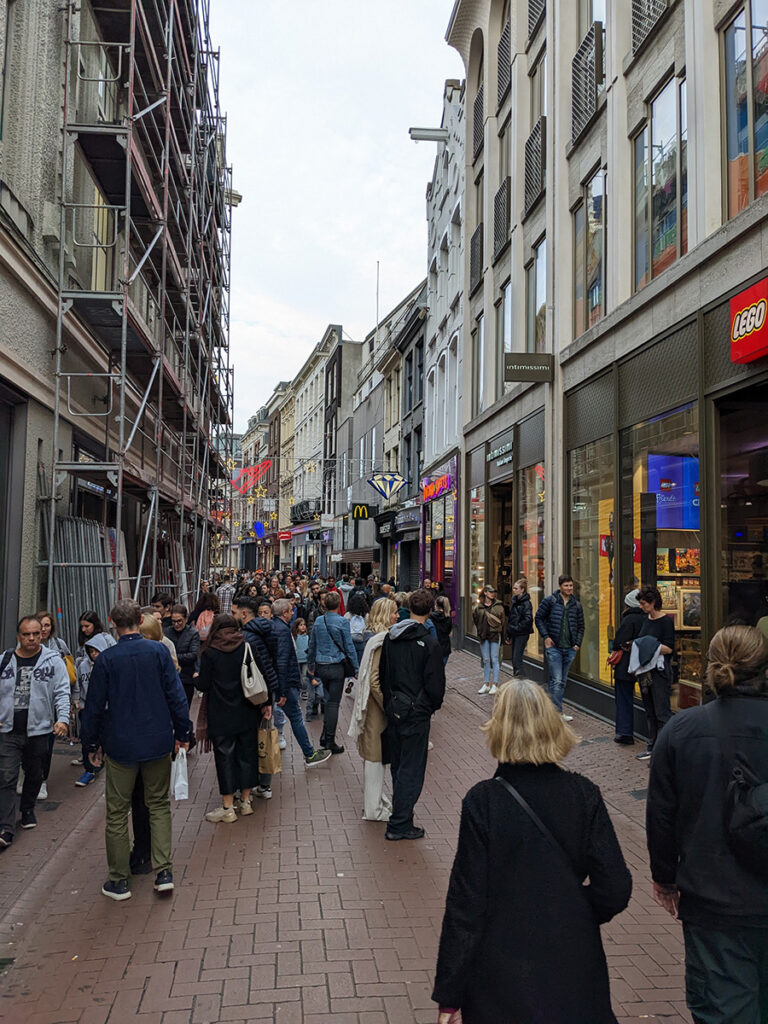
The Dam Square
The next few shots are all from this large square with a national monument at one end and the Royal Palace at the other.
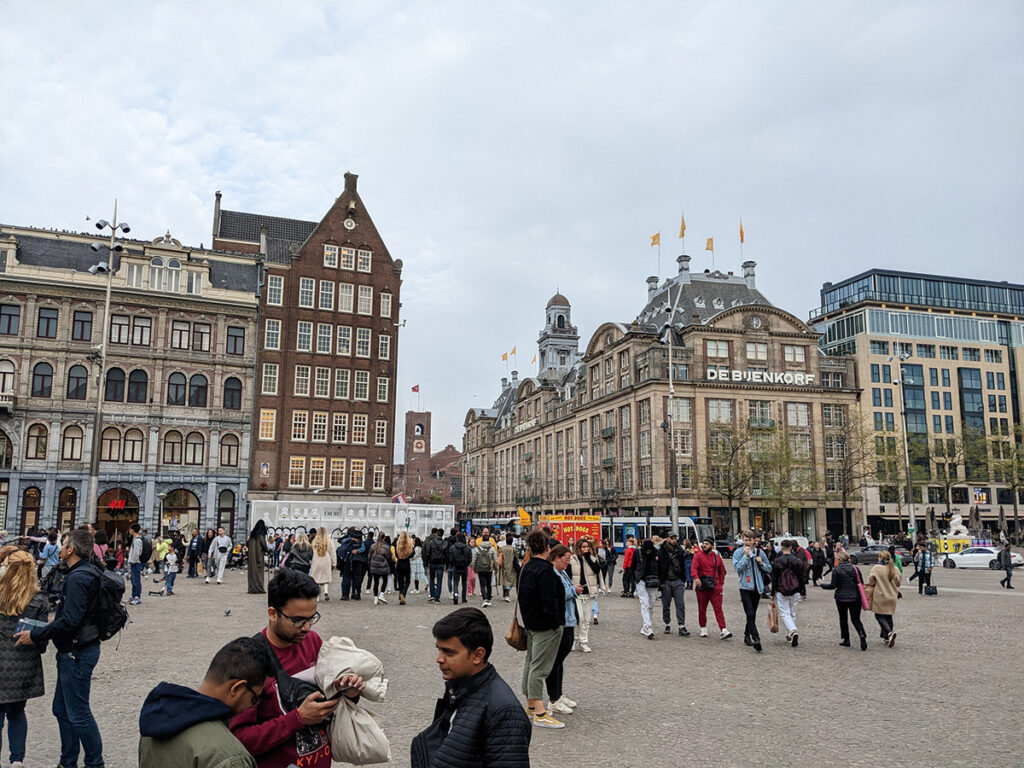
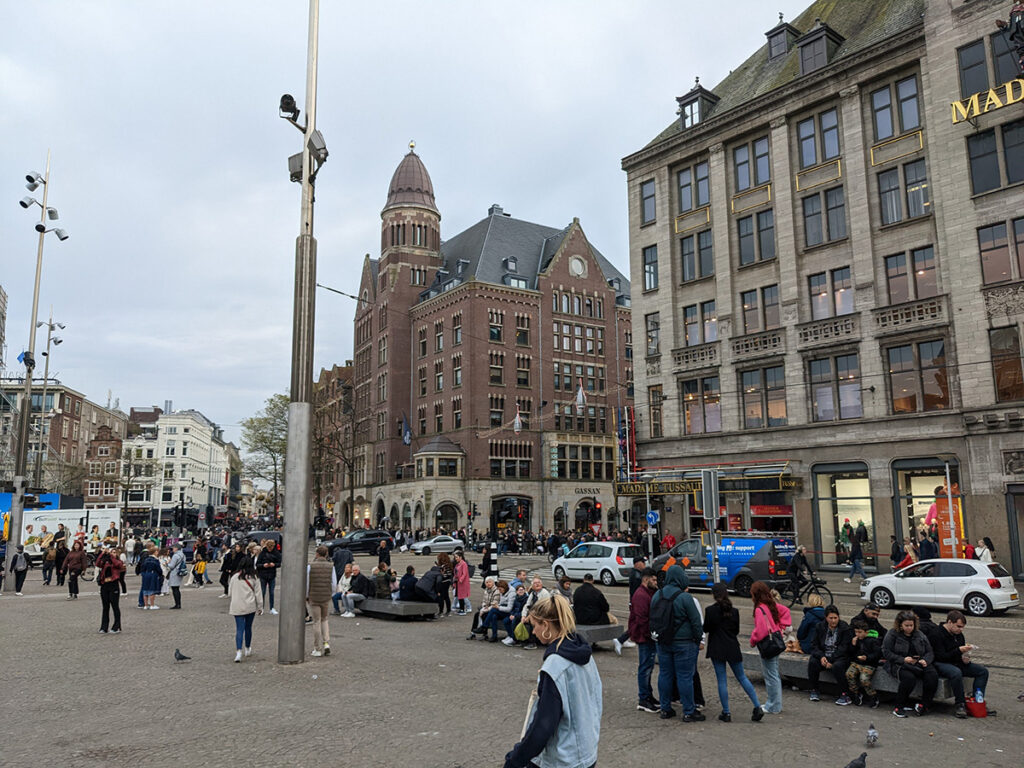
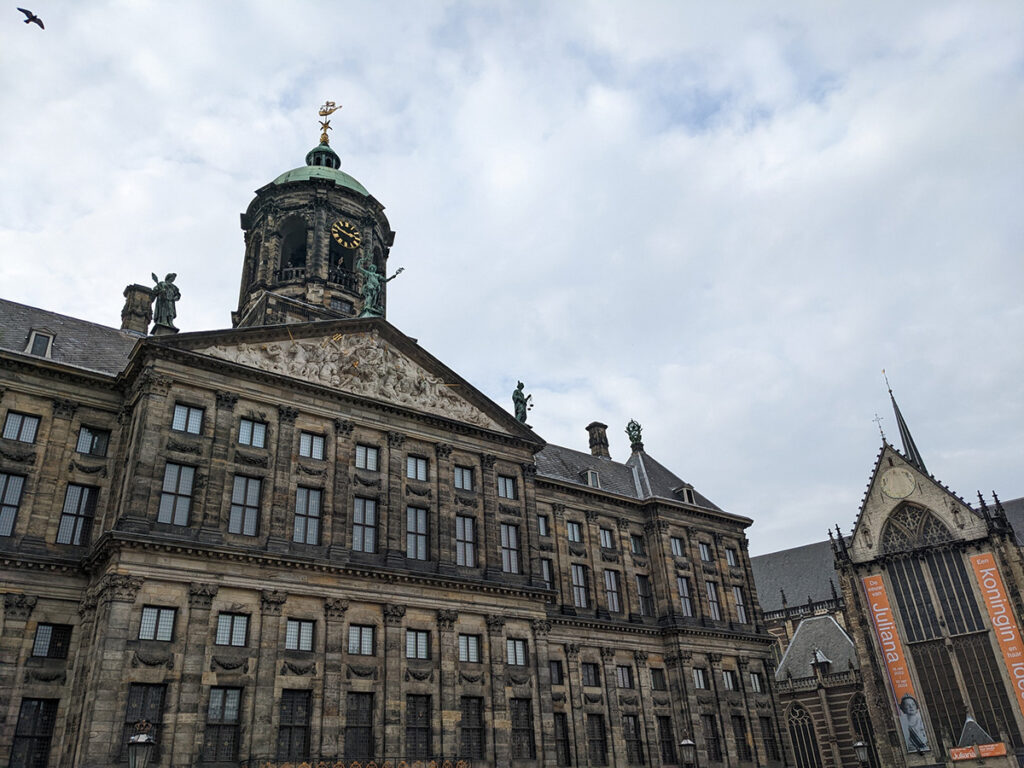


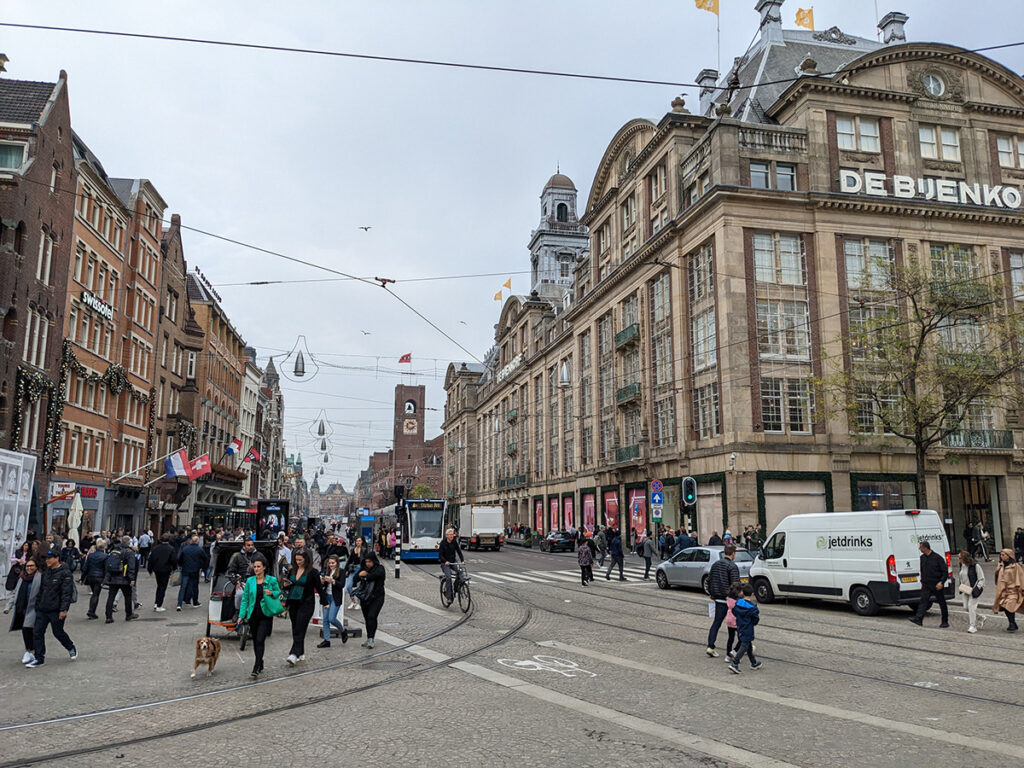
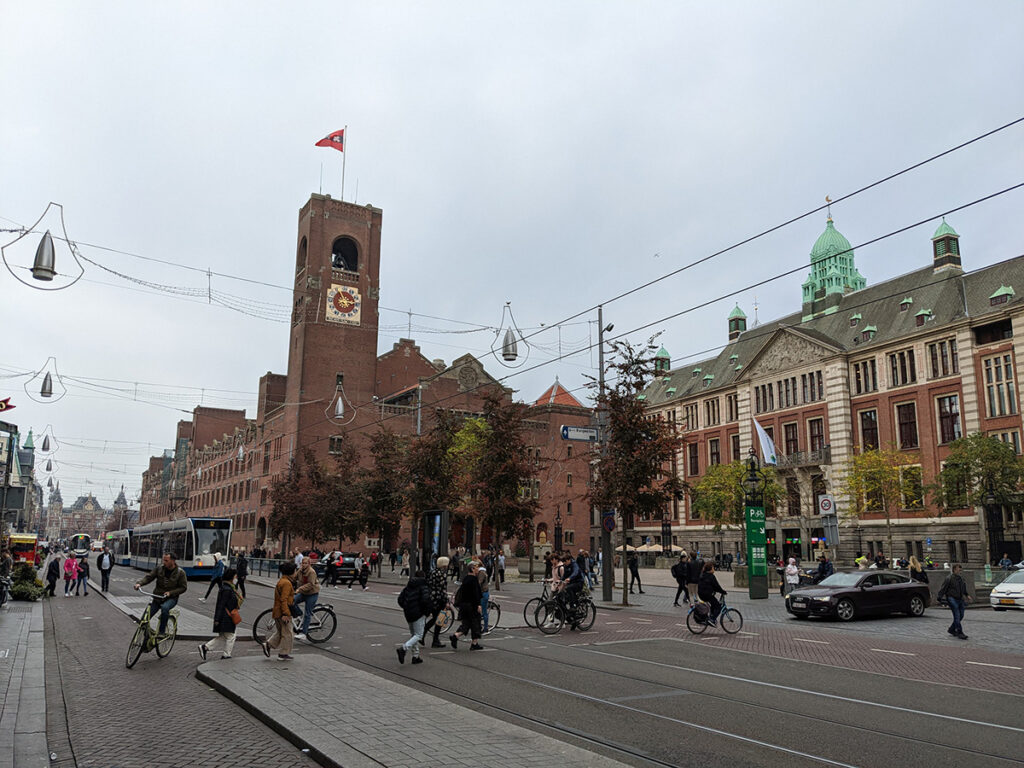

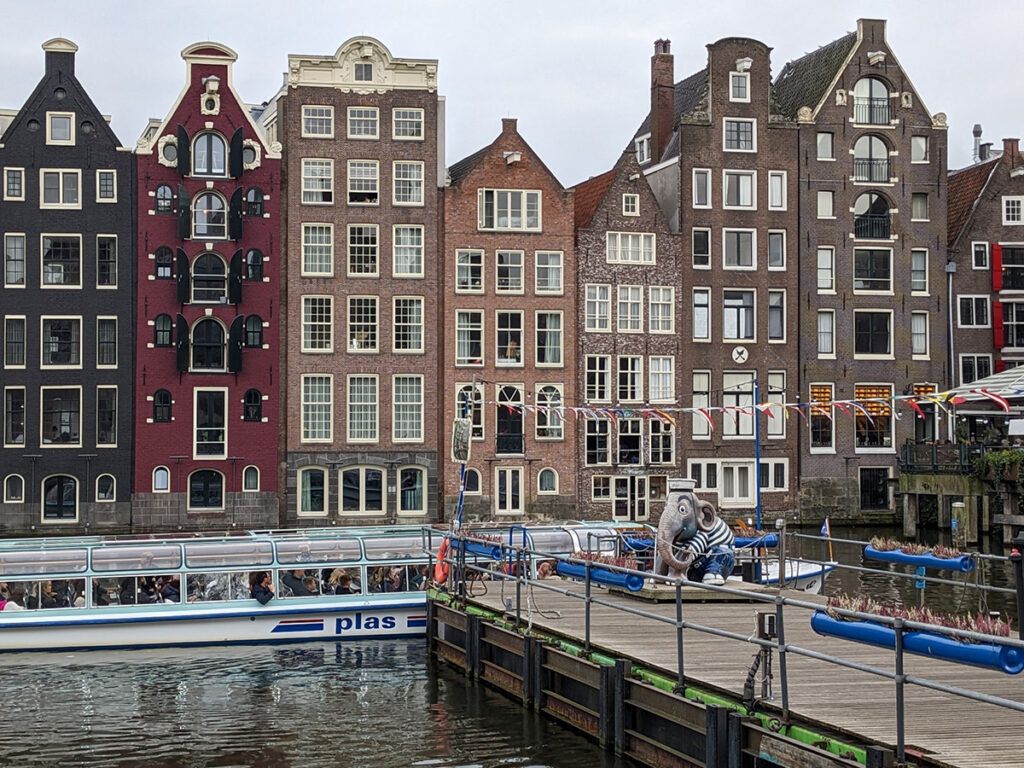
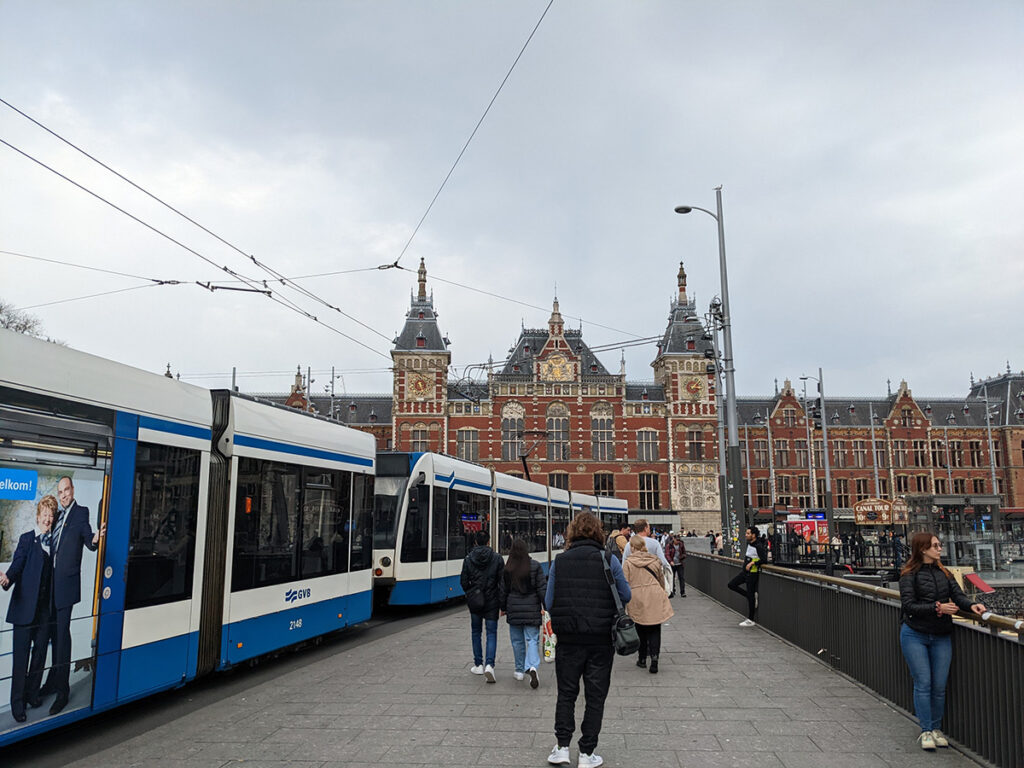
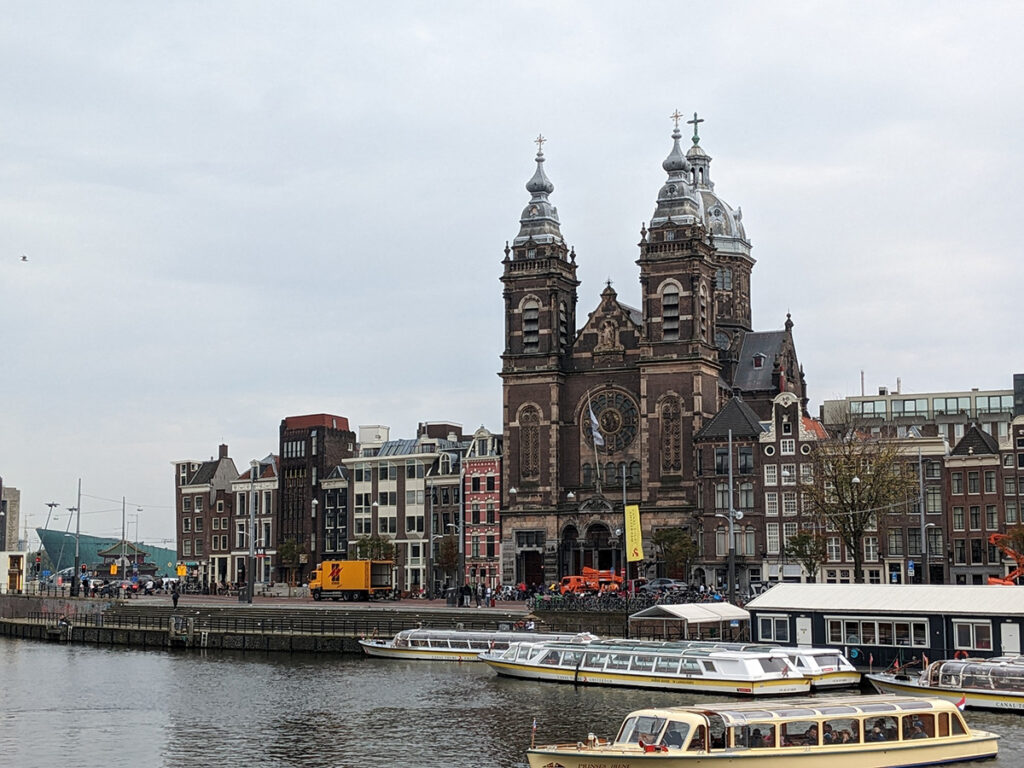
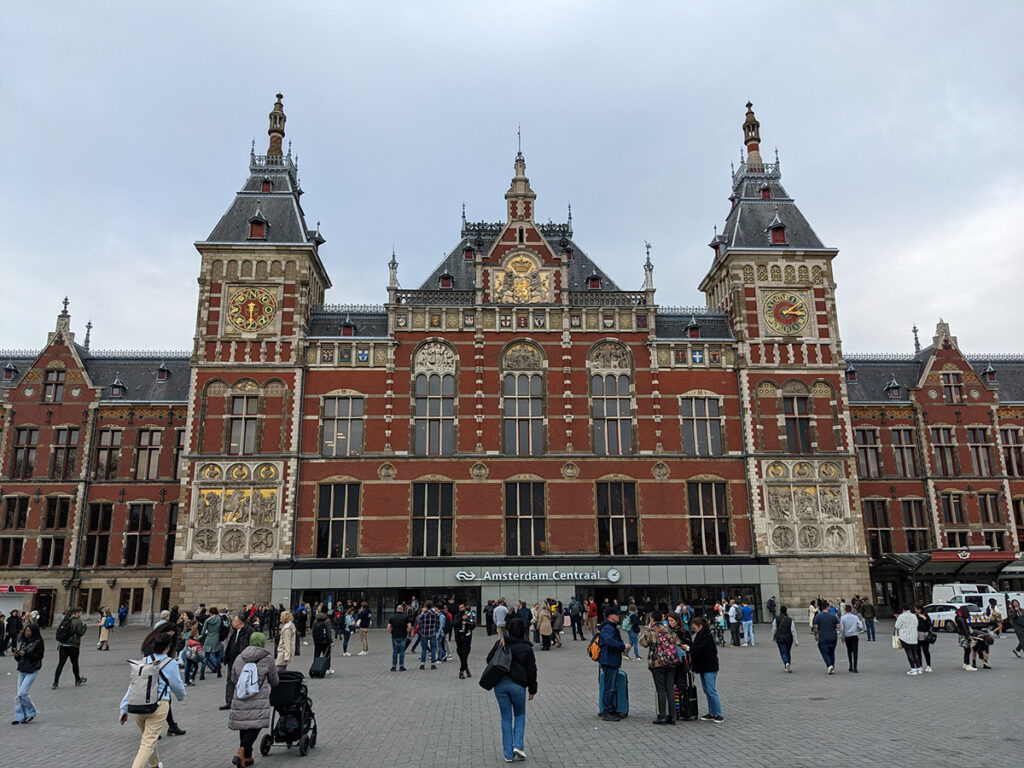
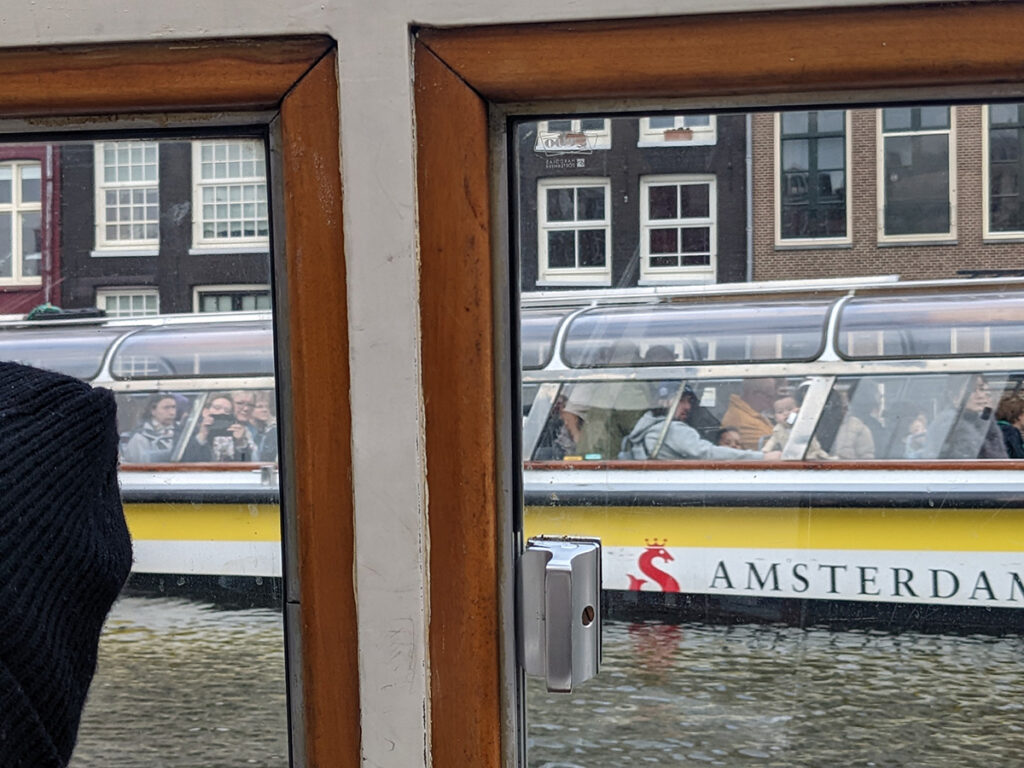
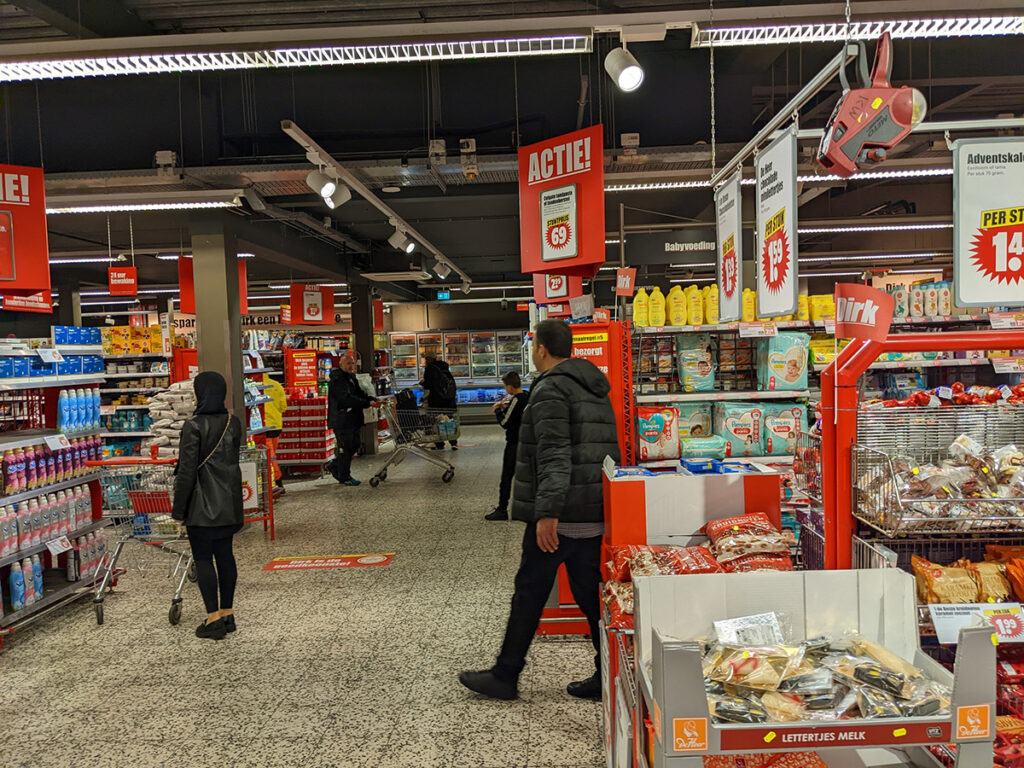
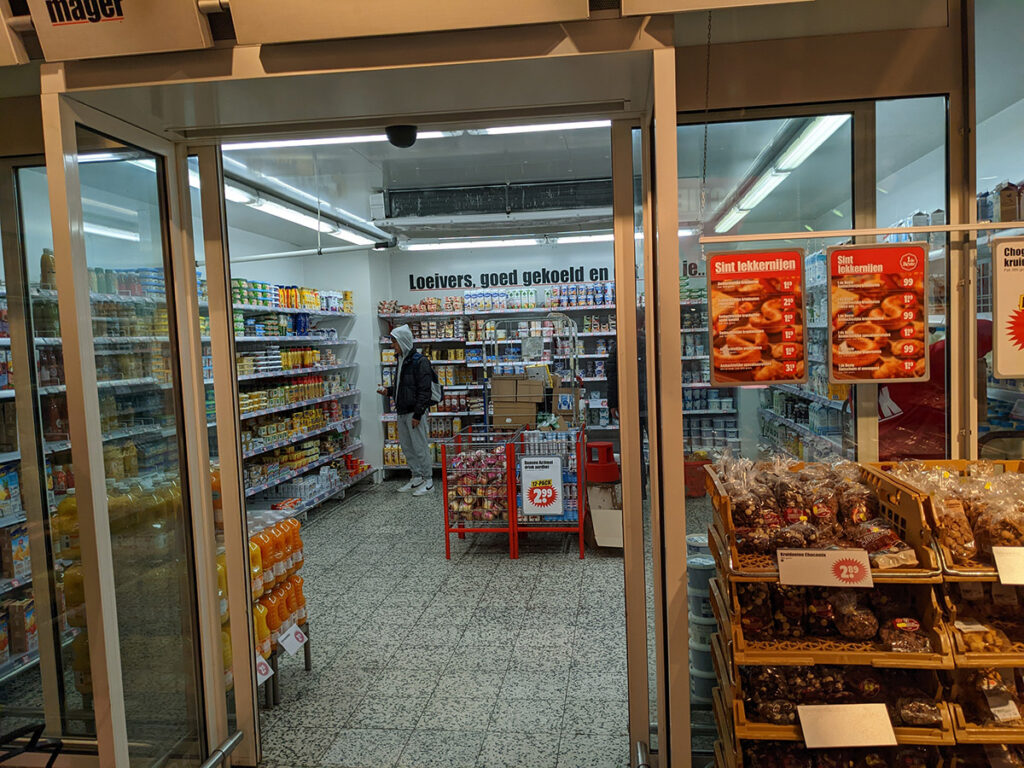
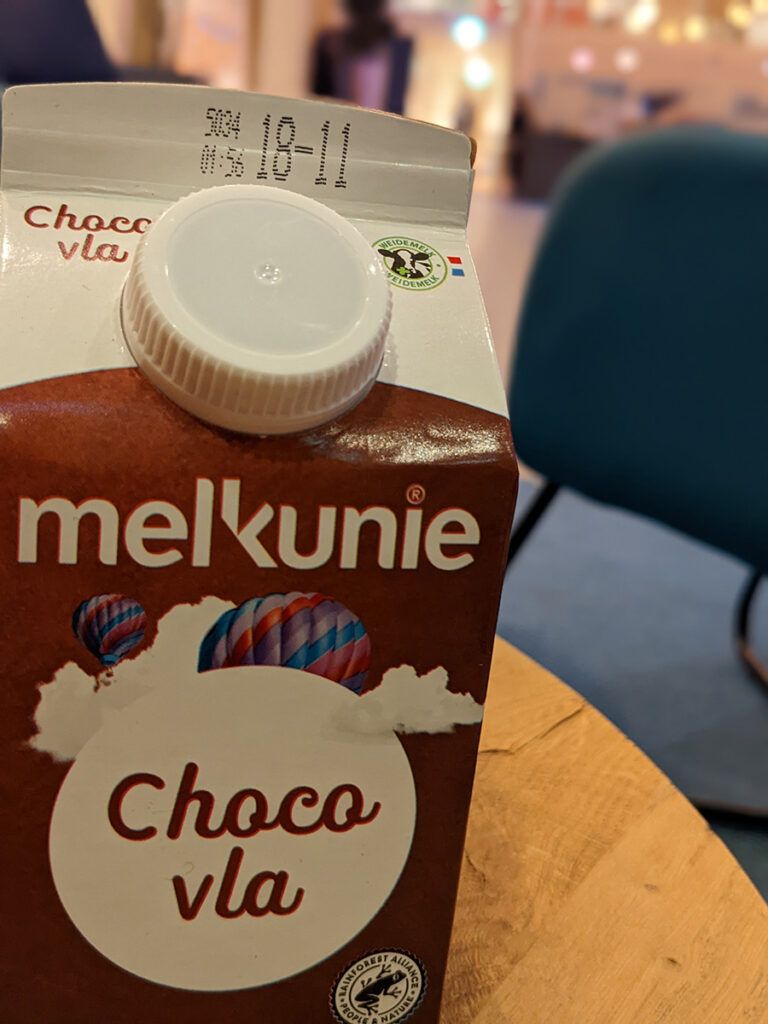
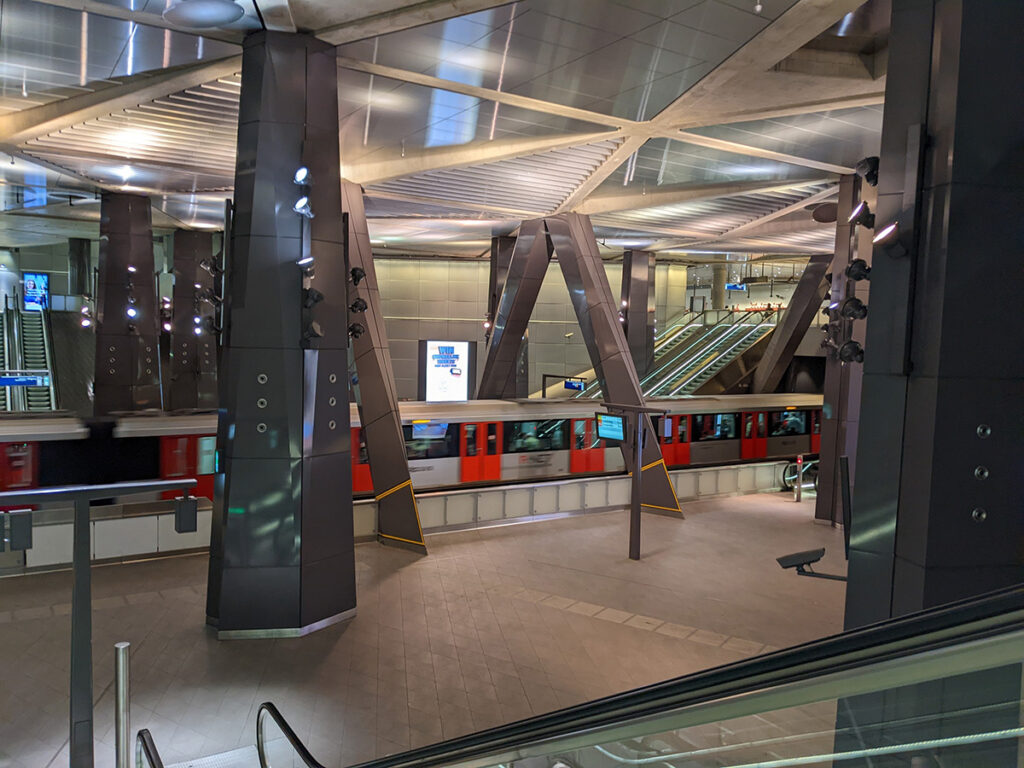
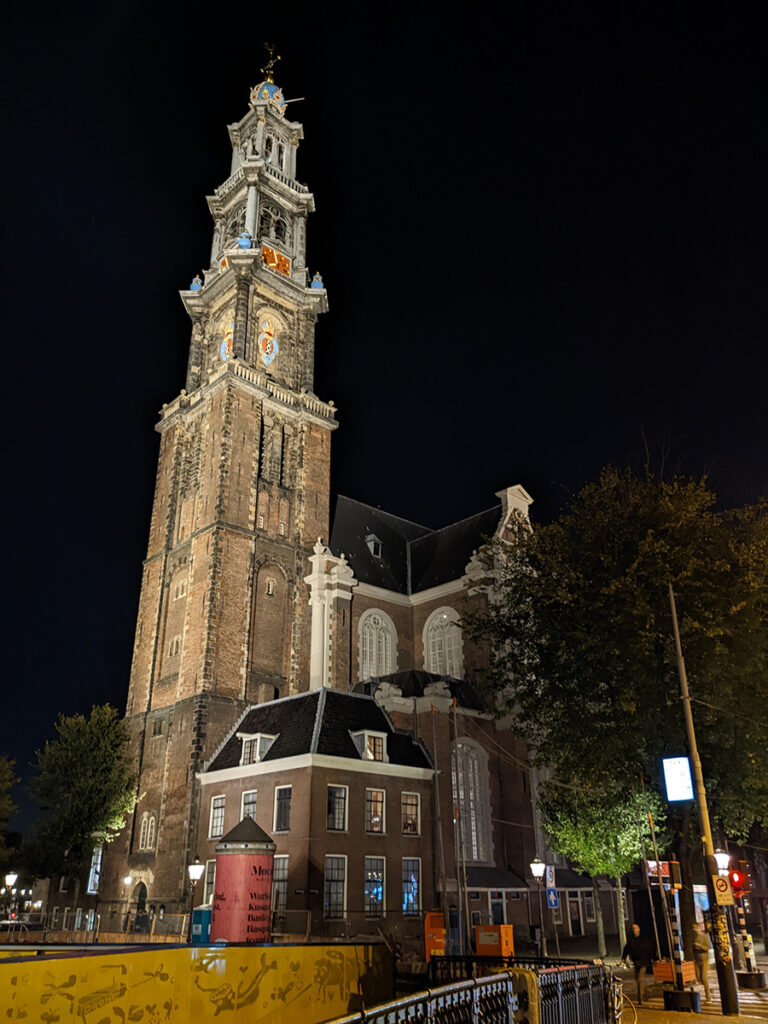
Anne Frank House
Cameras aren’t permitted inside, so there’s just one image to share from the exterior. Upon reflection, it’s better that visitors contemplate their experience quietly and without the distraction of a camera. It’s not clear whether that’s the intent of the restriction, or if it’s to keep the line moving. Even with an 8:30 PM entry time at the end of October, it was packed full of people walking single-file through the narrowest portions and up “staircases” that more closely resemble ladders. They’ve taken to selling tickets for the entire month on the first Tuesday, and in the busiest time of year, most time slots are filled within minutes.
This place won’t make you feel good, but it will make you feel. Even for the most stoic of visitors, it’s a sobering experience calling for reflection on the depths that humanity can sink to. There’s also hope to be found in knowing that some people will risk everything to protect others, but it’s mostly a place of overwhelming sadness. Despite that, it’s not to be avoided. It serves an important purpose in saying, “Never again.”
Anne Frank’s story is well known, but it was only through the persistent efforts of her father, Otto, that her writings even got published. He was the lone survivor and instead of hiding away for the rest of his life, he helped to associate the face of his bright, kind daughter with the tragedy of the Holocaust. As part of the tour, there are audio and video recordings of him and other people close to the family telling about their experiences. It’s one thing to hear that millions of people died in the abstract. It’s another thing entirely to see the face of a mourning father and read his daughter’s hopeful words on handwritten pages in a display case.
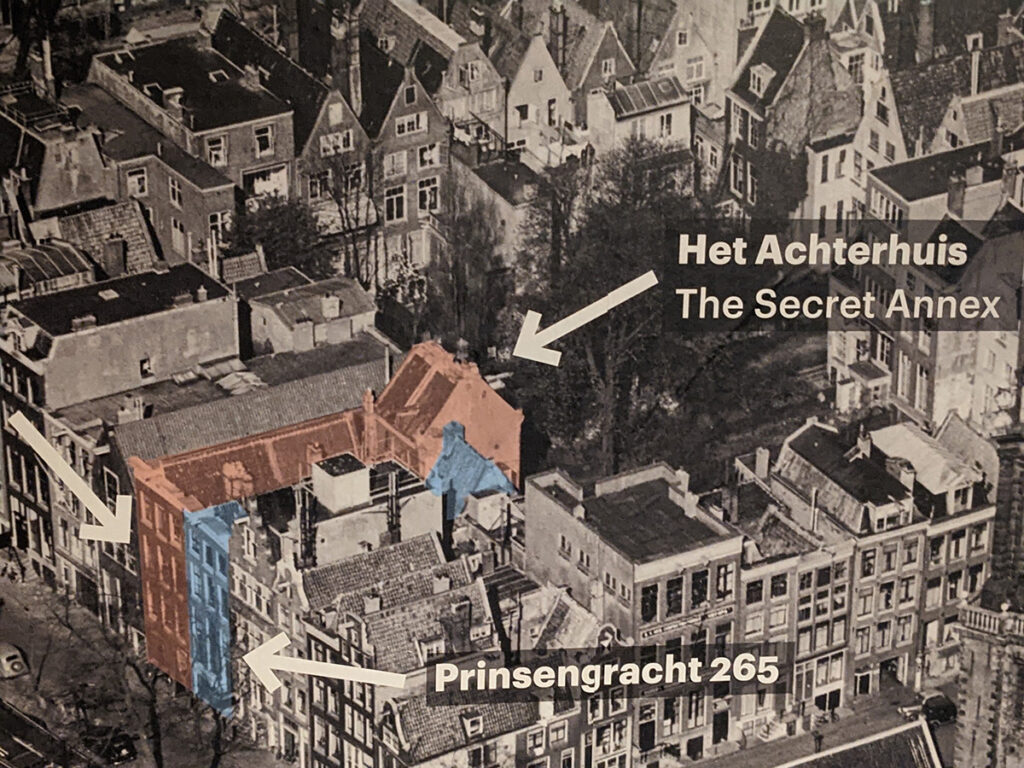
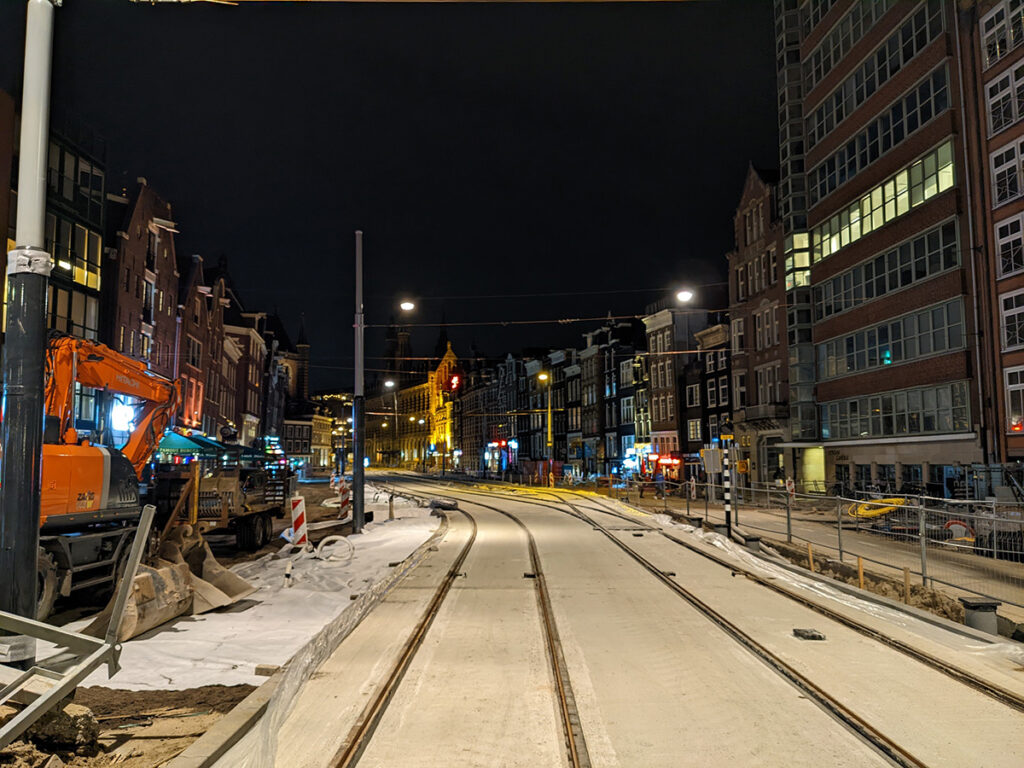

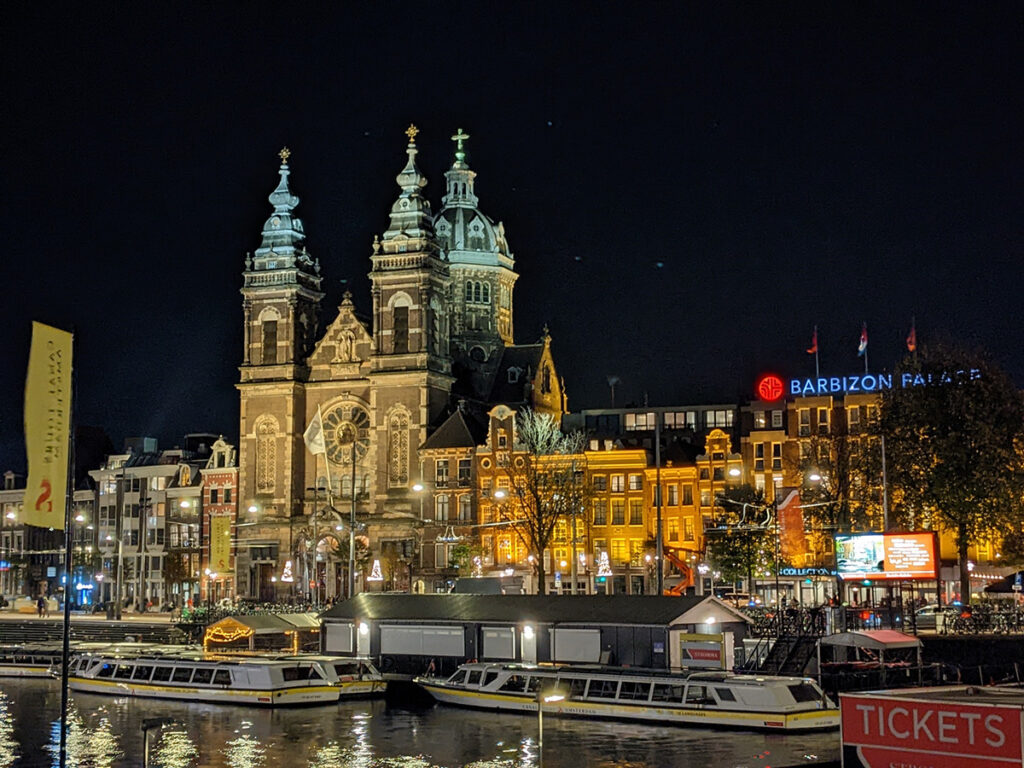
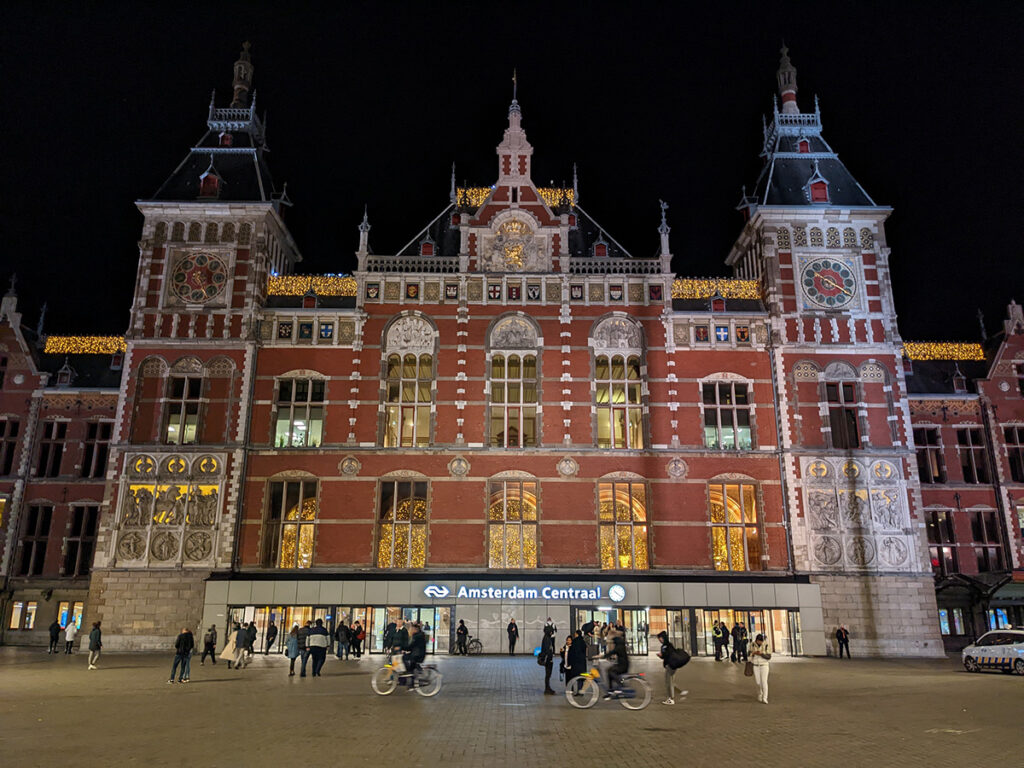
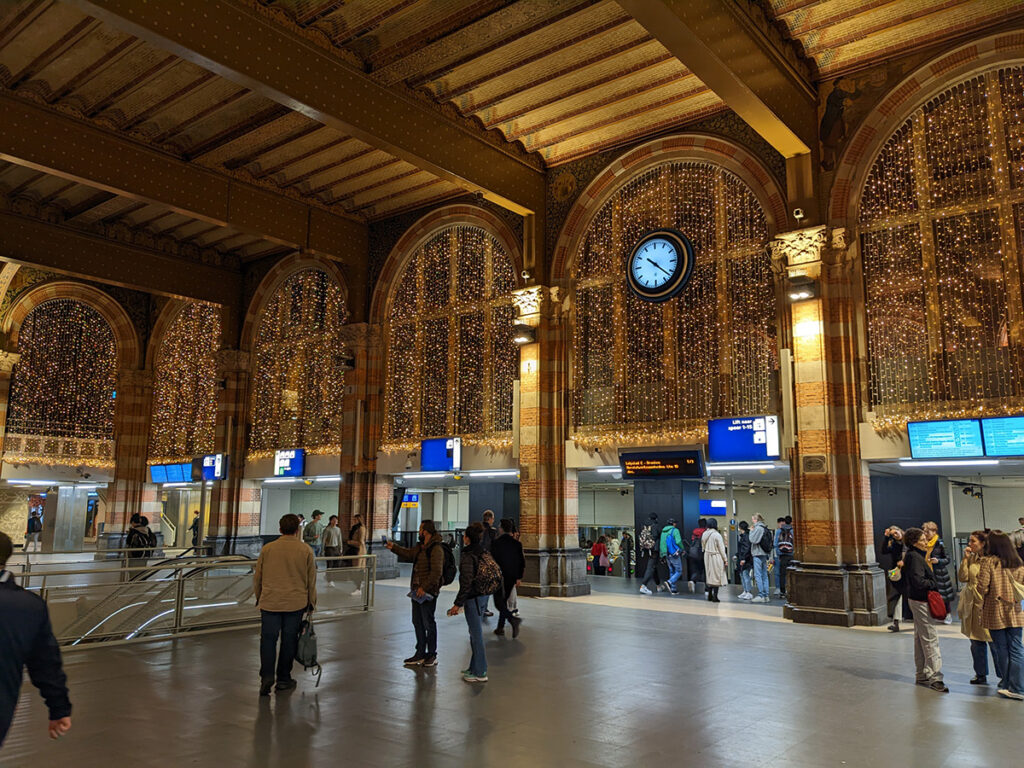

Rijksmuseum (National Museum)
The Rijksmuseum was a spectacular display of art, with the best pieces belonging to the “Dutch masters” (e.g. Rembrandt, Vermeer). There were many works by lesser-known artists, including sculptures, painted ceramics, and even a model ship. The place is huge, so not everything is going to be the most famous piece. What was remarkable was walking through a room and being immediately drawn to a particular painting only to read the placard and see that it was indeed created by a famous artist. It demonstrated that their fame was warranted by skill and not the result of some historical accident. Overall, the Rijksmuseum now sits at #2, just behind Paris’ Louvre, on an admittedly-limited personal list of art galleries. It’s a must-visit.
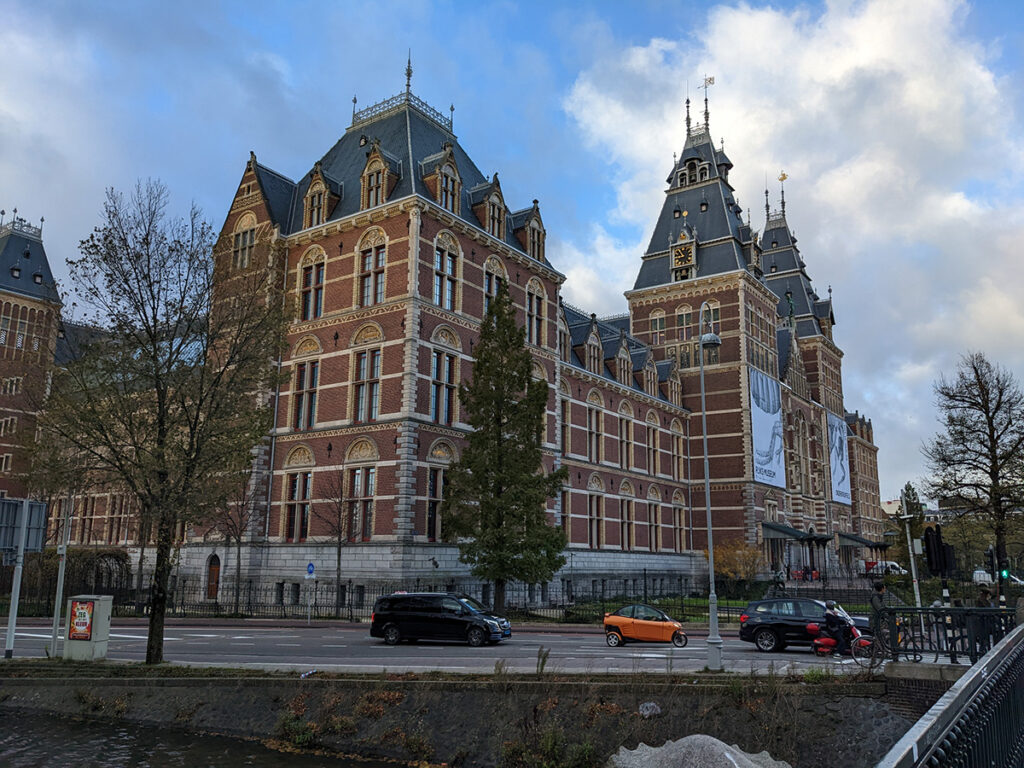
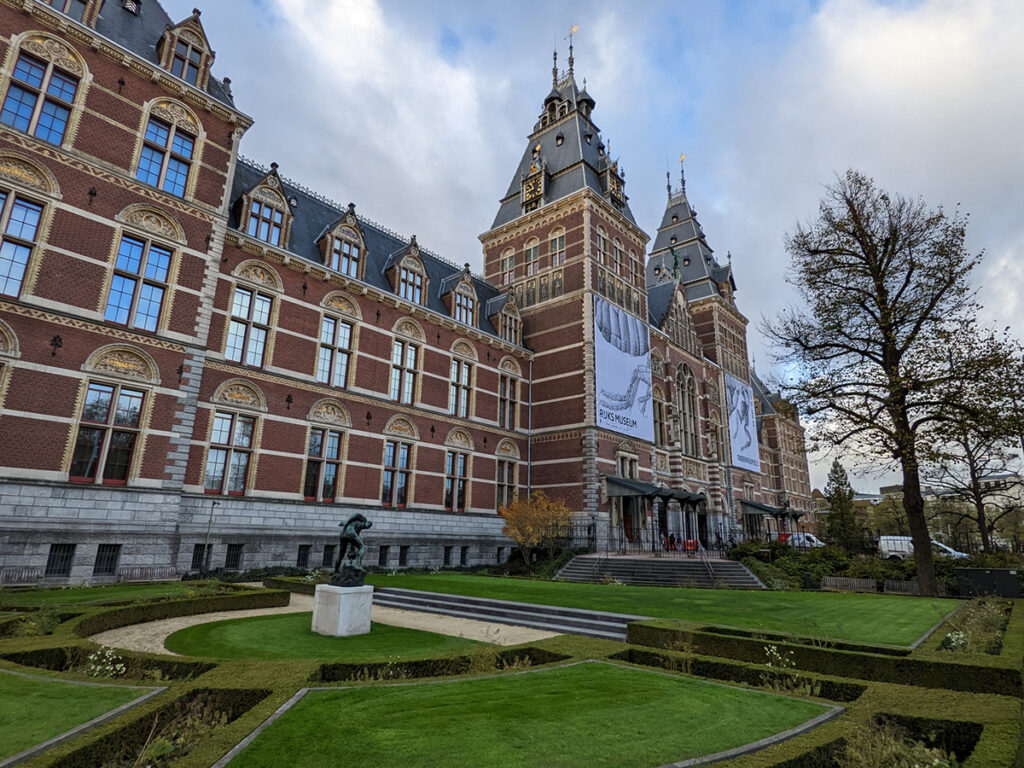
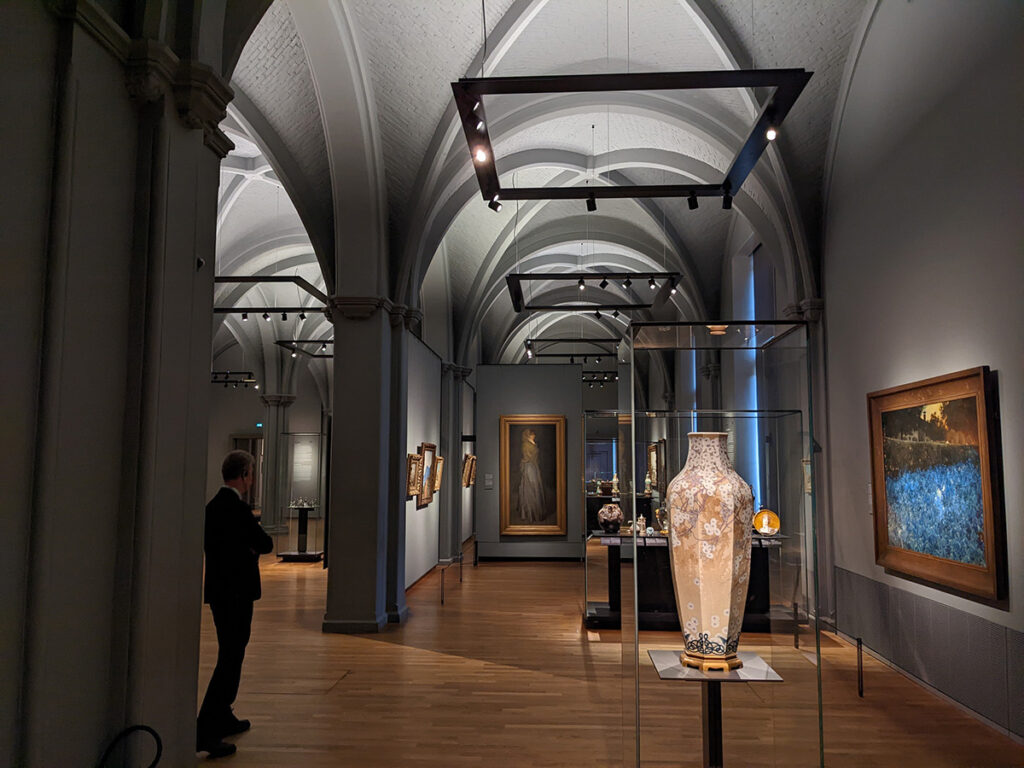

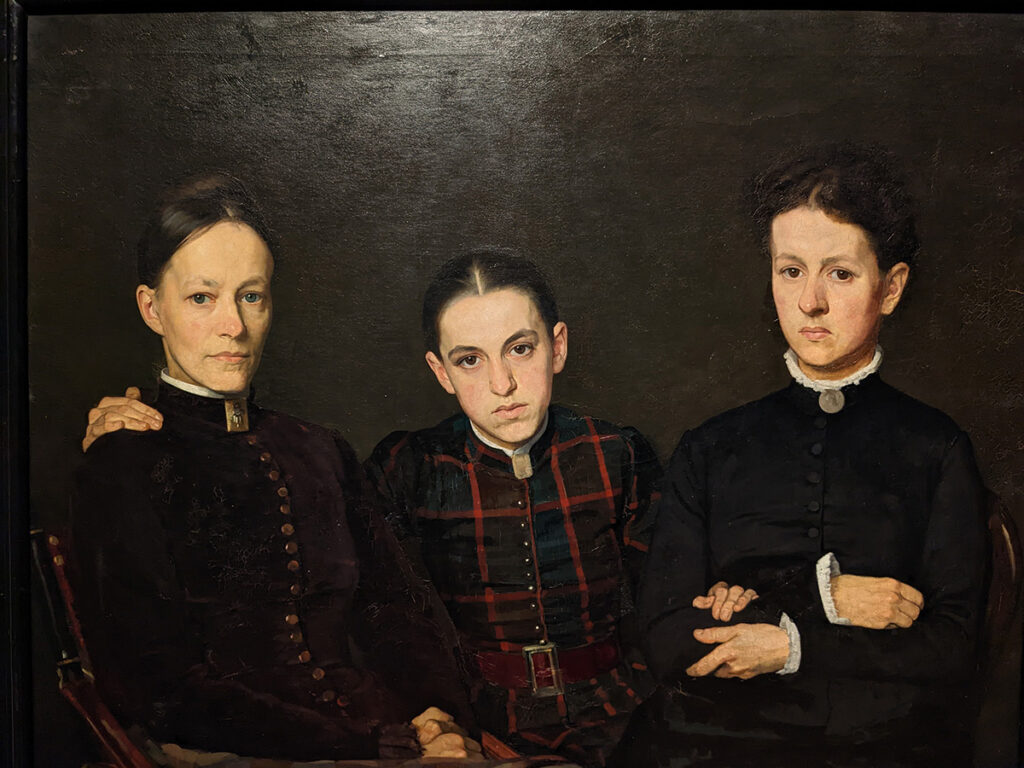
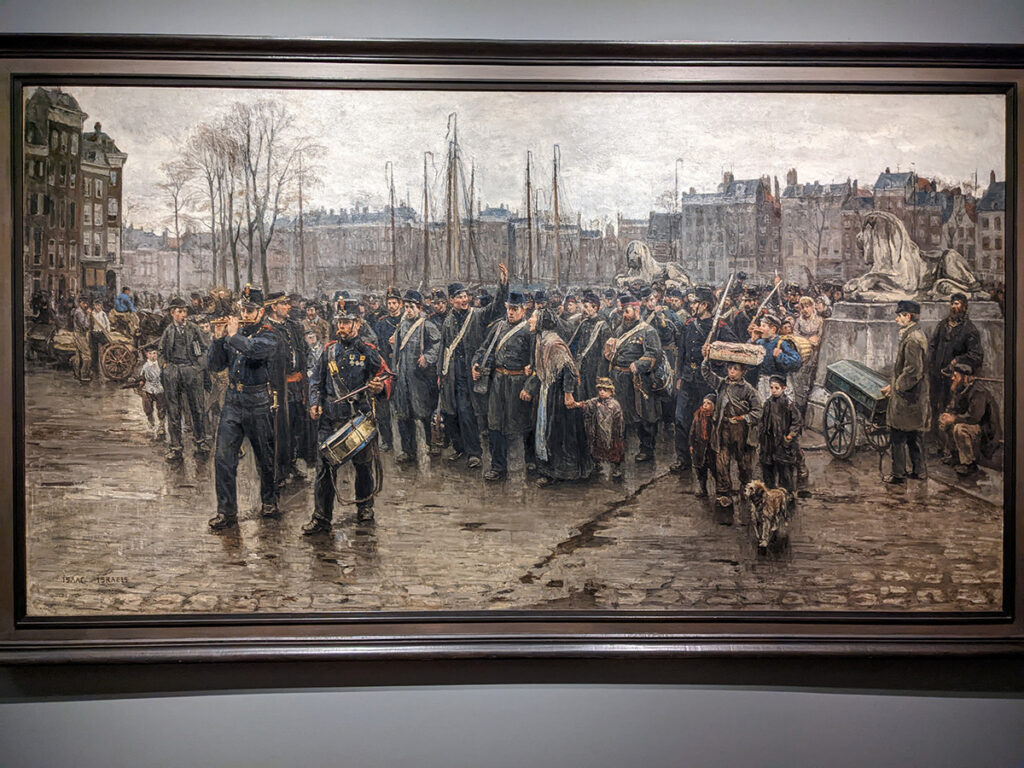
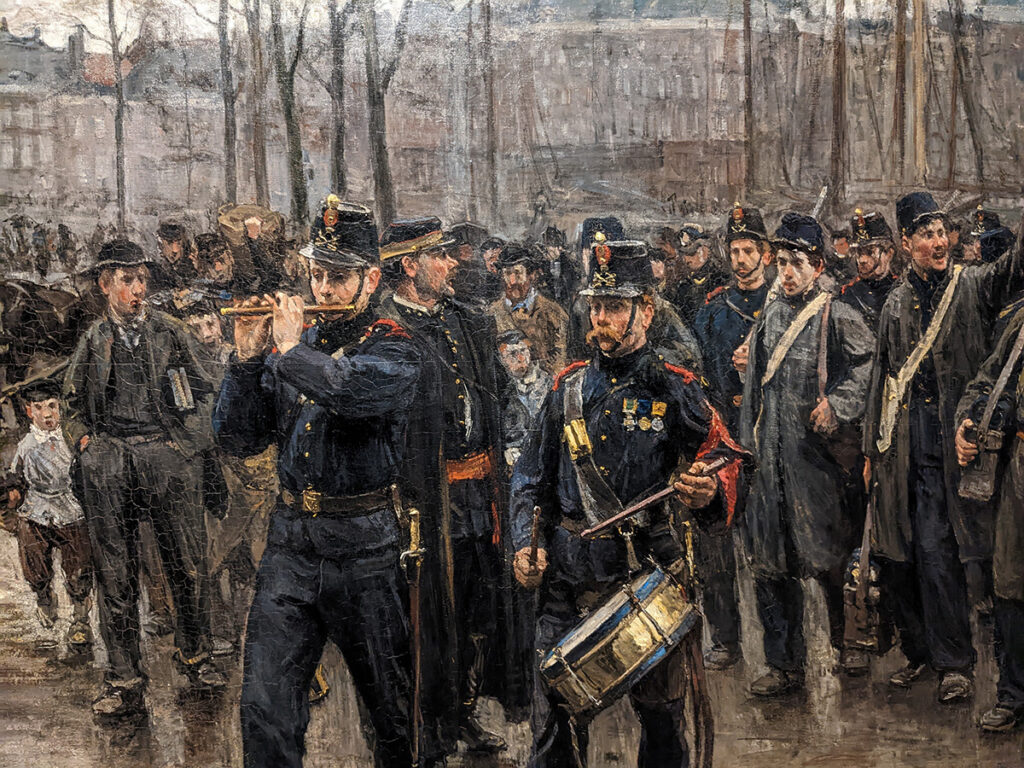

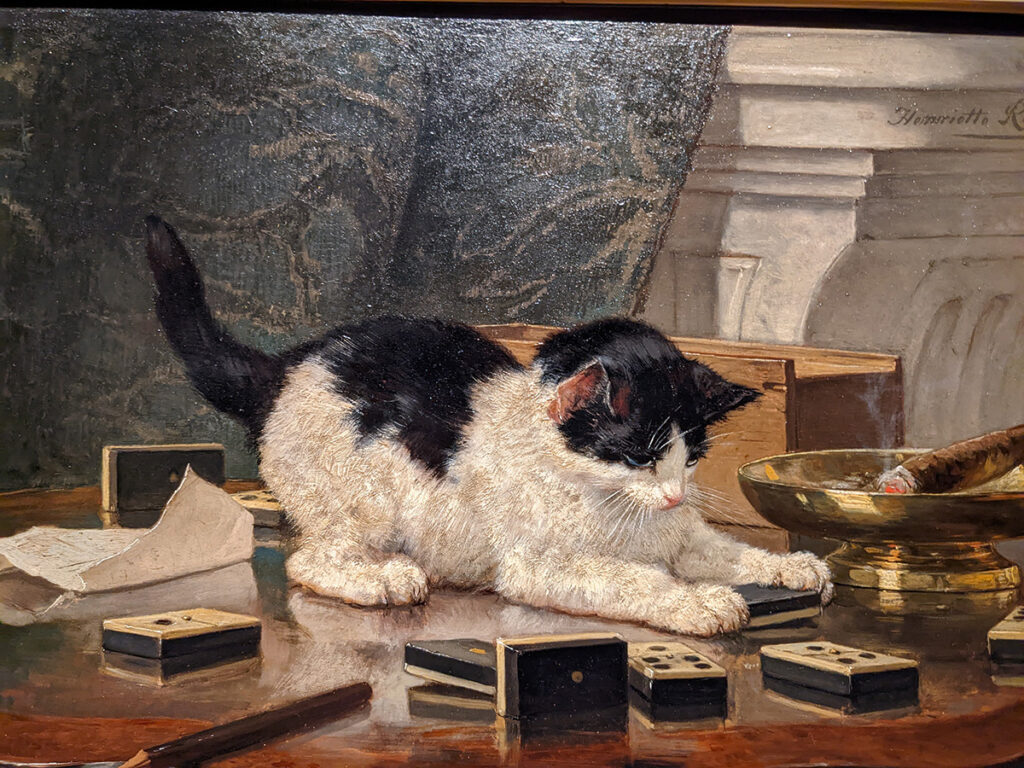
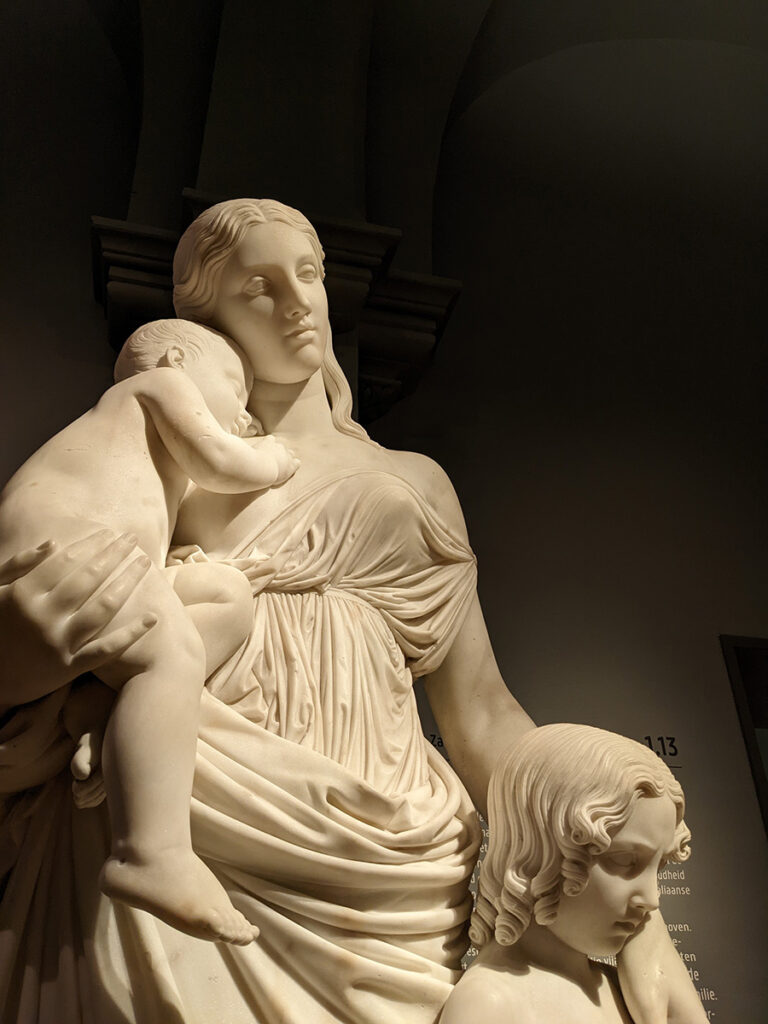
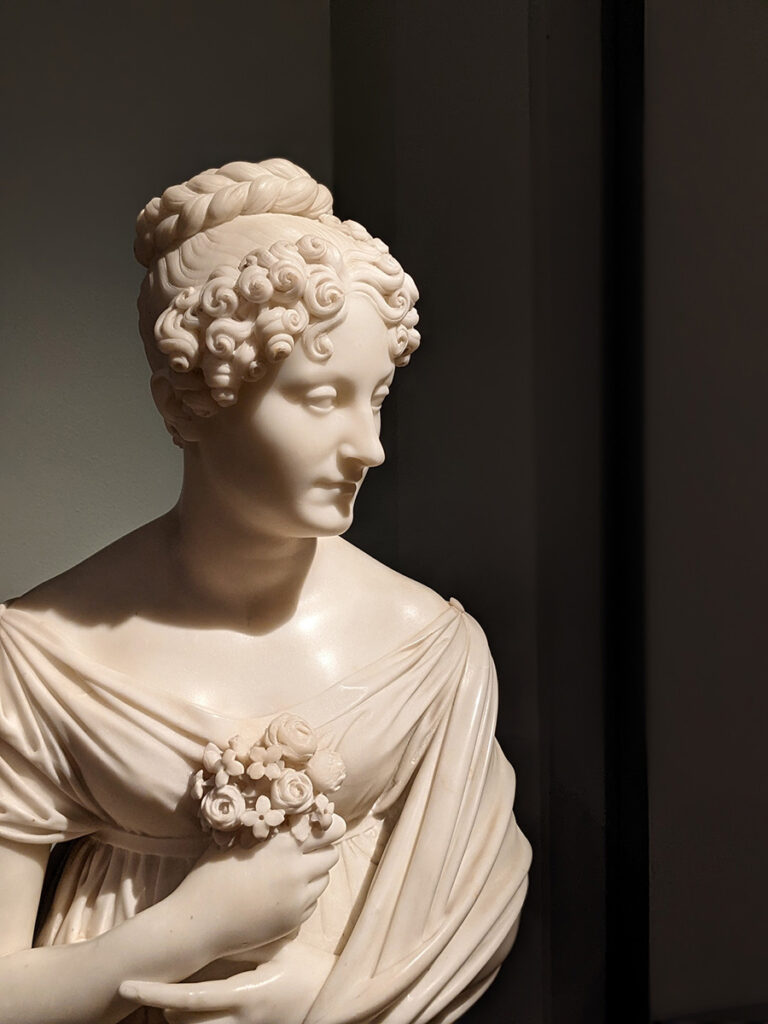
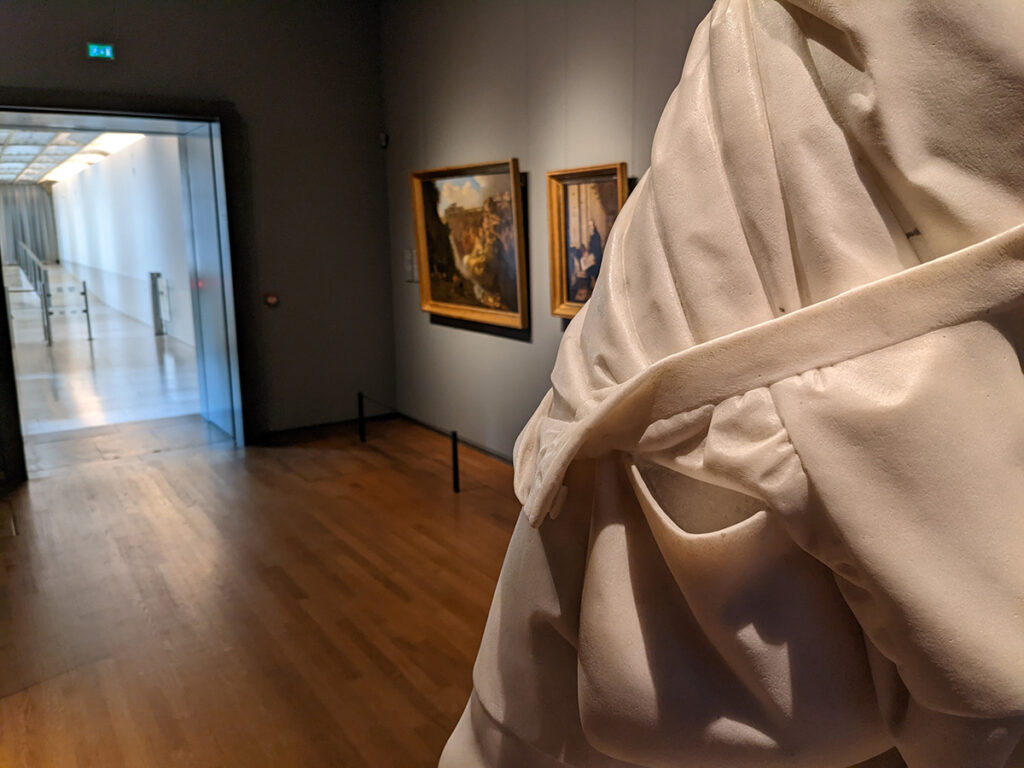
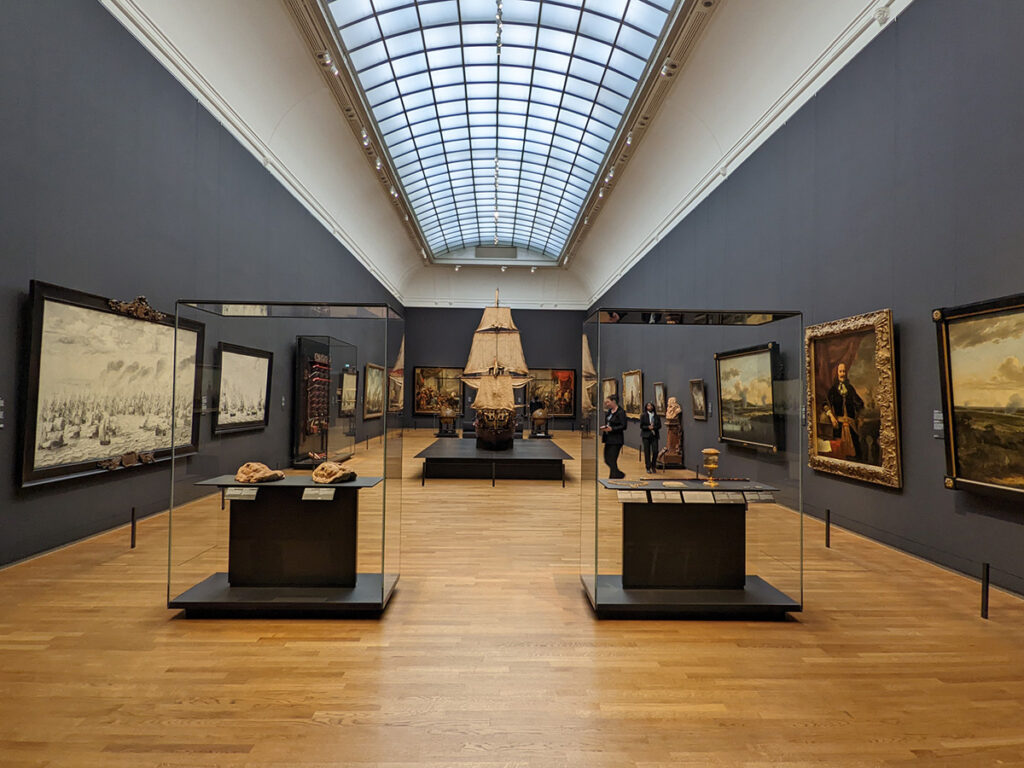
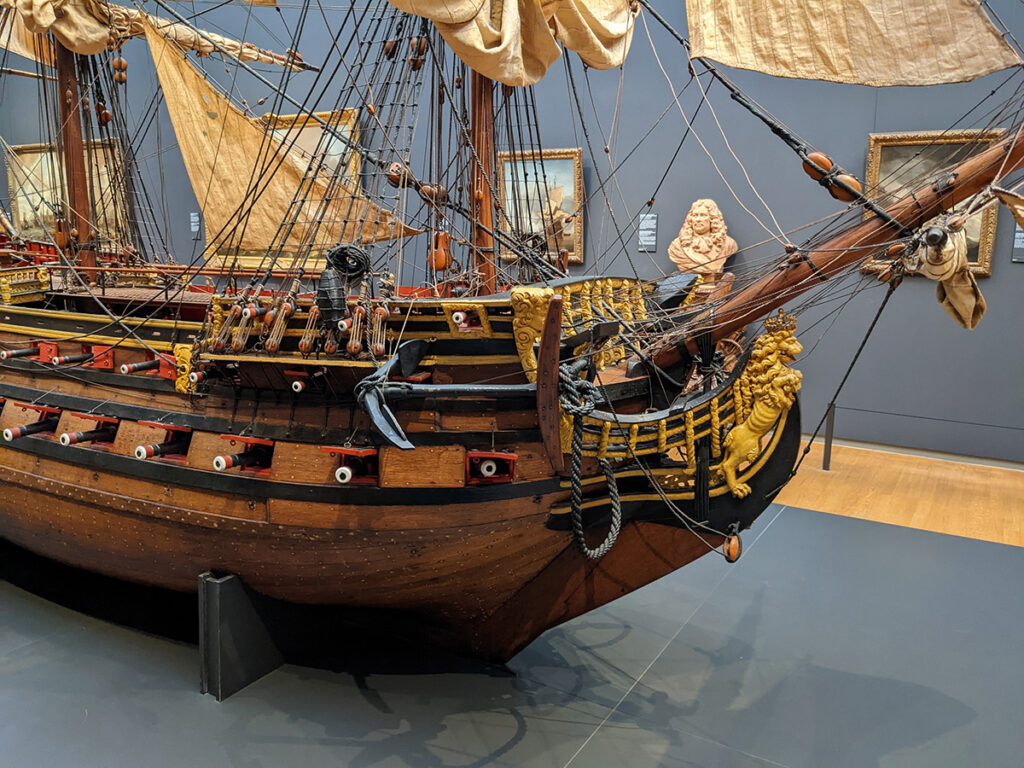
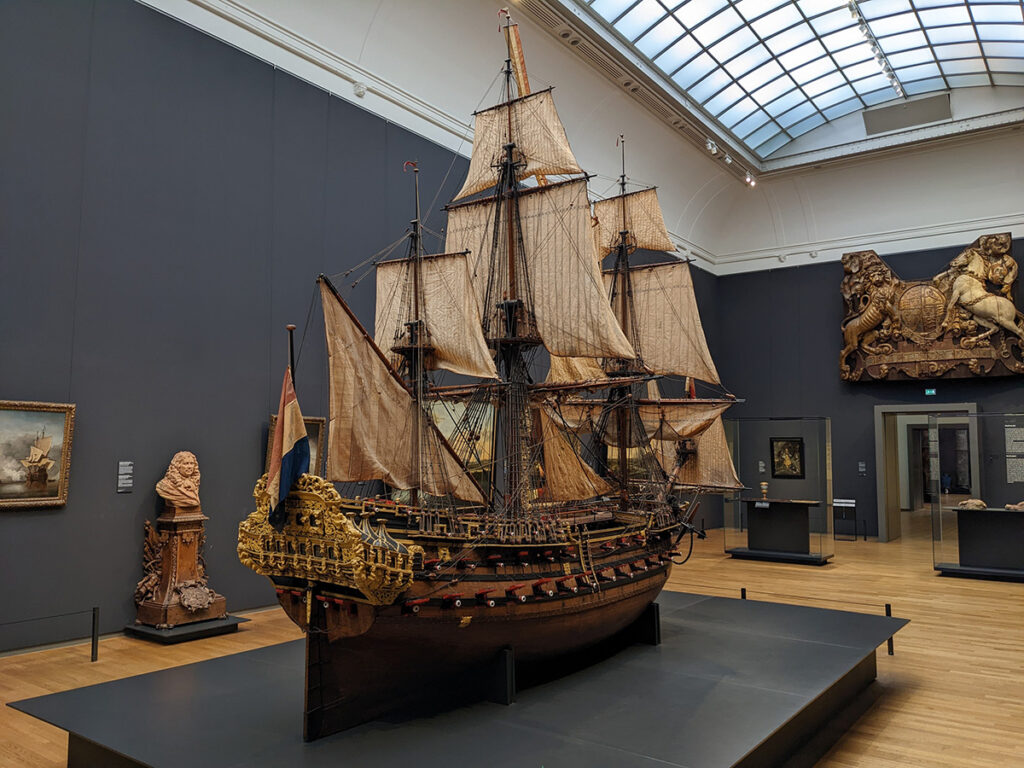

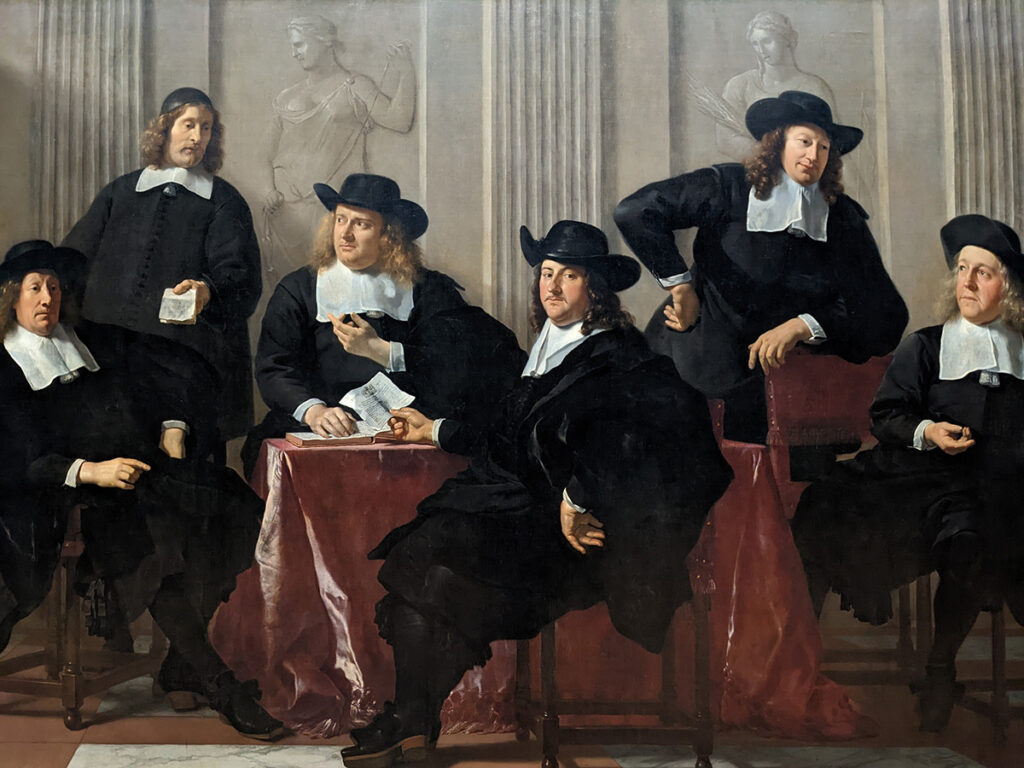
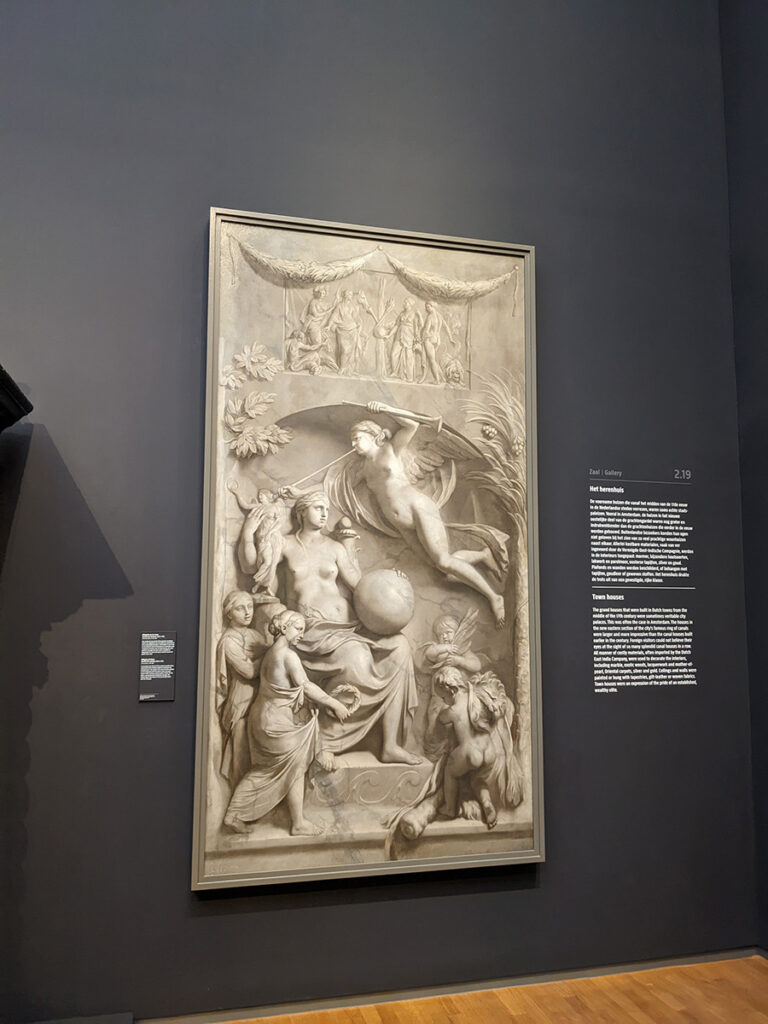
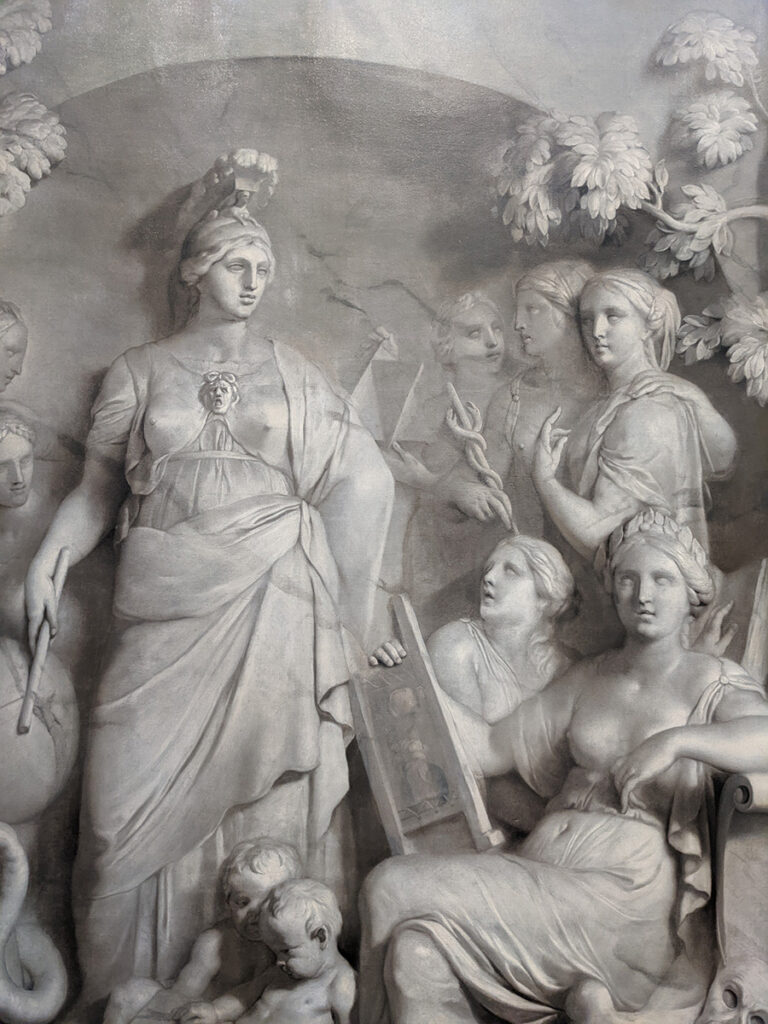
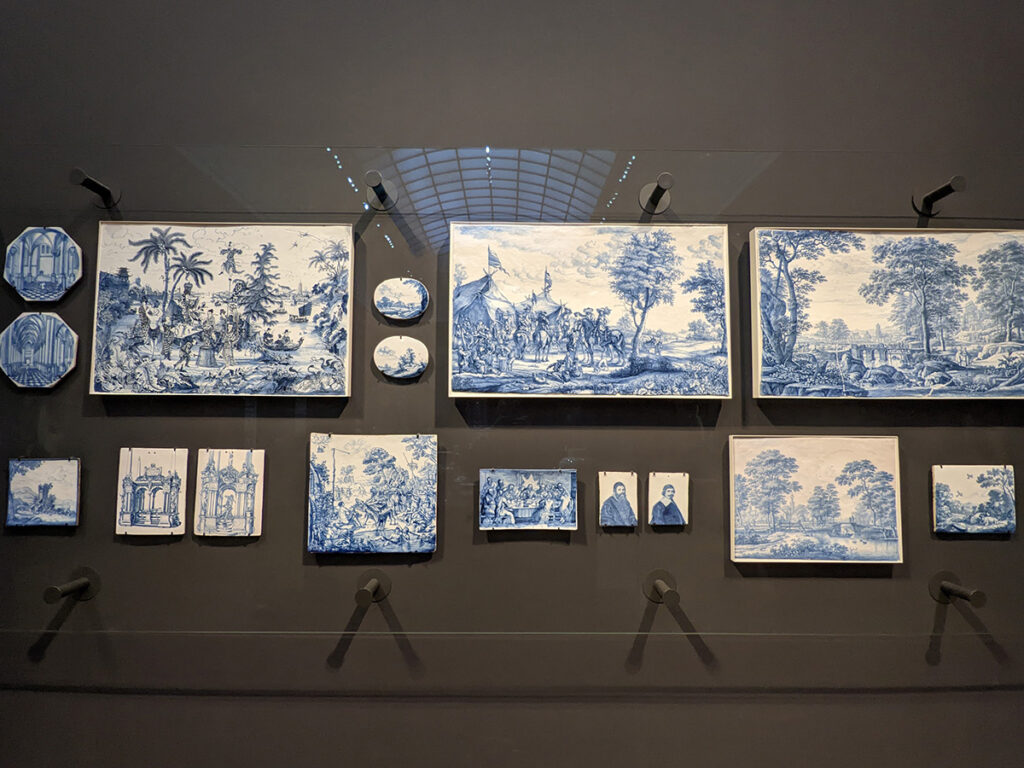


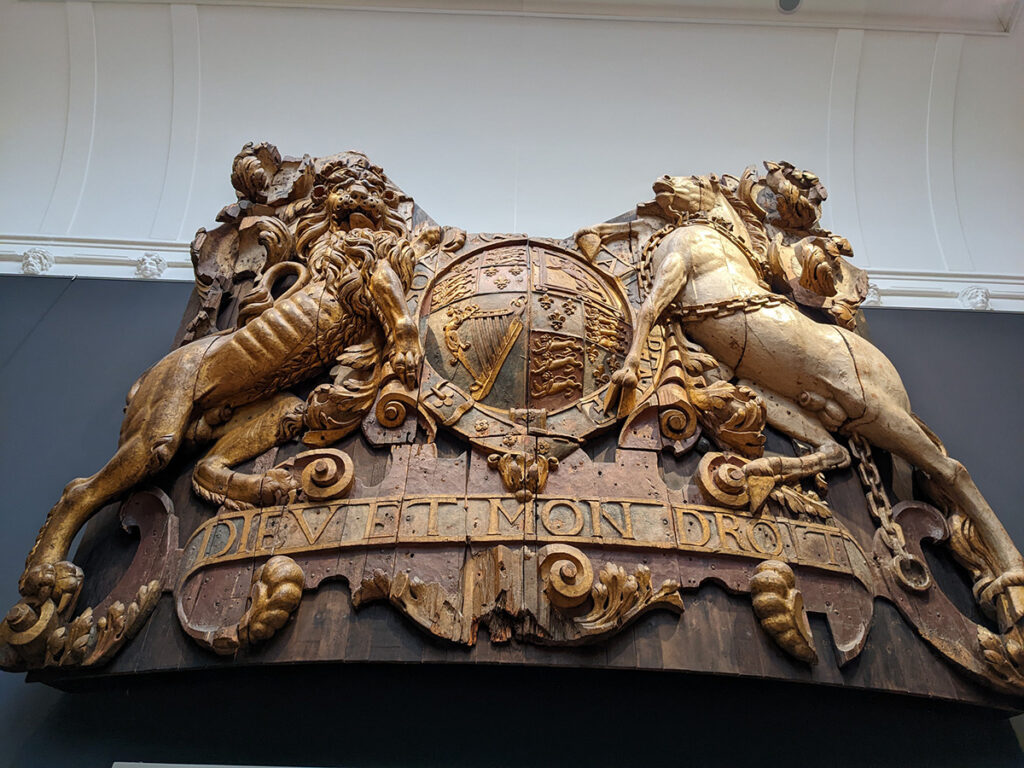

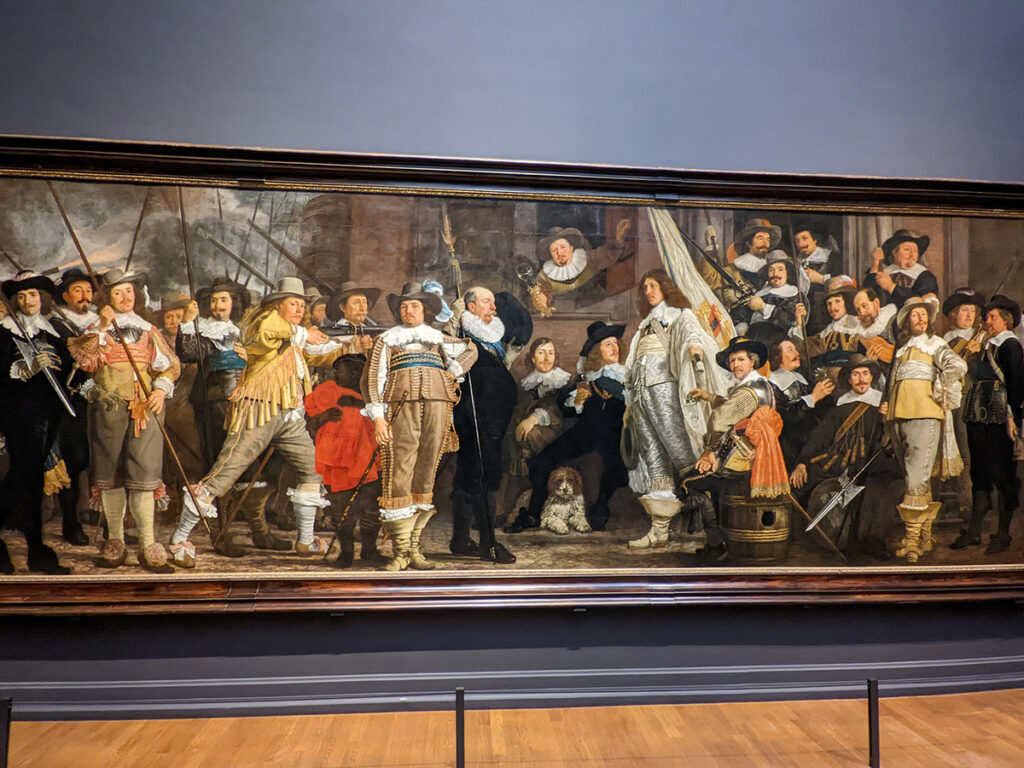
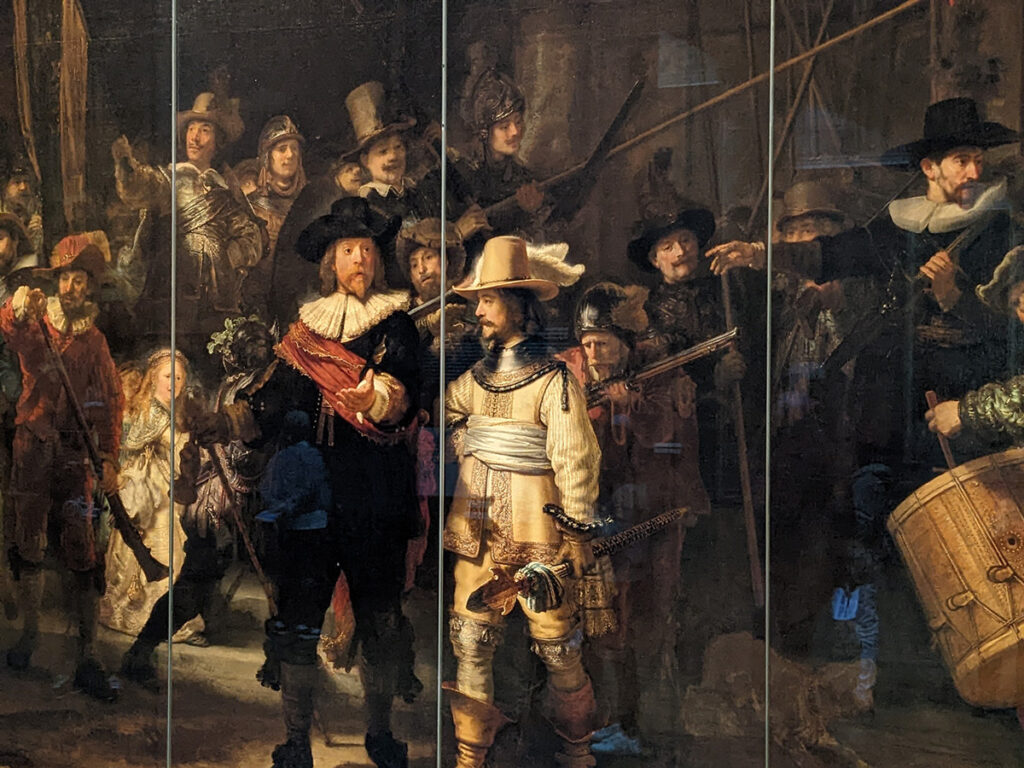
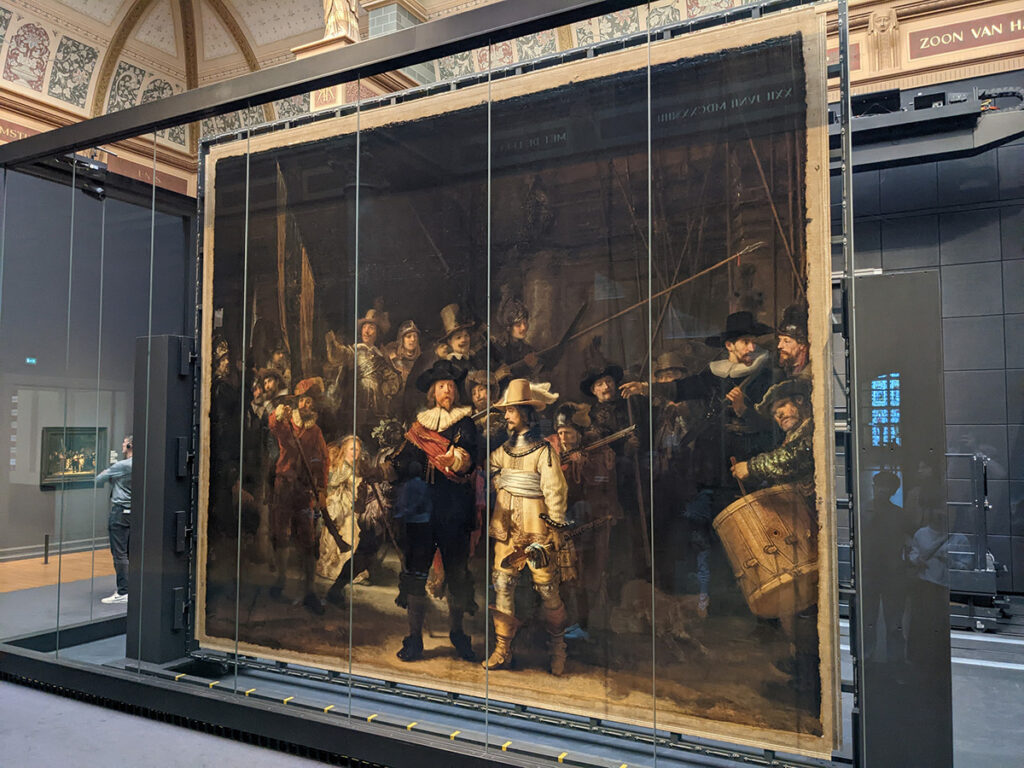
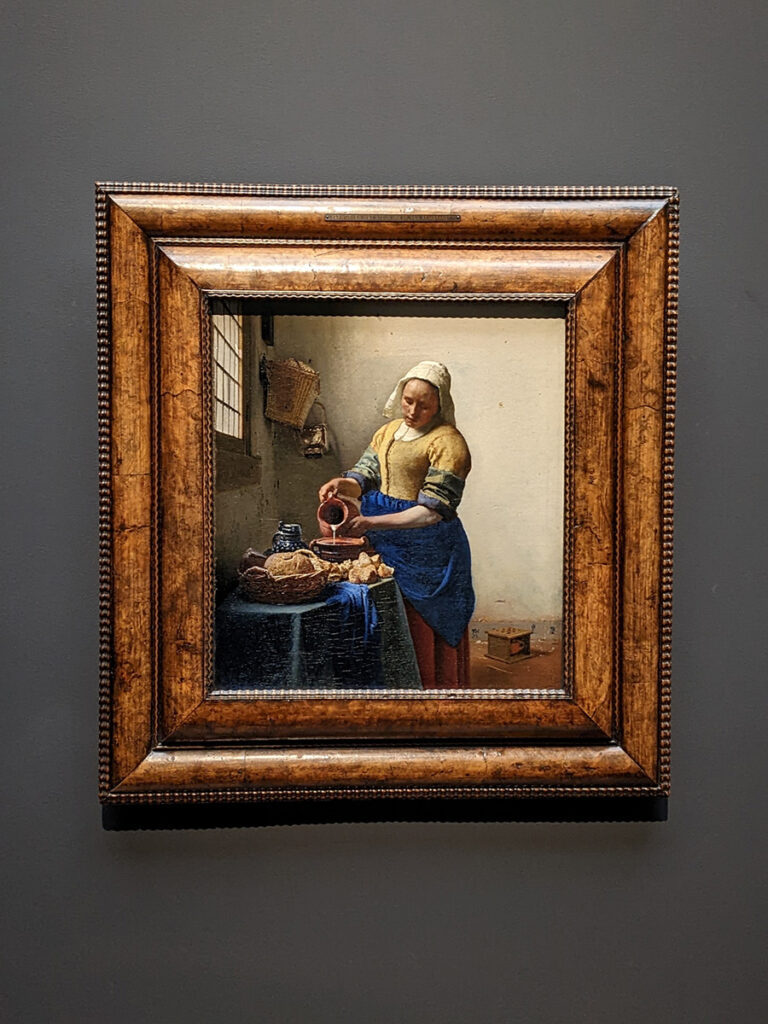
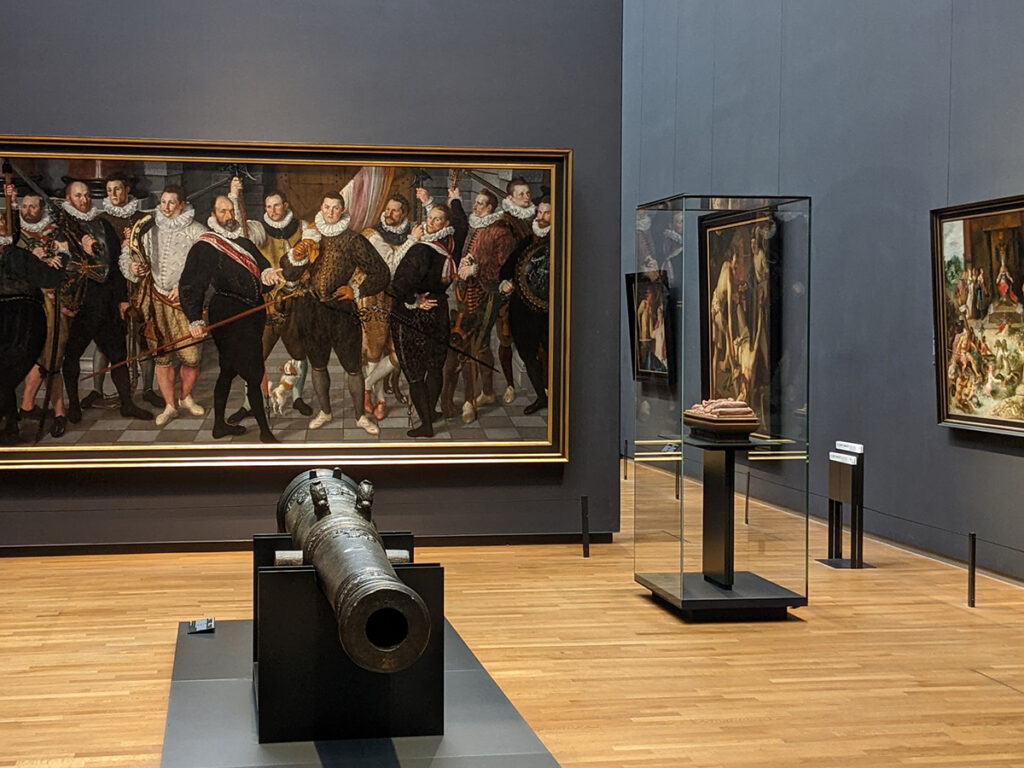
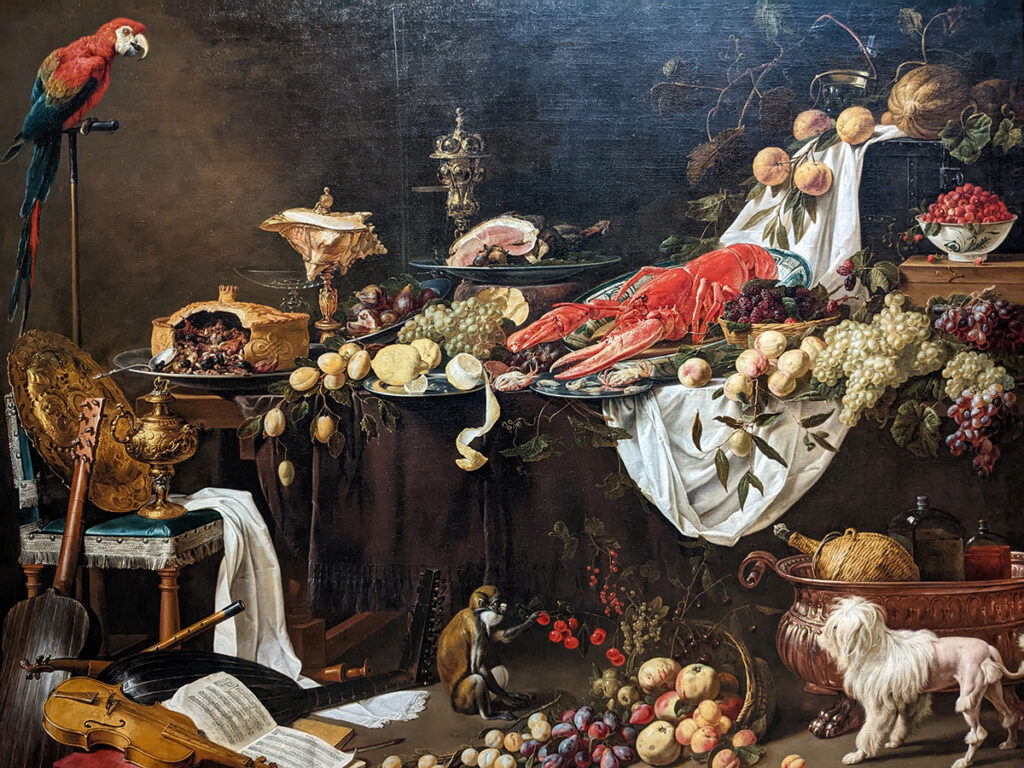
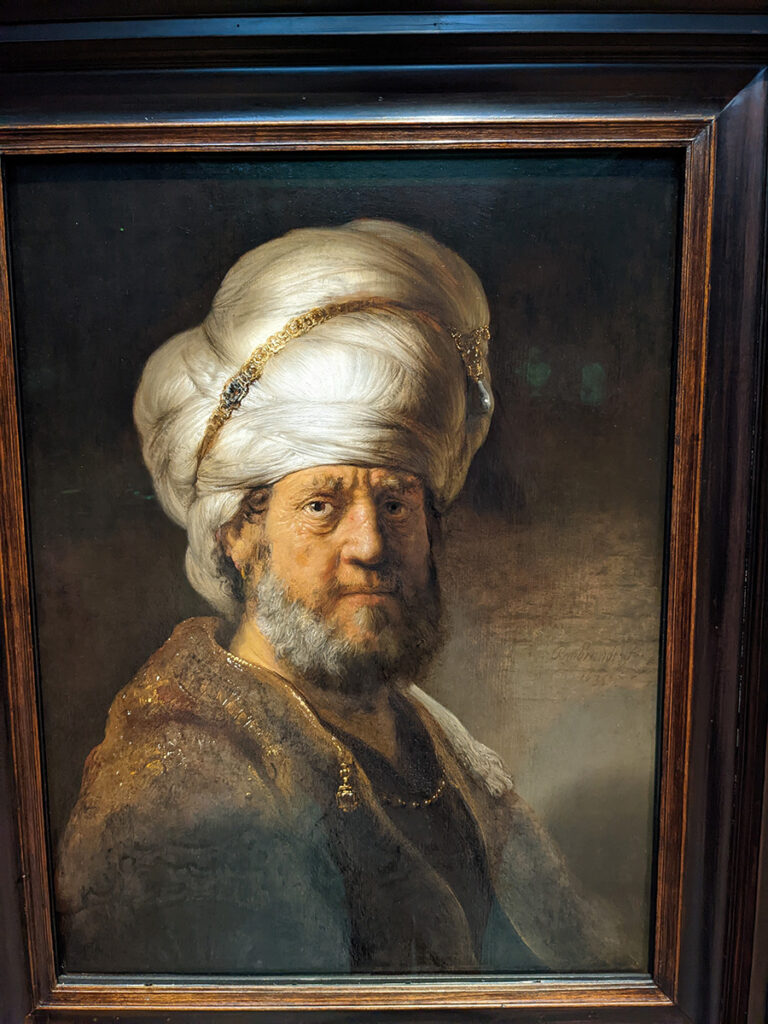

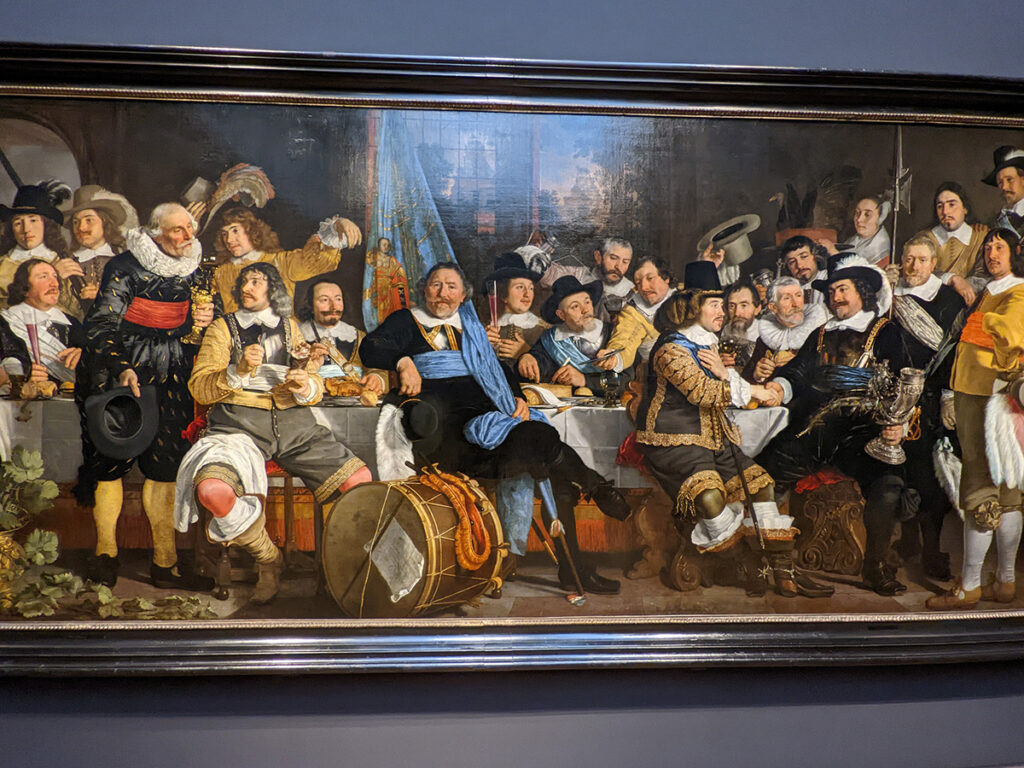
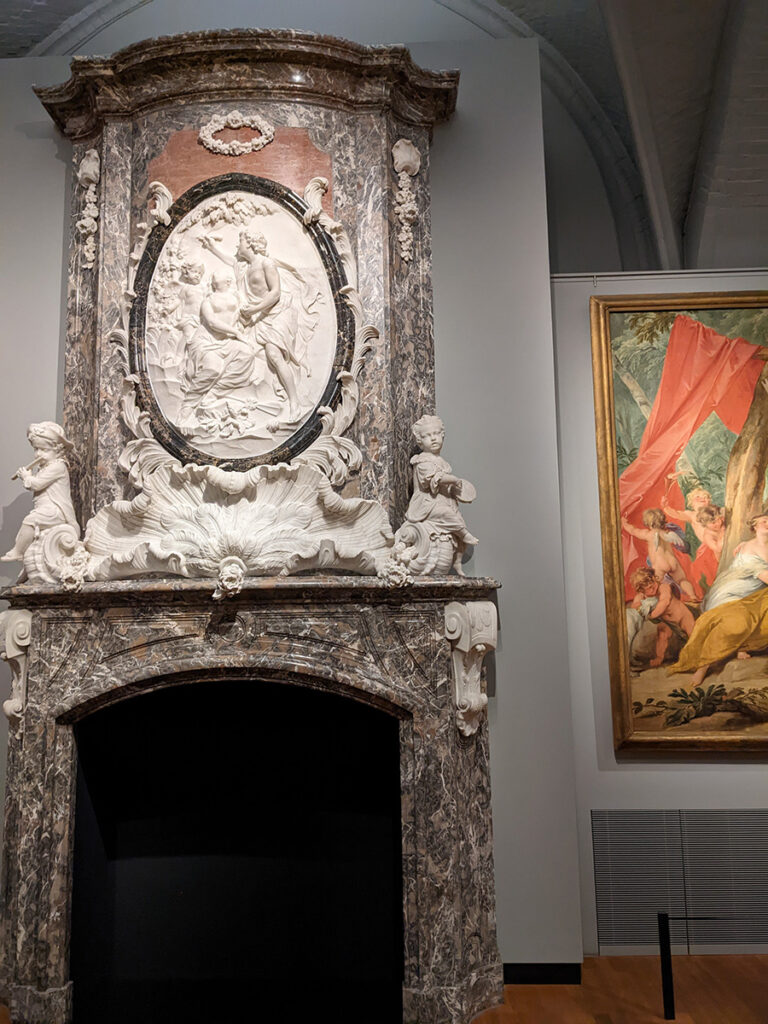


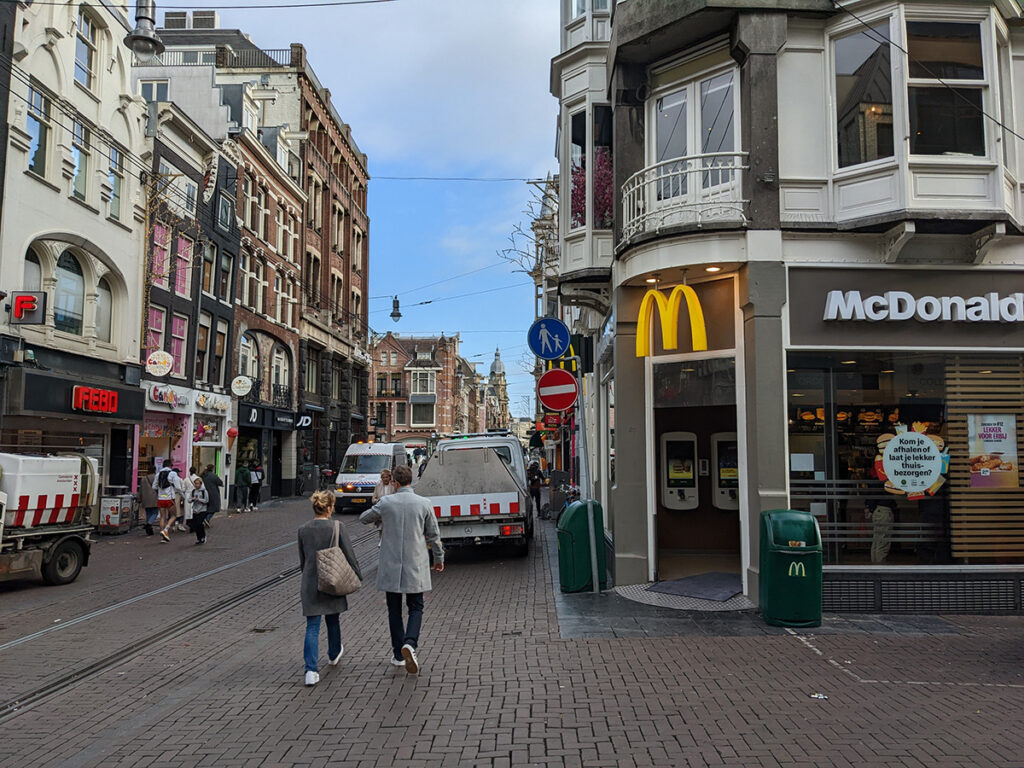
Van Gogh Museum
This was a rather disappointing visit. He was a broke artist who mostly painted various versions of a self-portrait for a long time, so there wasn’t much variety. His most well-known painting, “Starry Night,” hangs in New York, and there wasn’t anything nearly as interesting in this museum. It would have been better to spend more time in the Rijksmuseum.

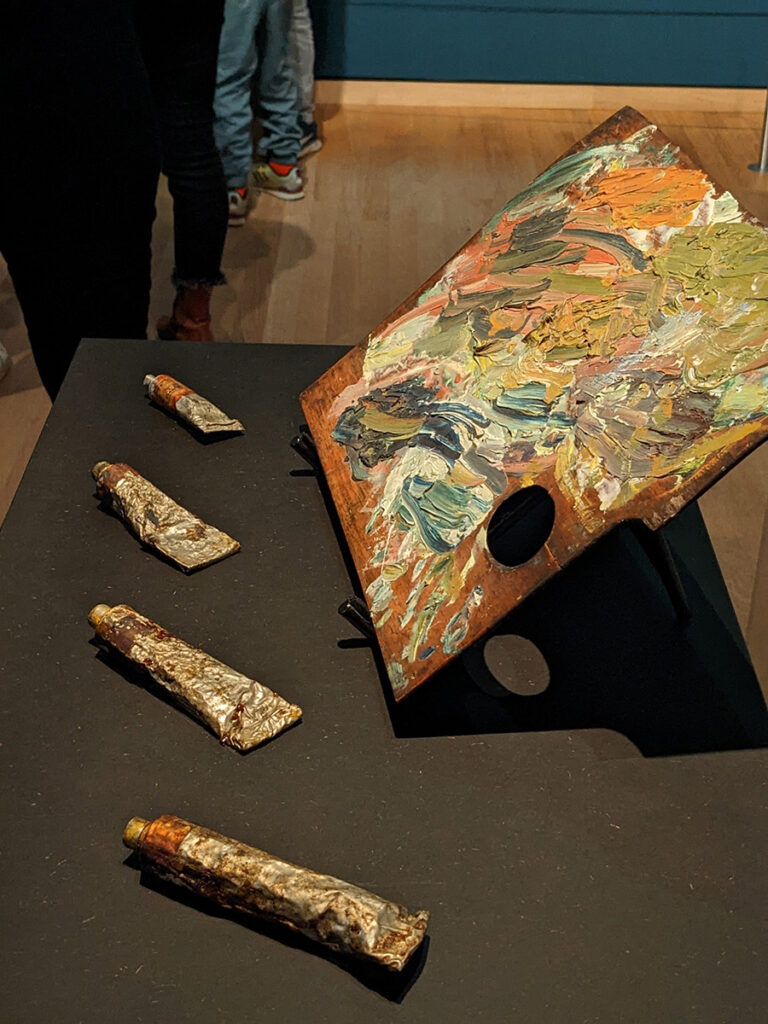
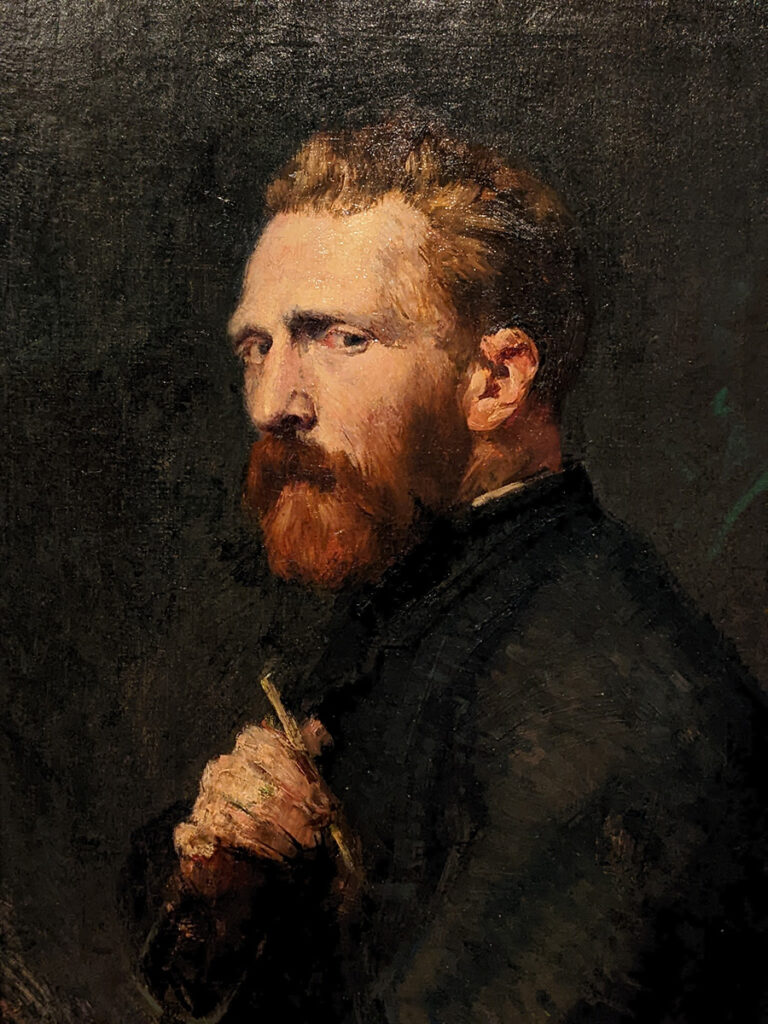
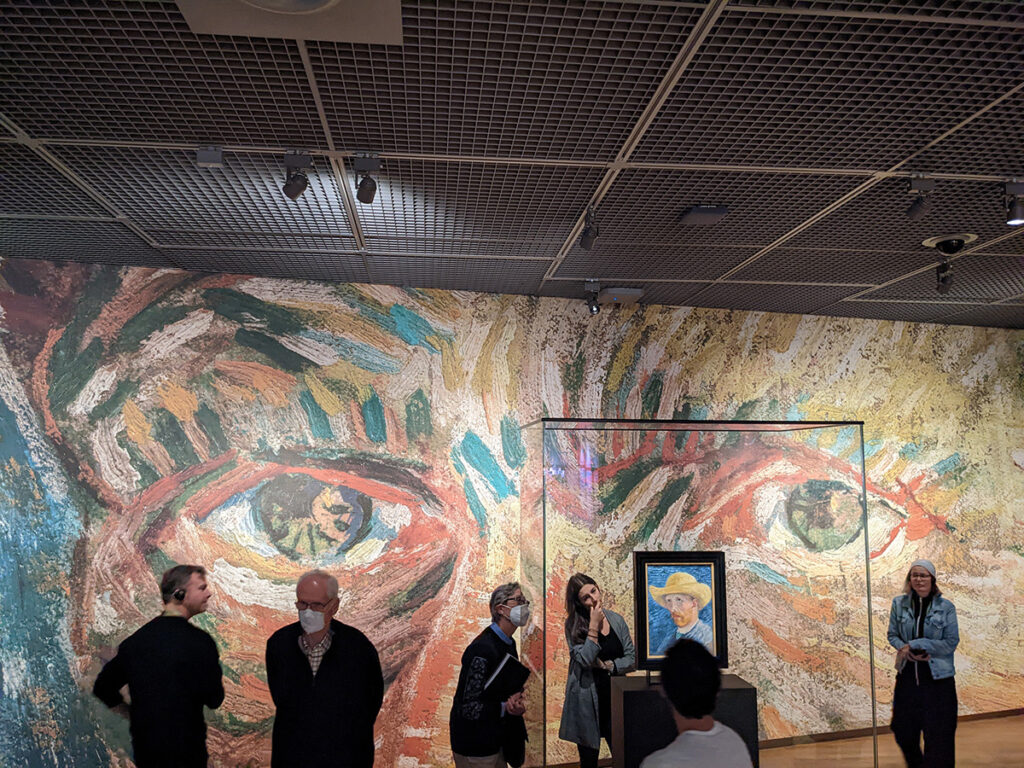
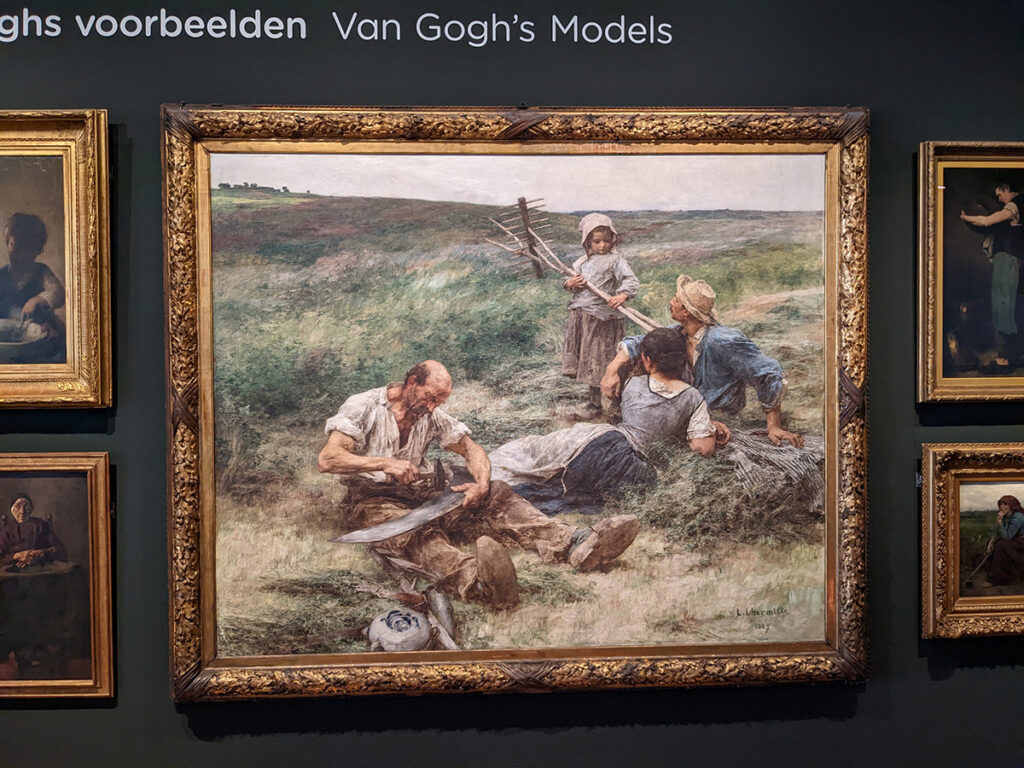

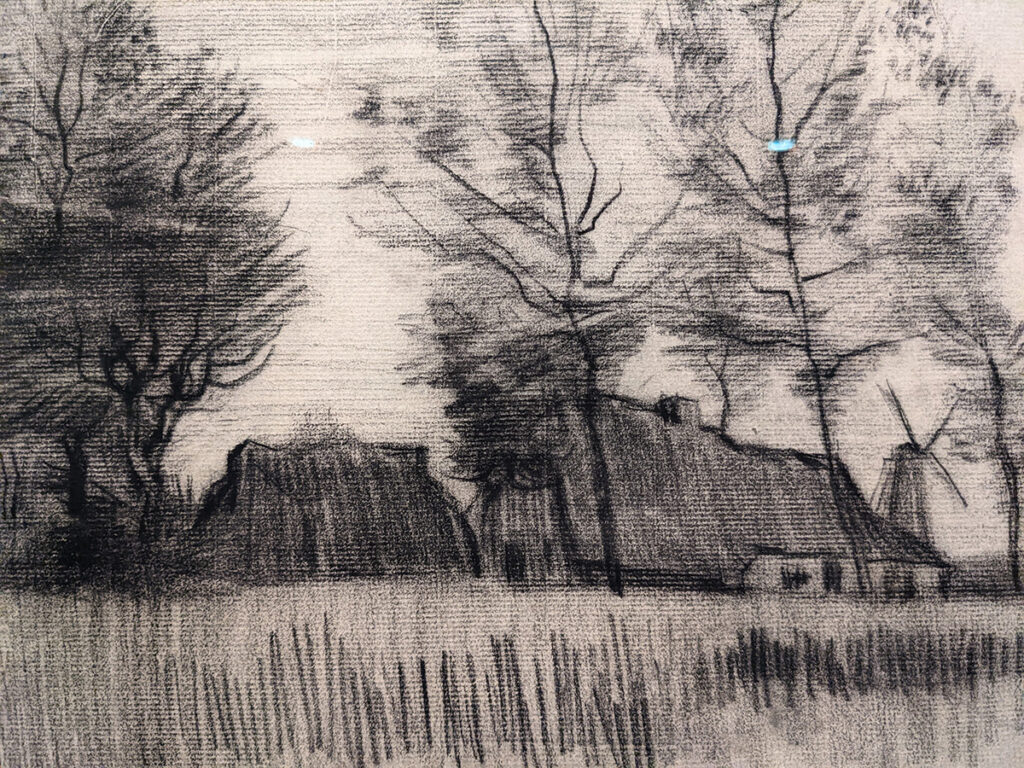
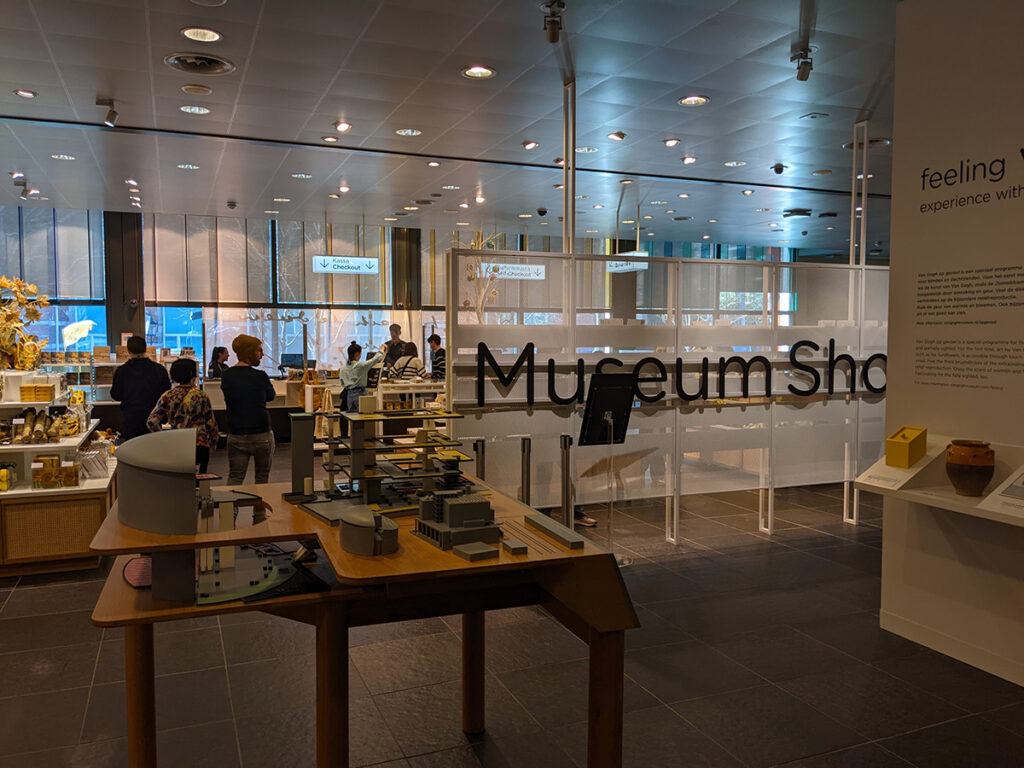



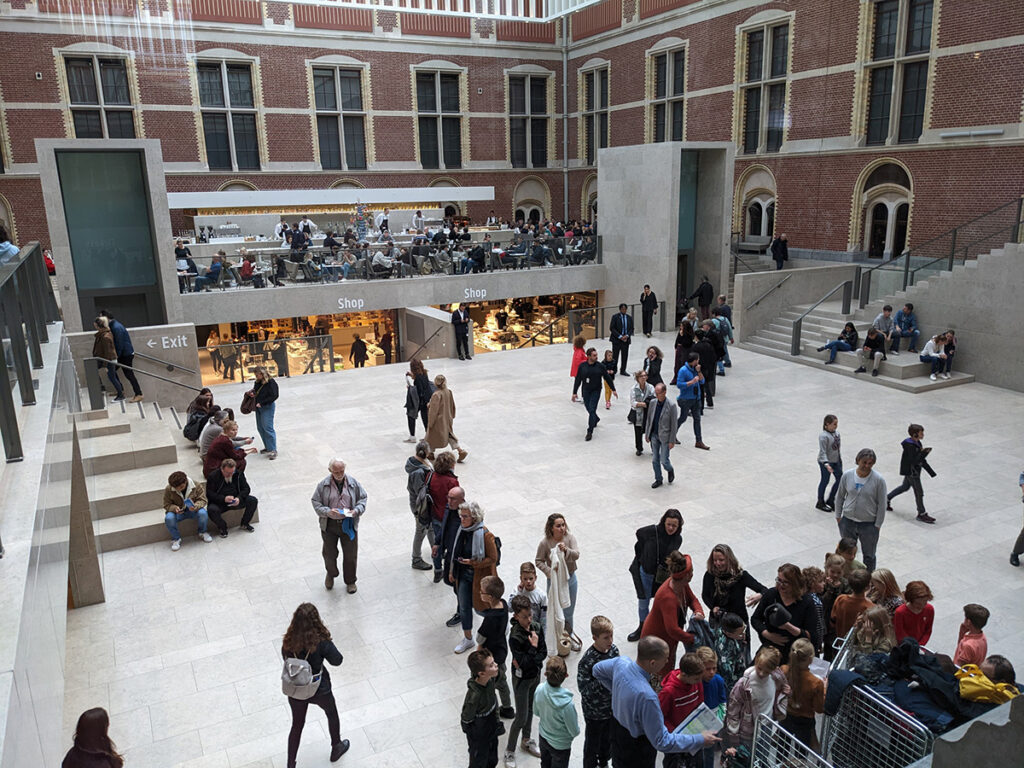
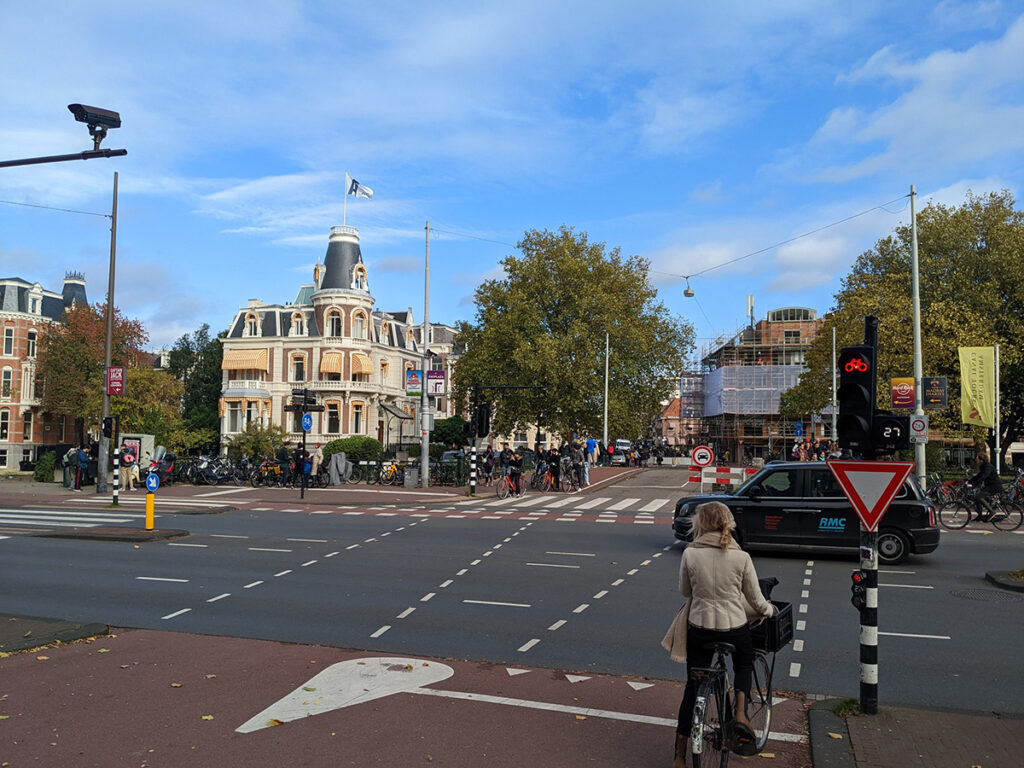

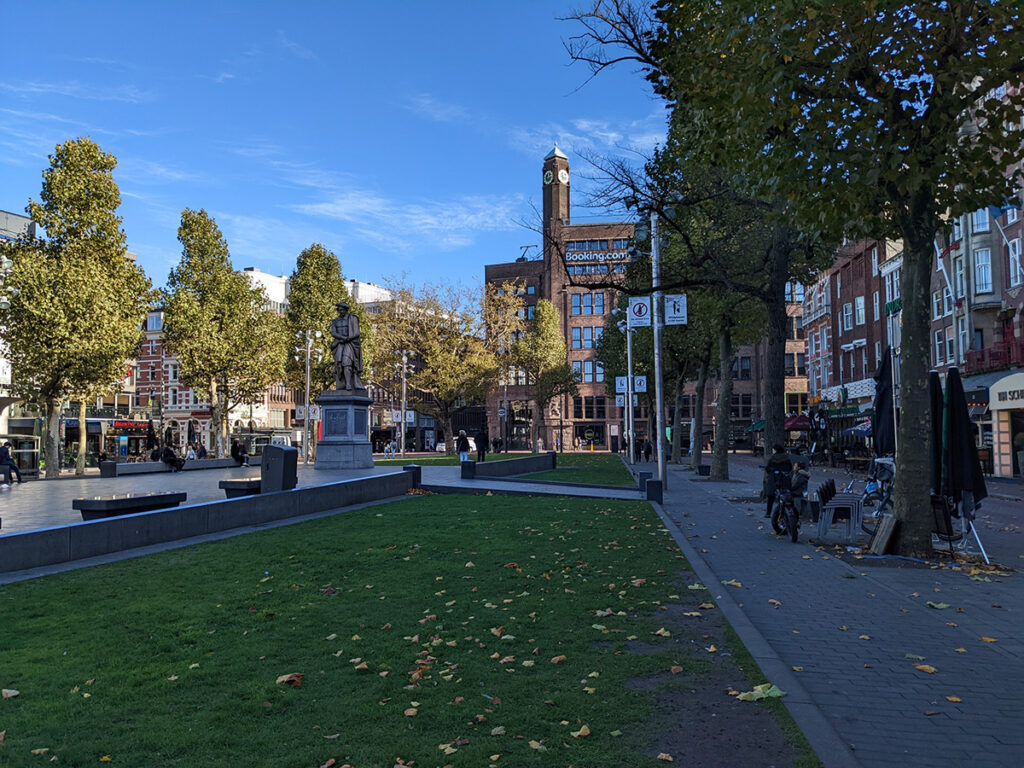


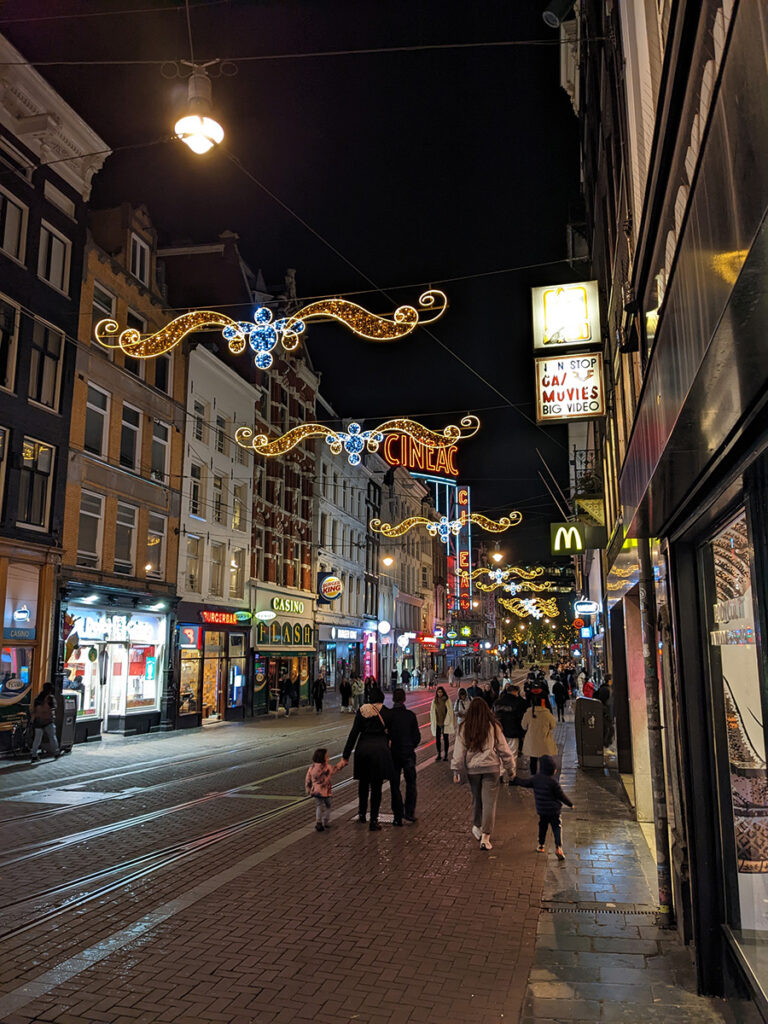
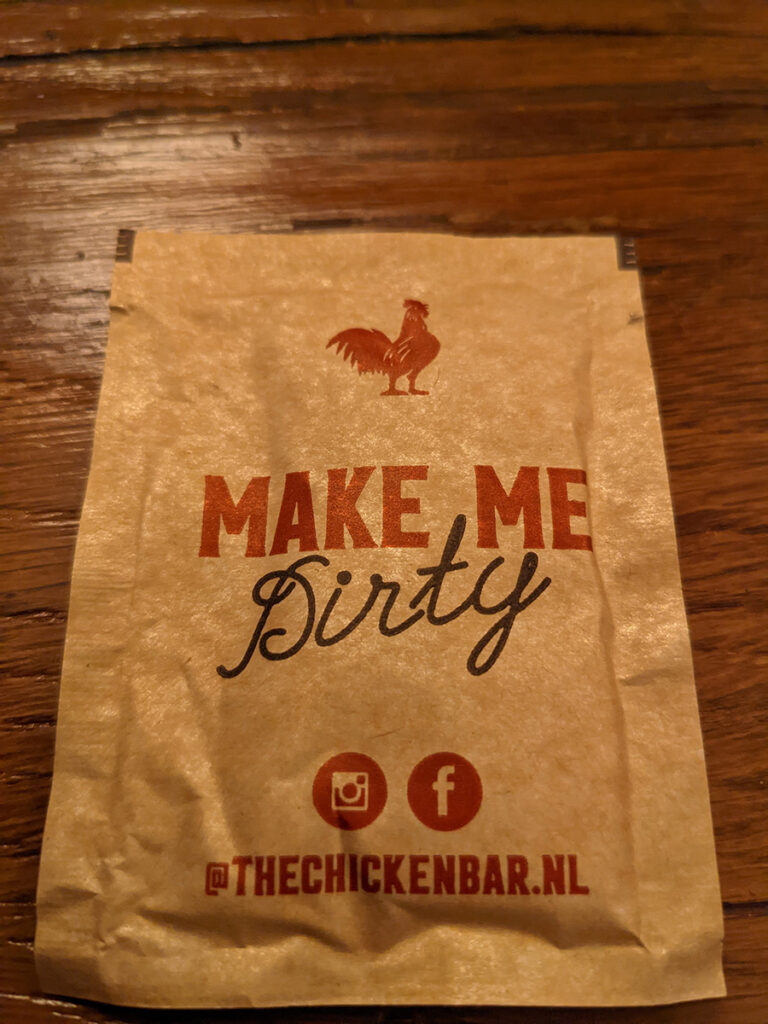
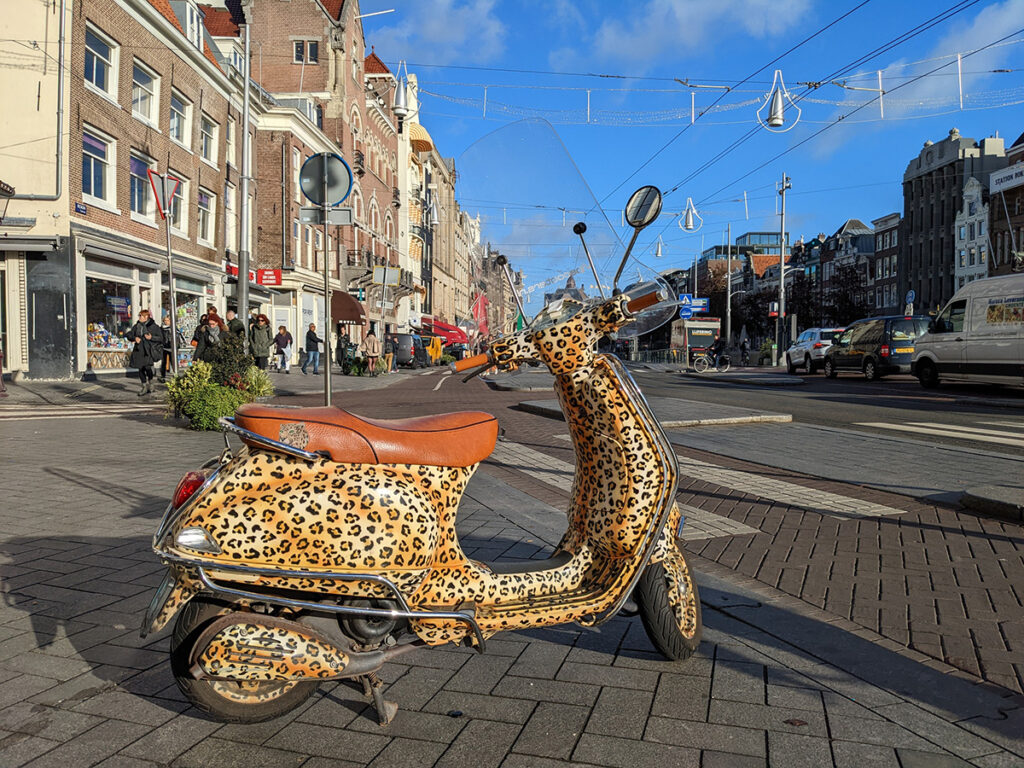
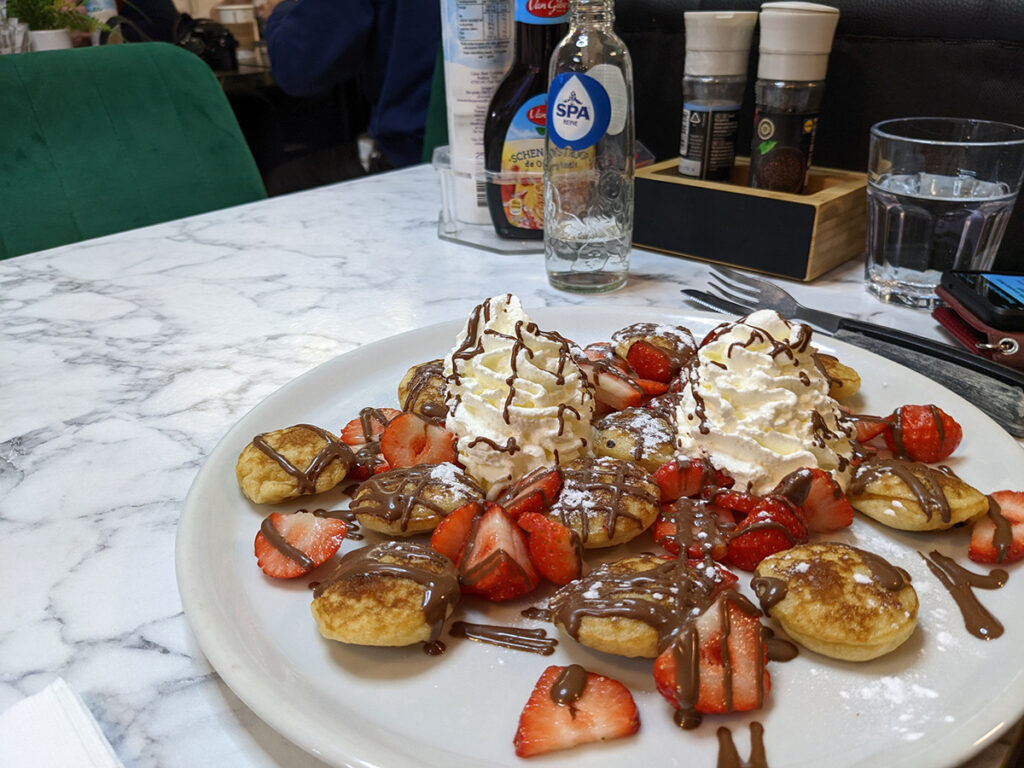
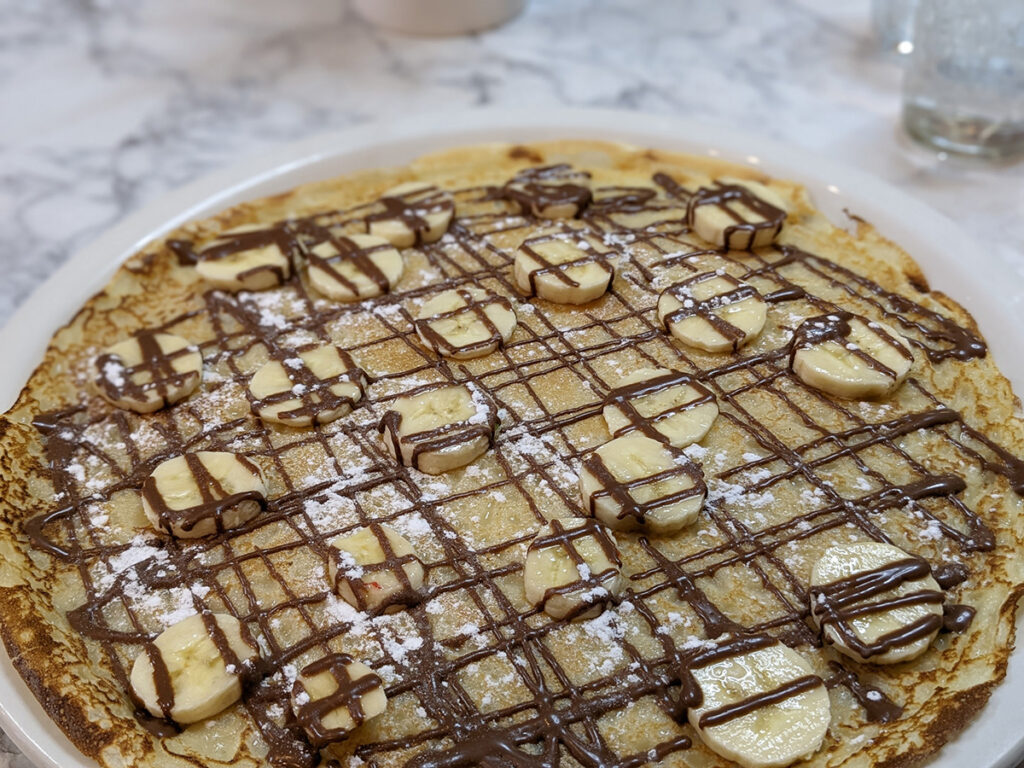
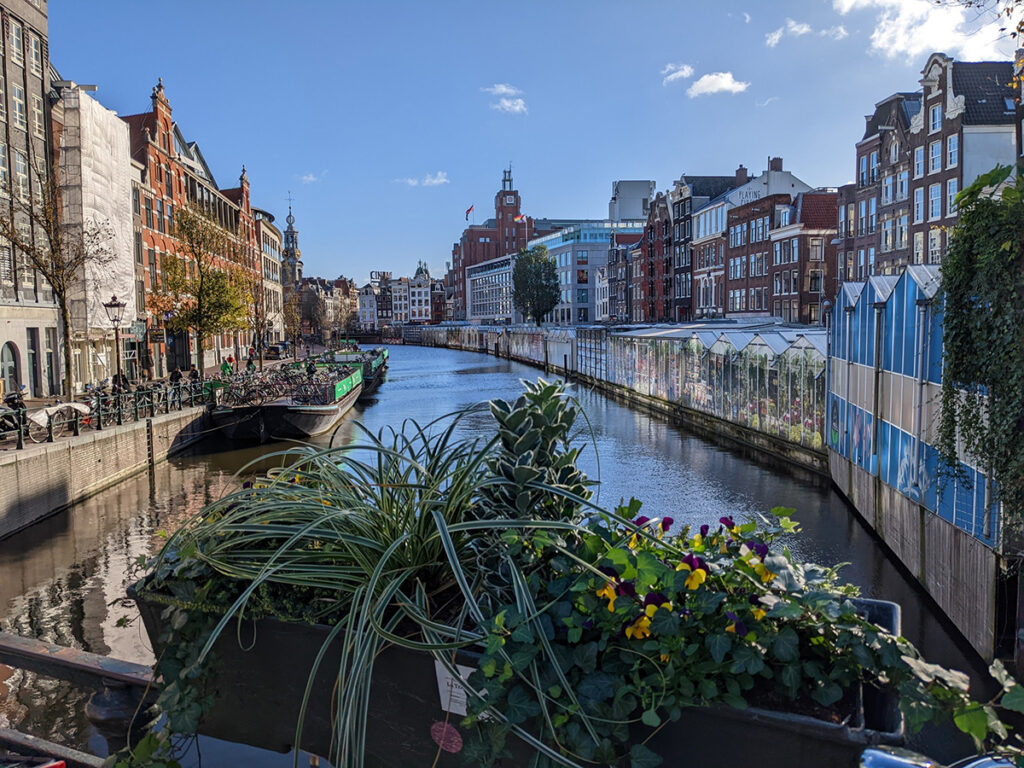


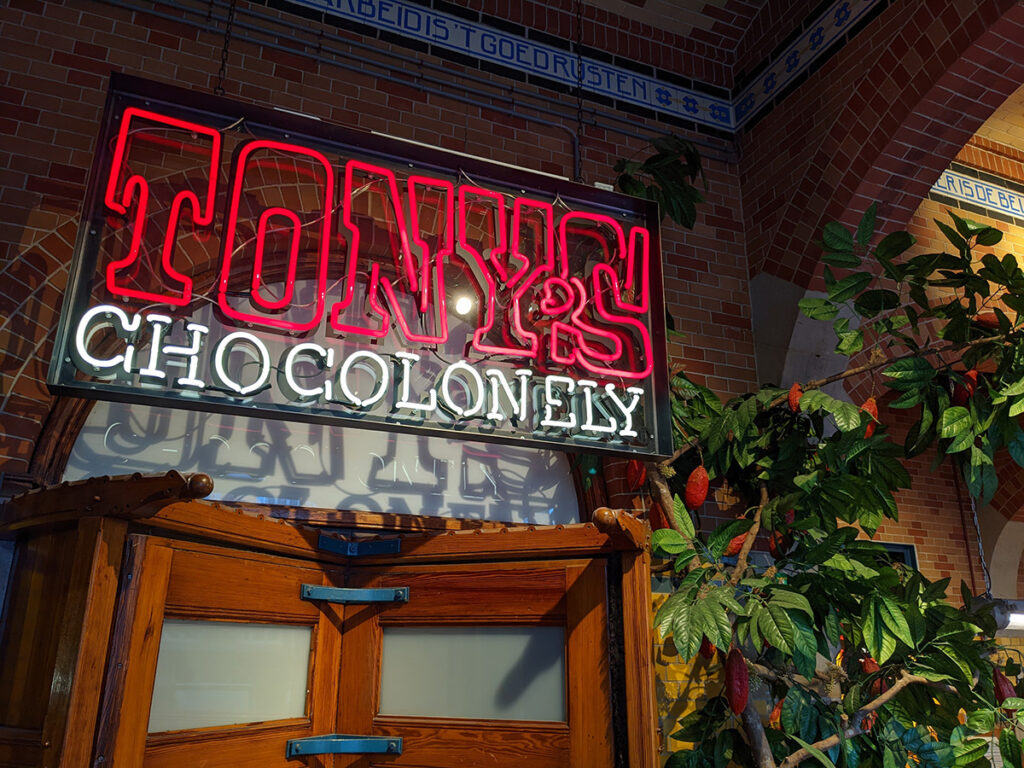
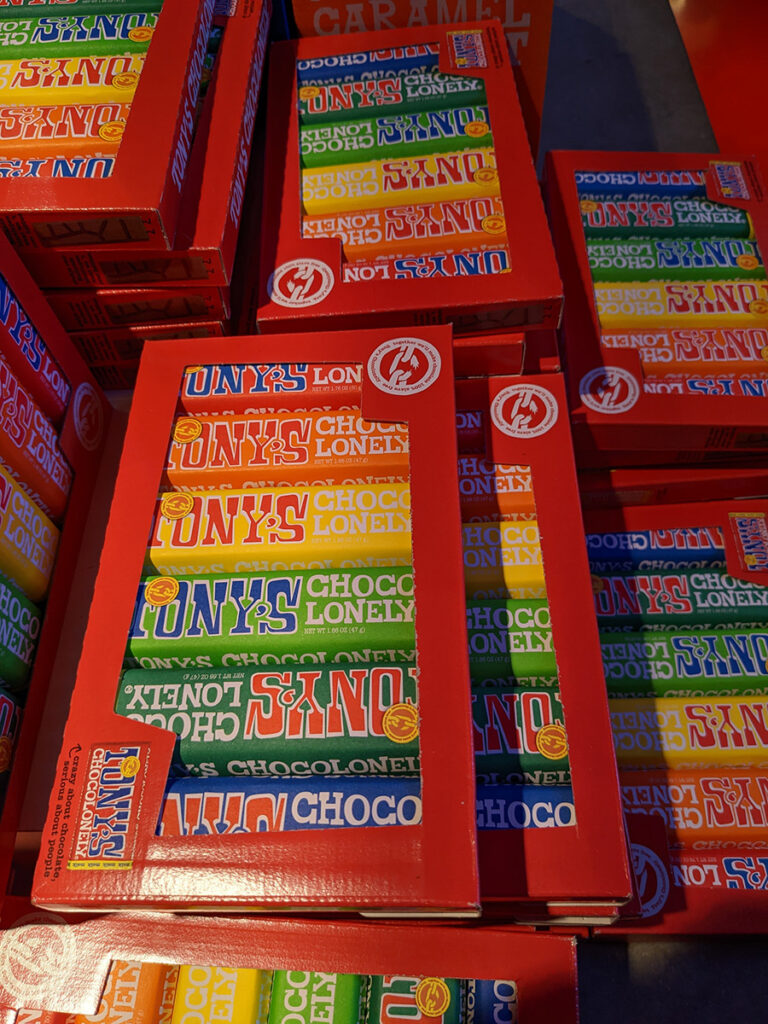
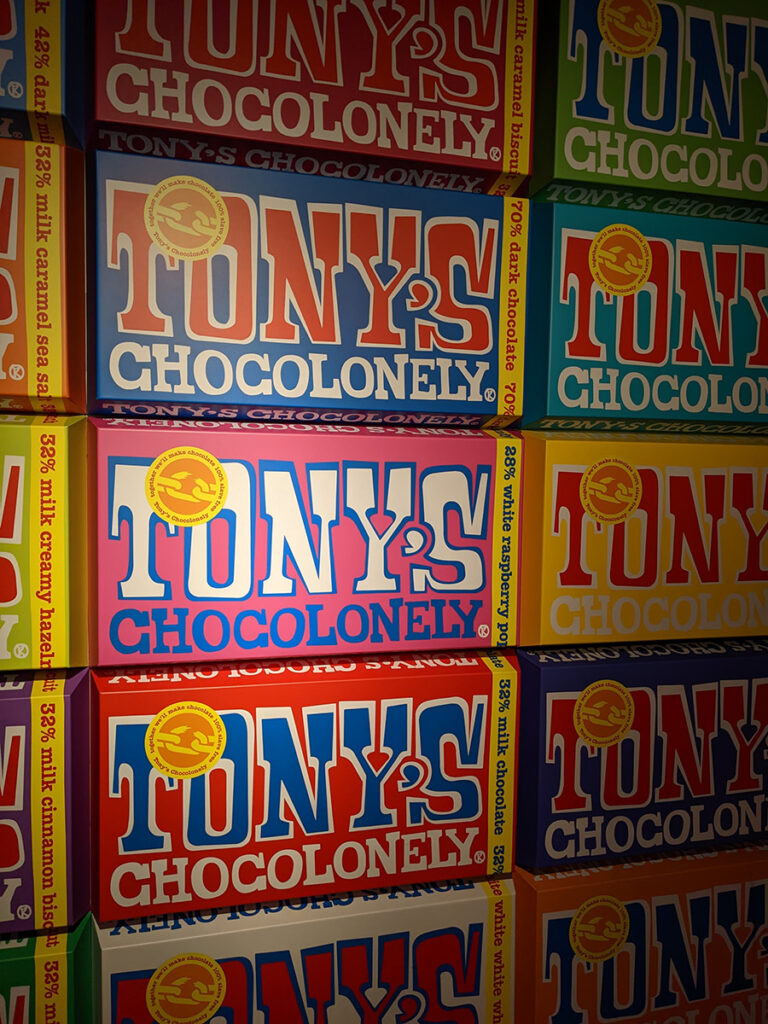
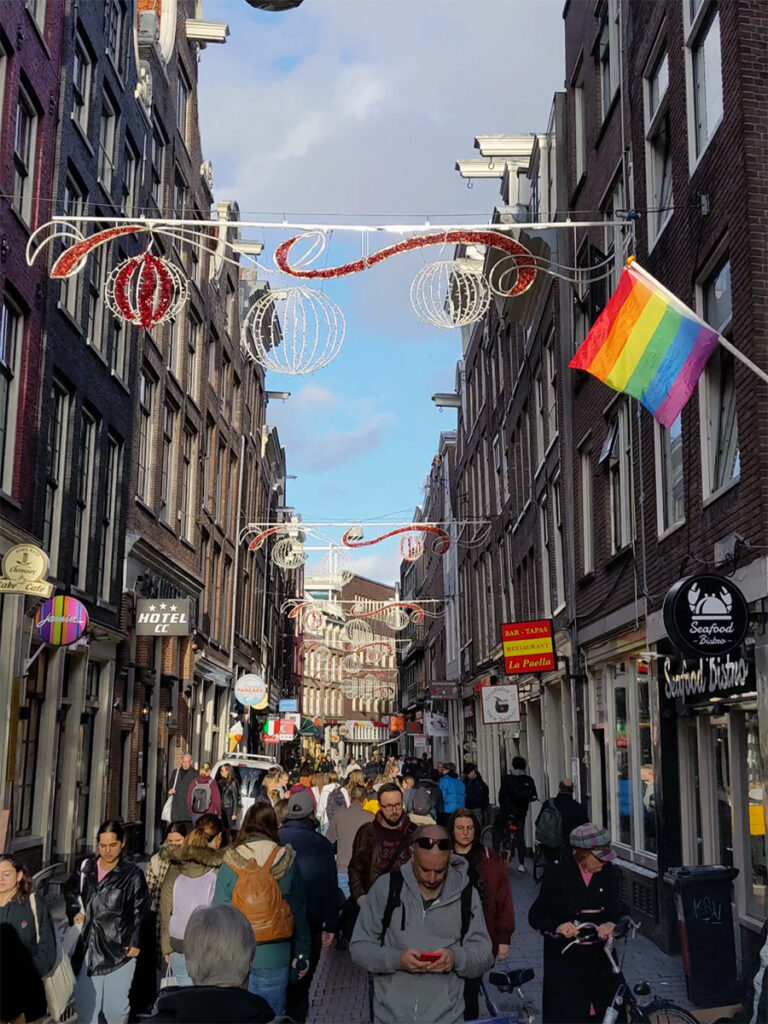
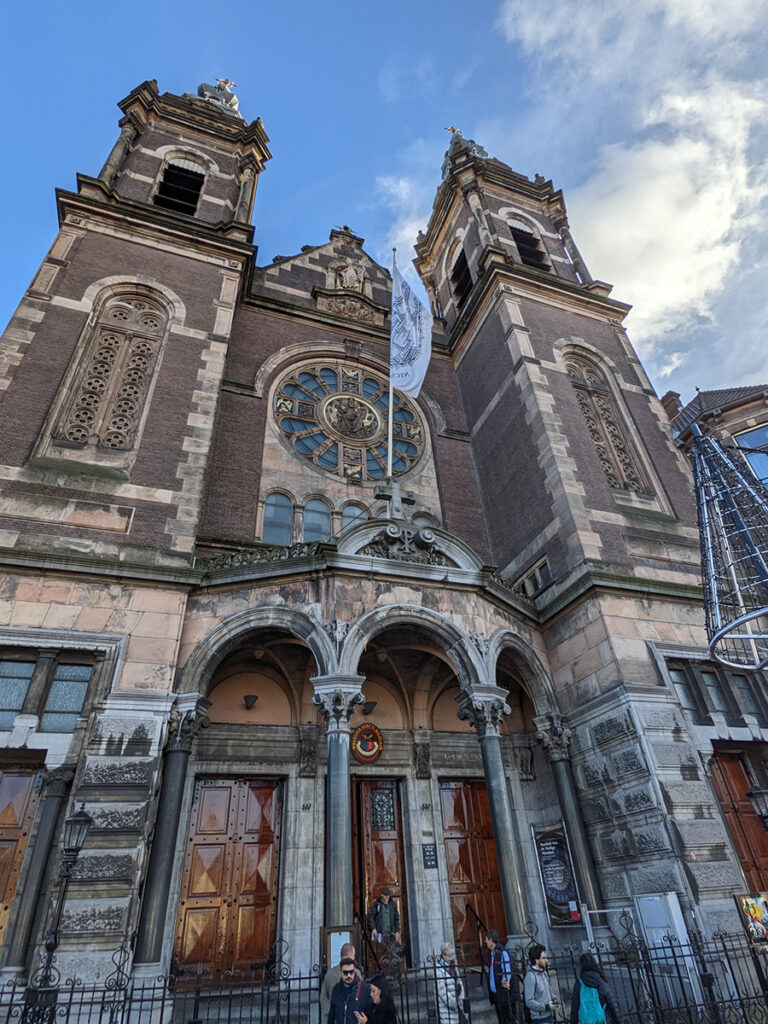
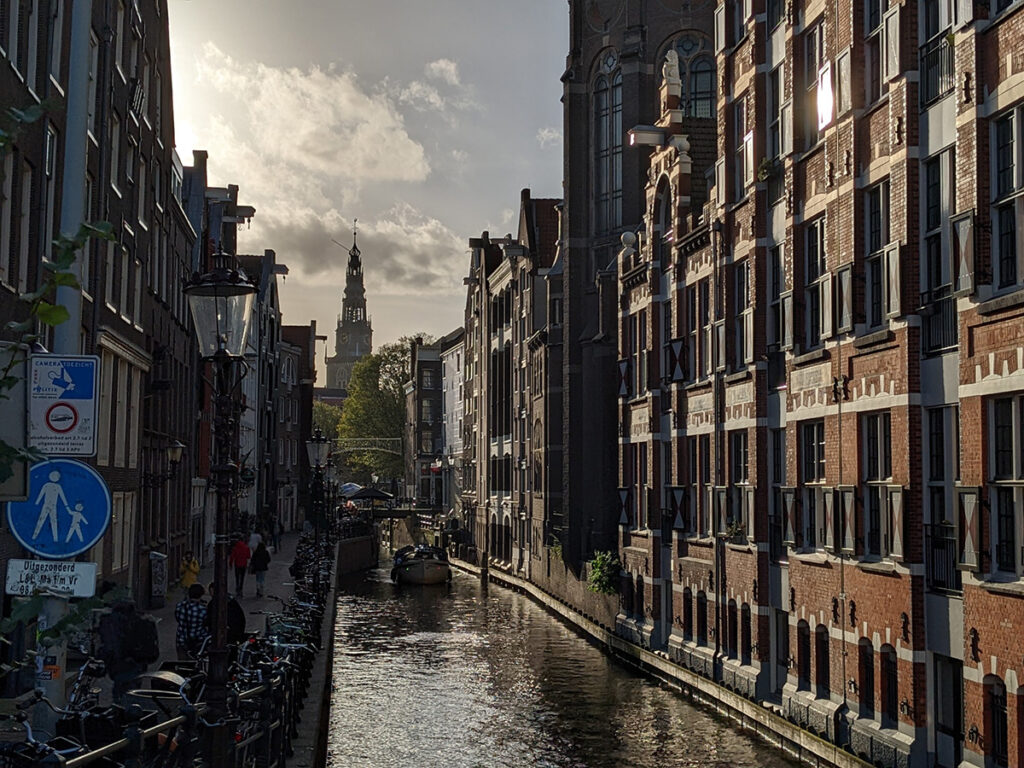

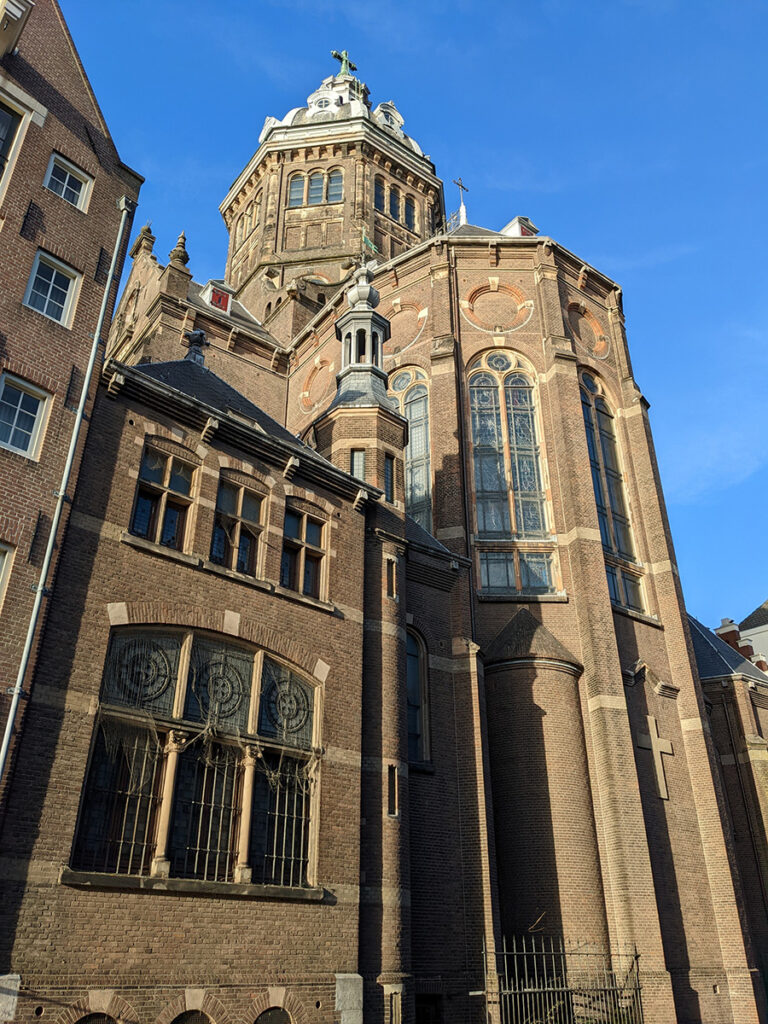

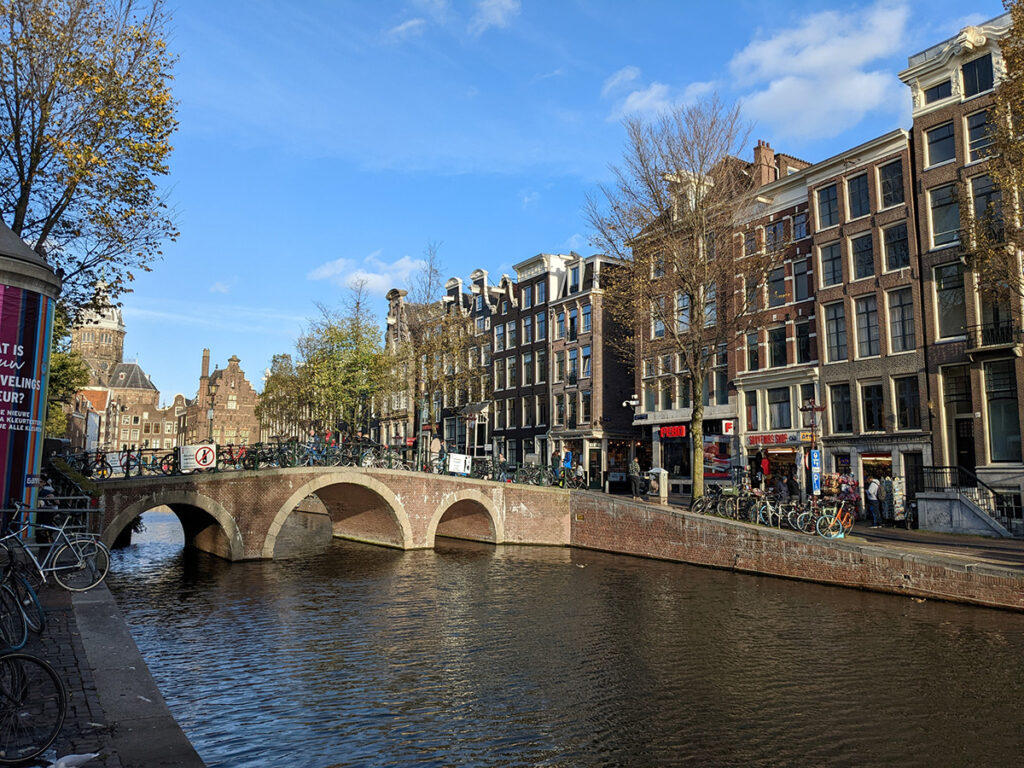

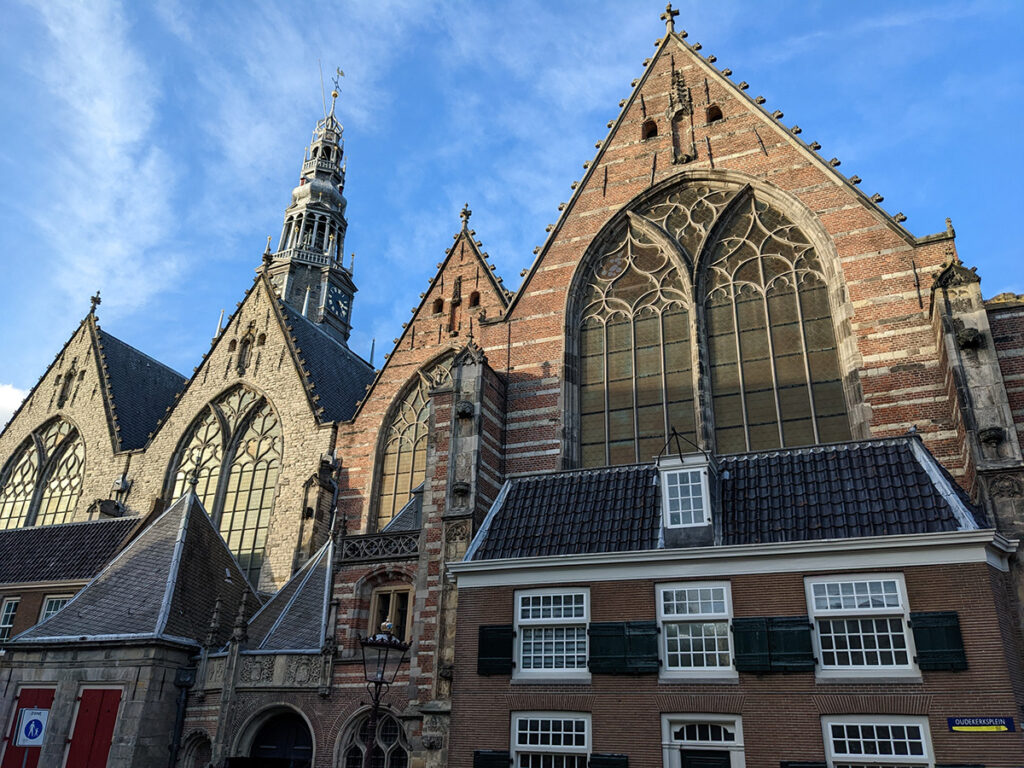

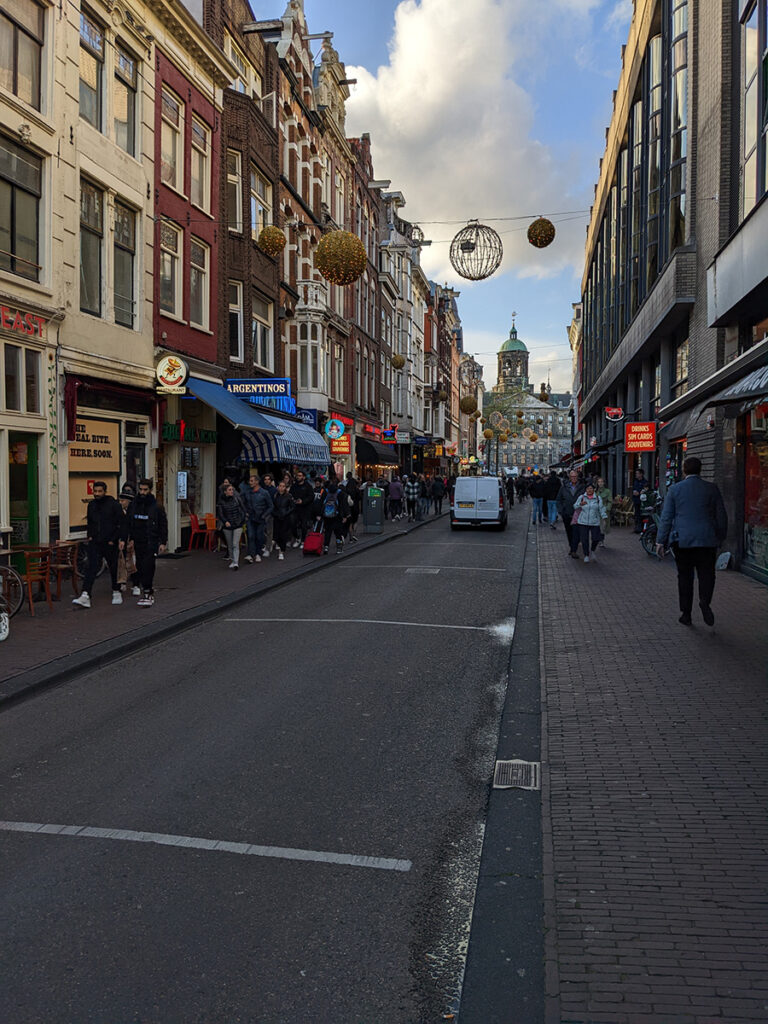
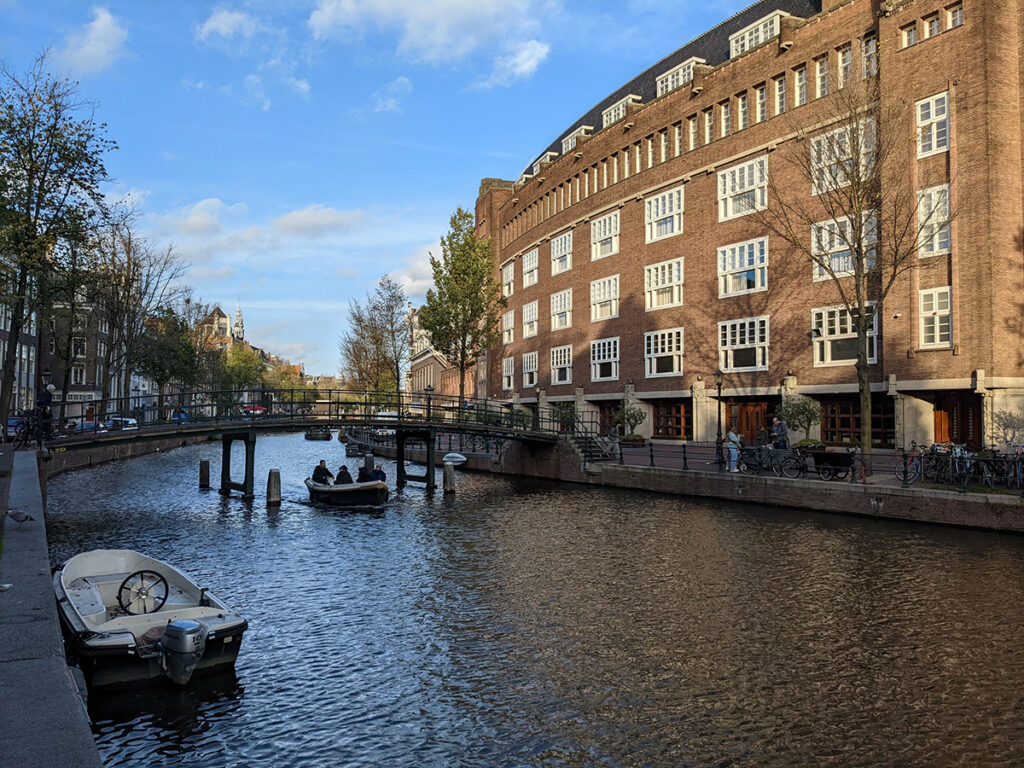
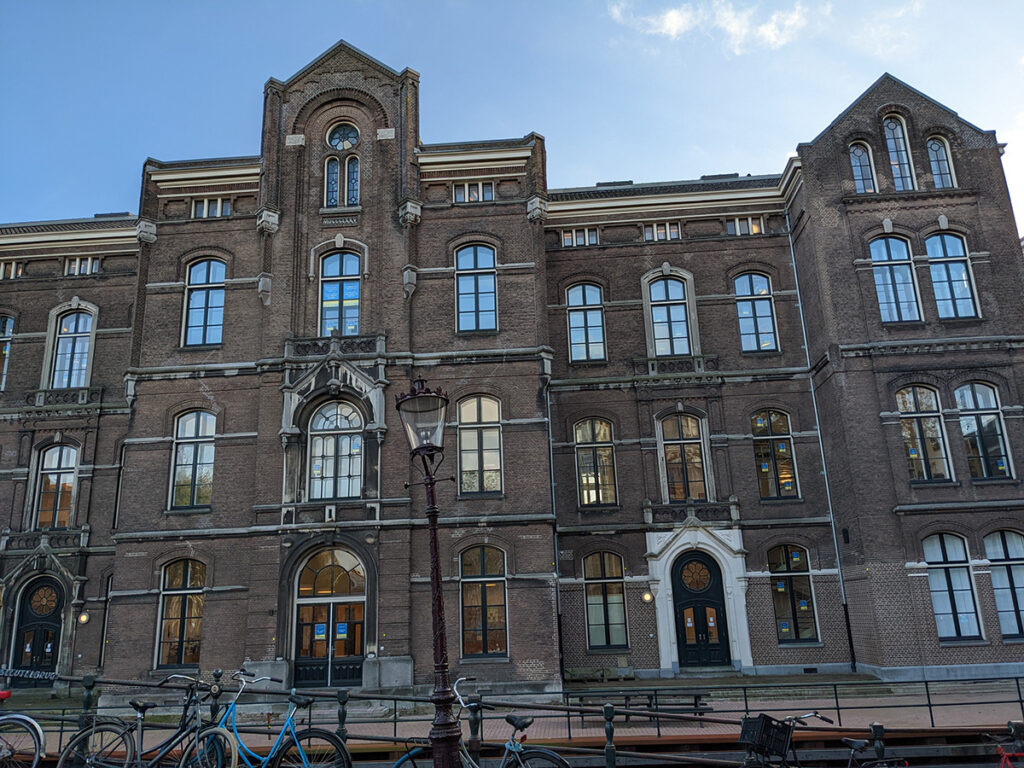


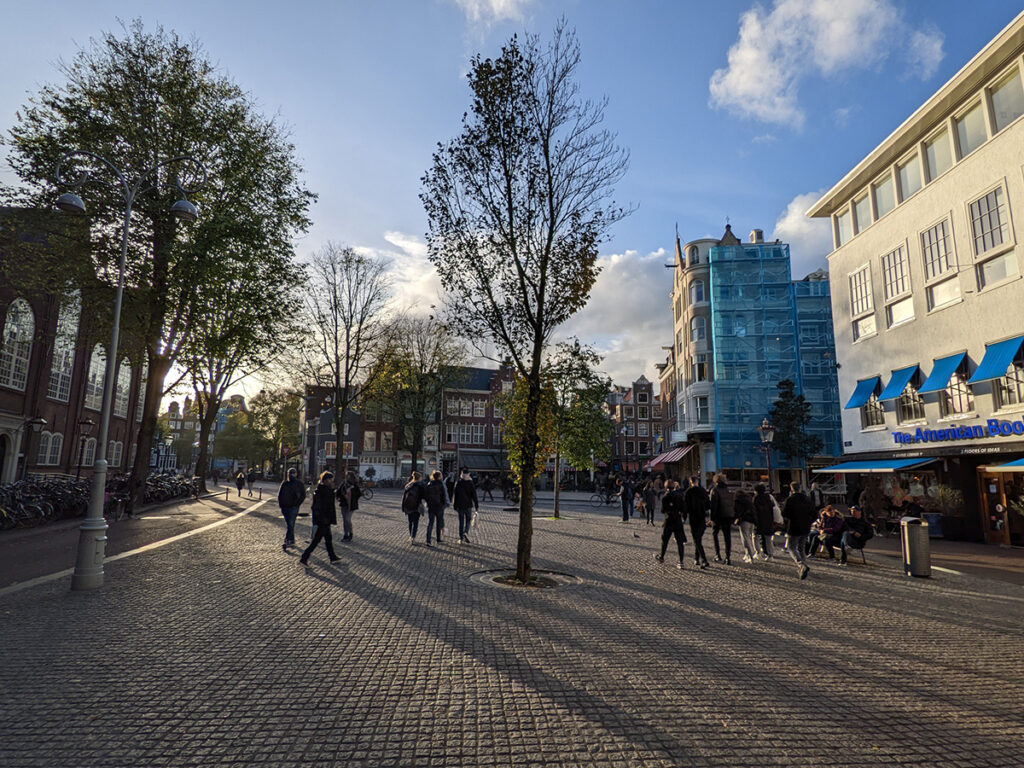


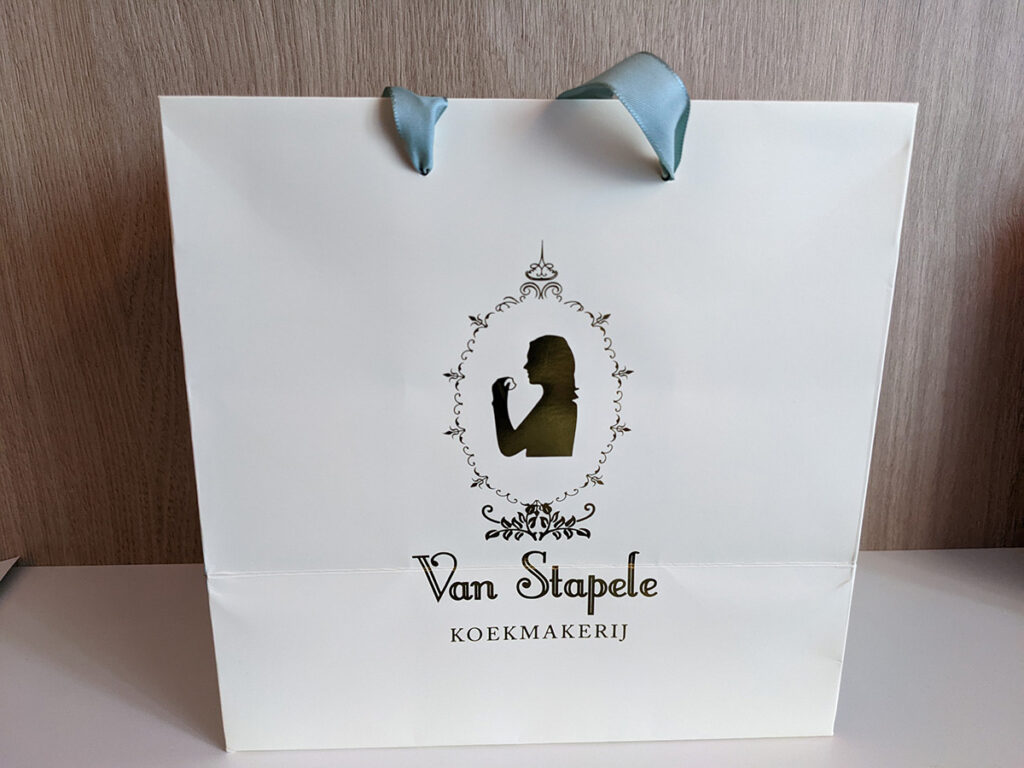
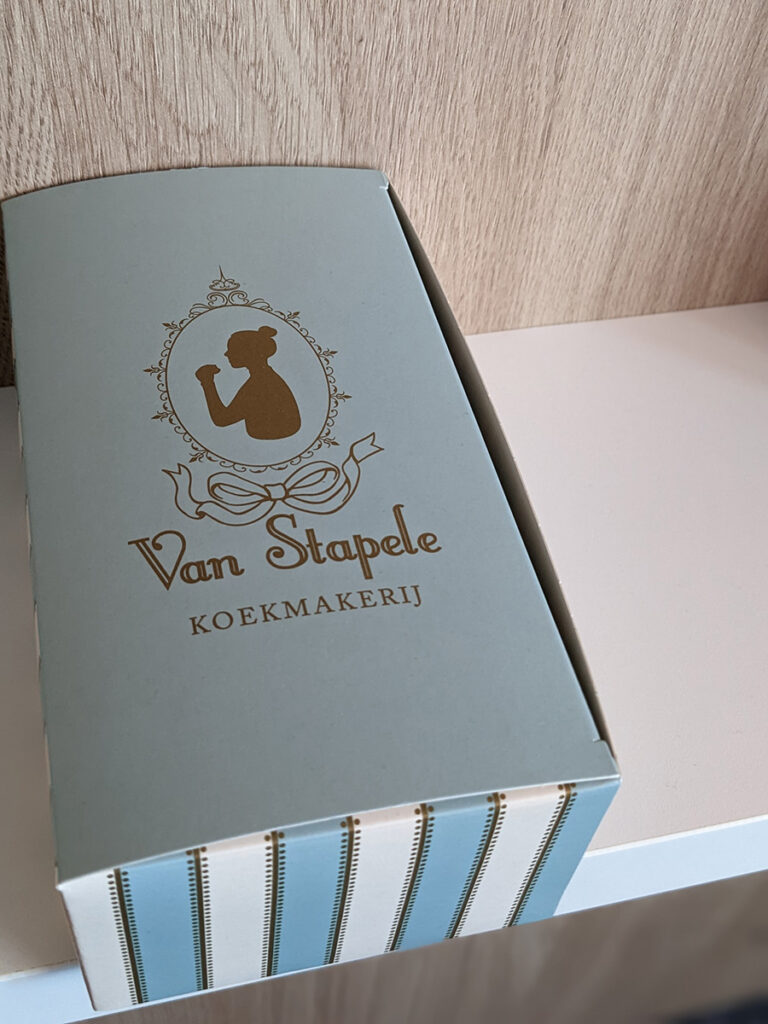
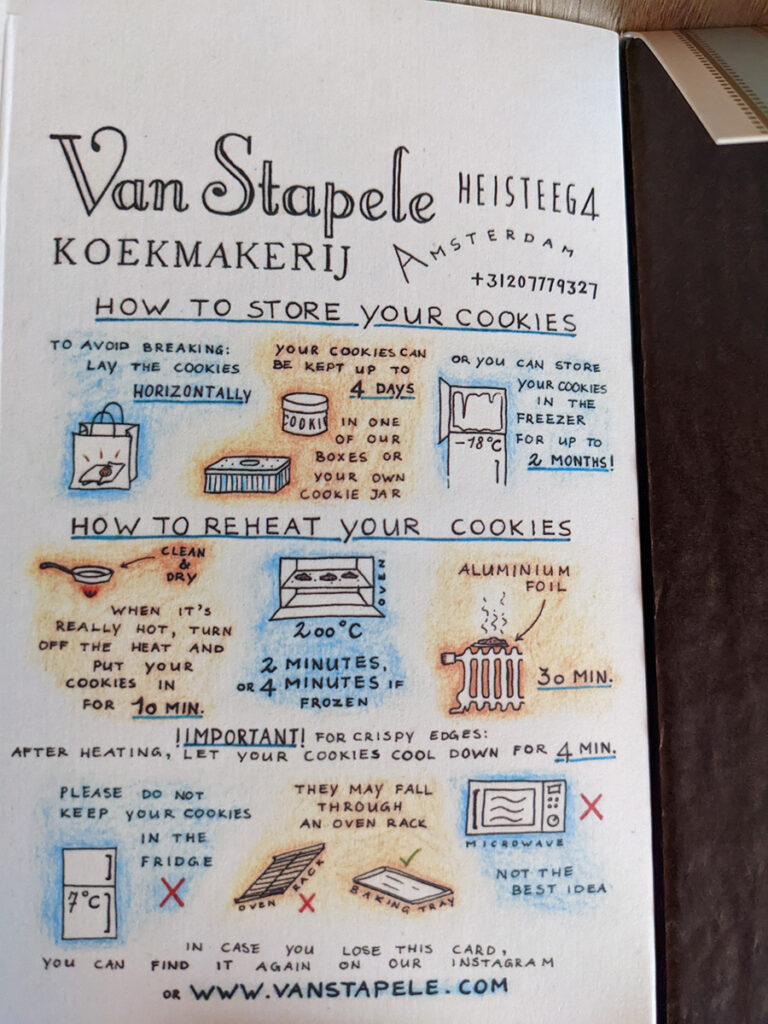
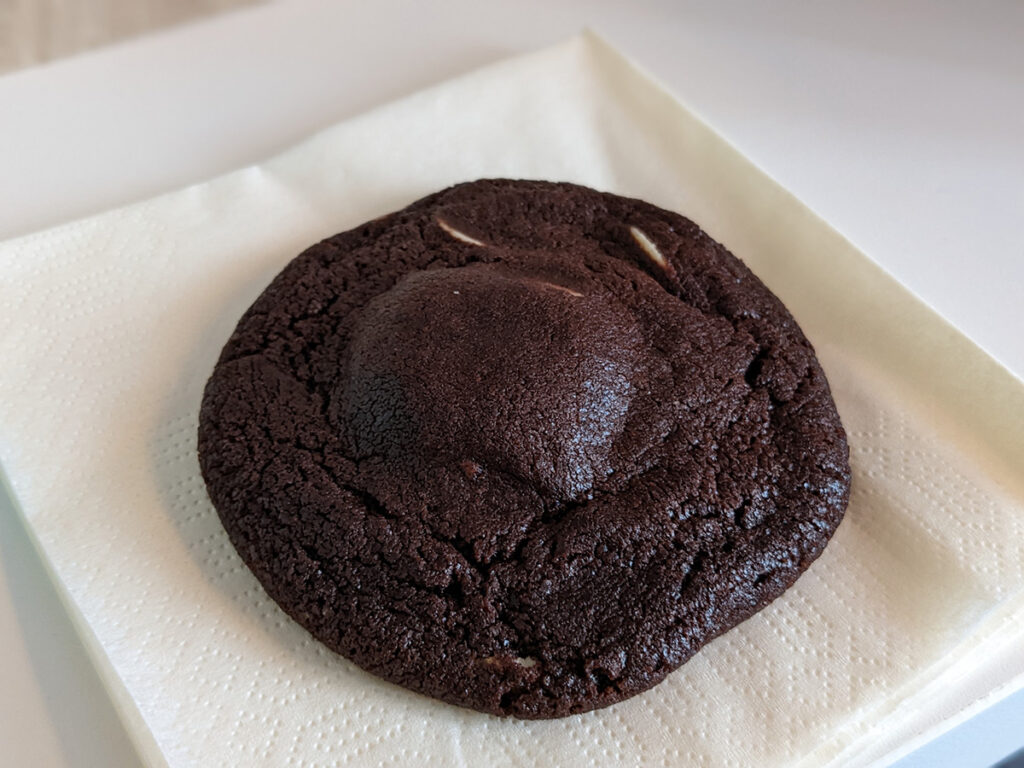
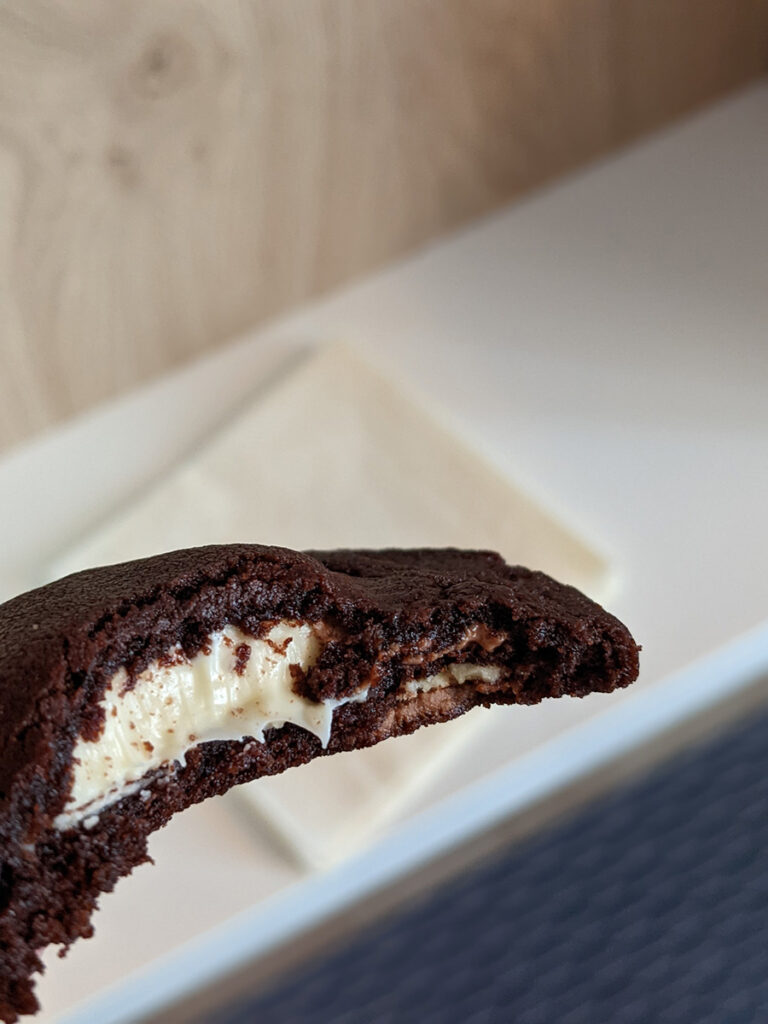

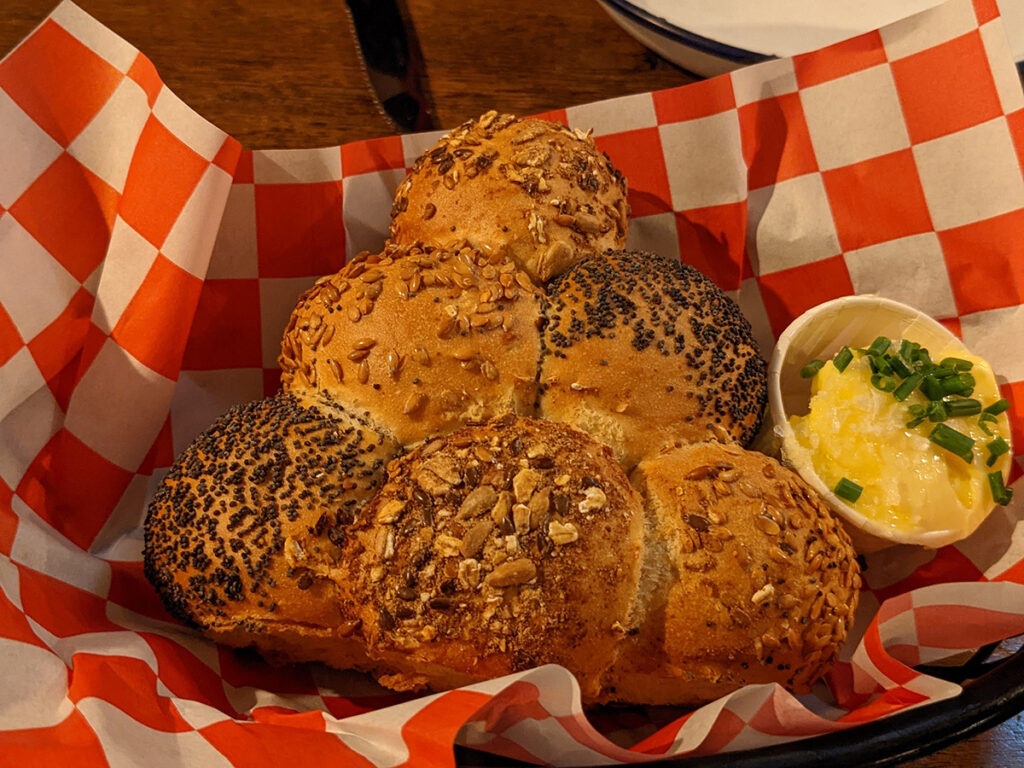
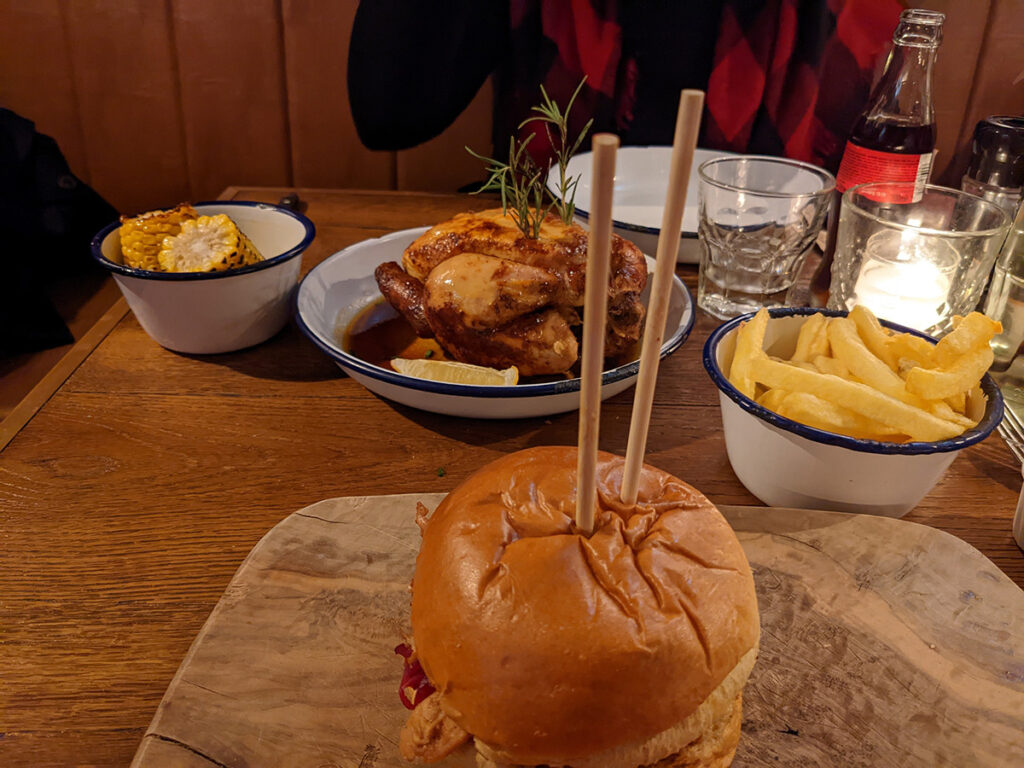
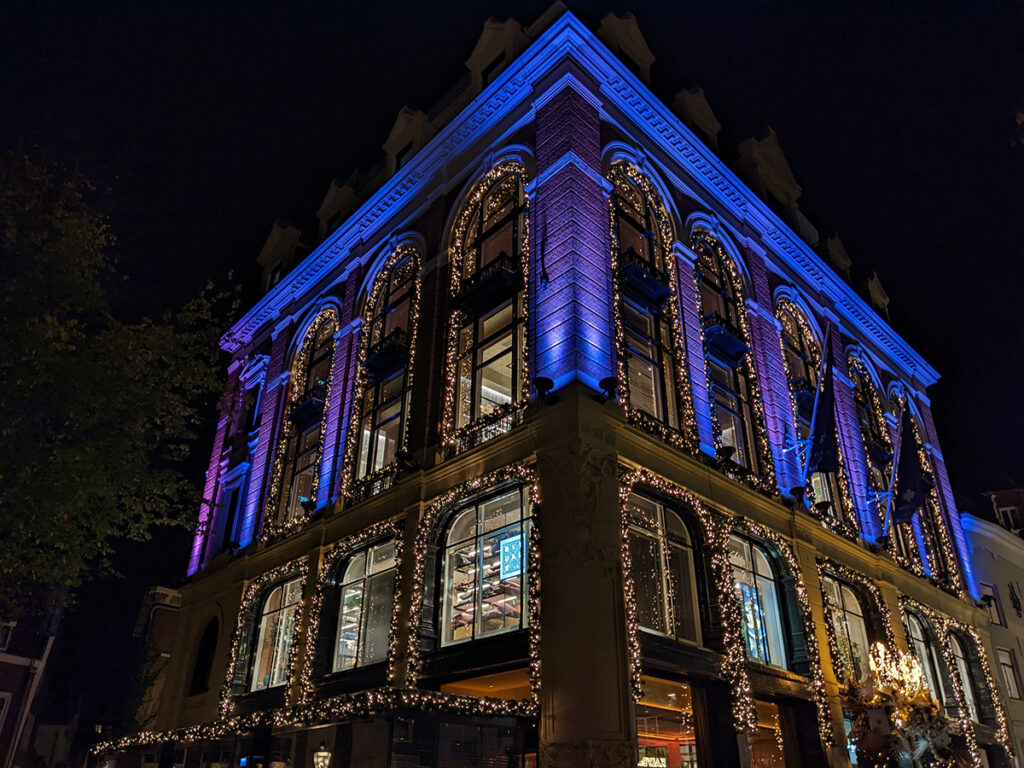



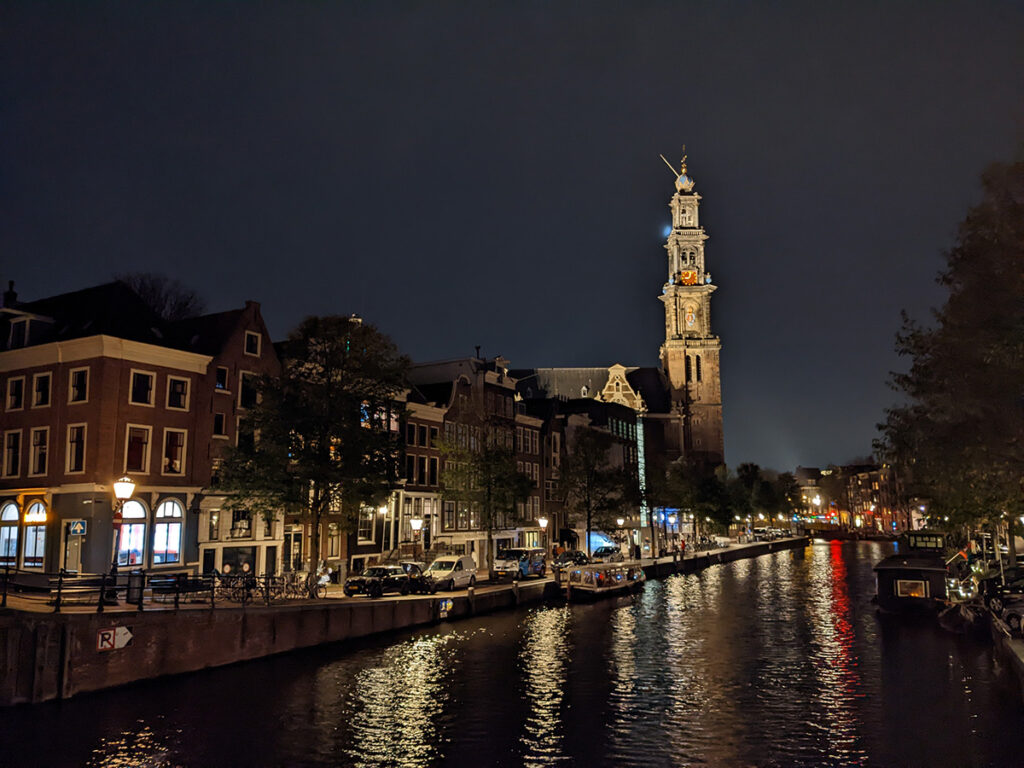
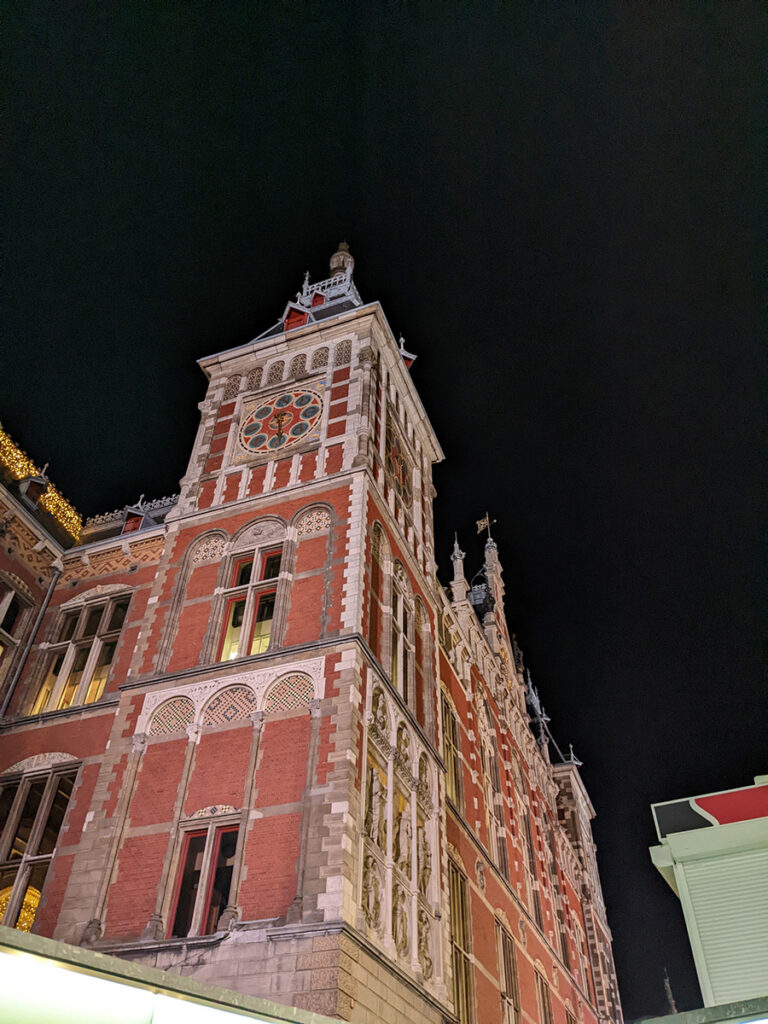
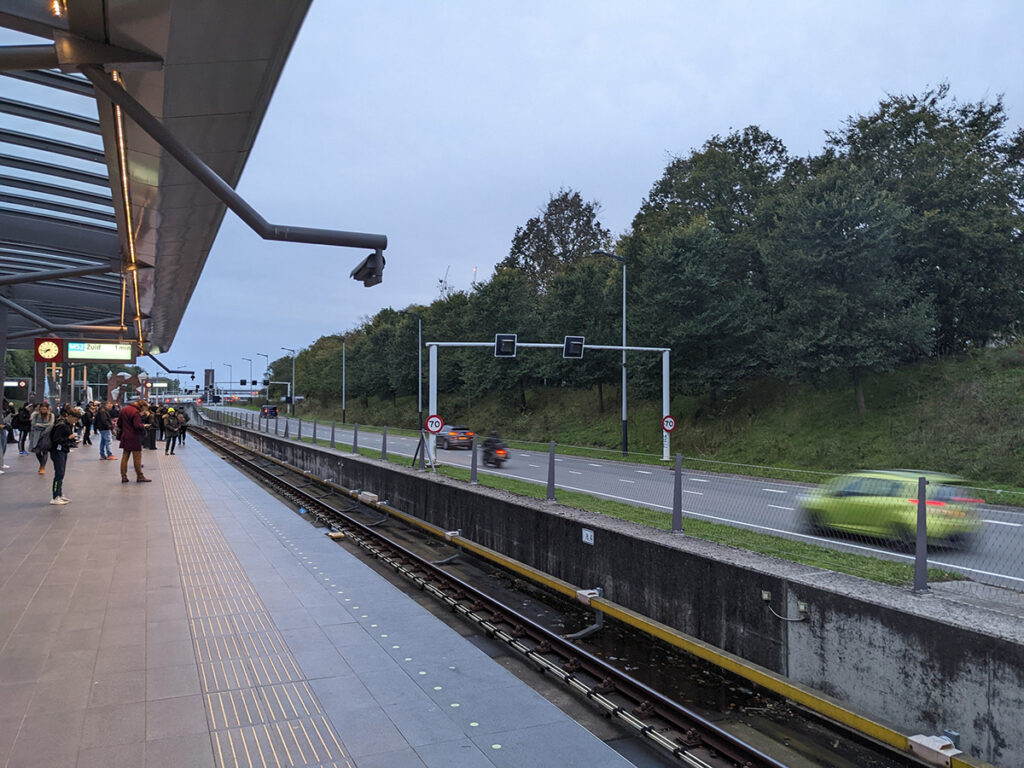

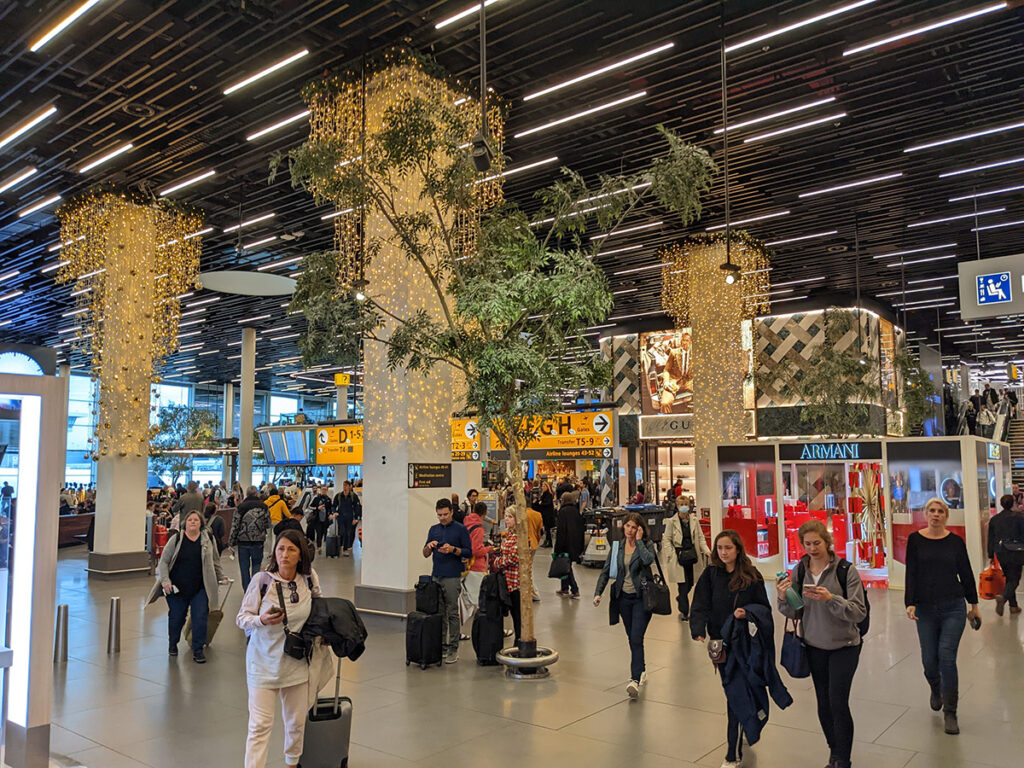

It’s Not Over!
Congratulations on making it to the end of this enormous post, but there’s still one more to go. Though this was technically the end of the trip, the prior two afternoons included visits to the tourist-haven of Zaanse Schans and Muiderslot Castle. Stay tuned for the final entry.
